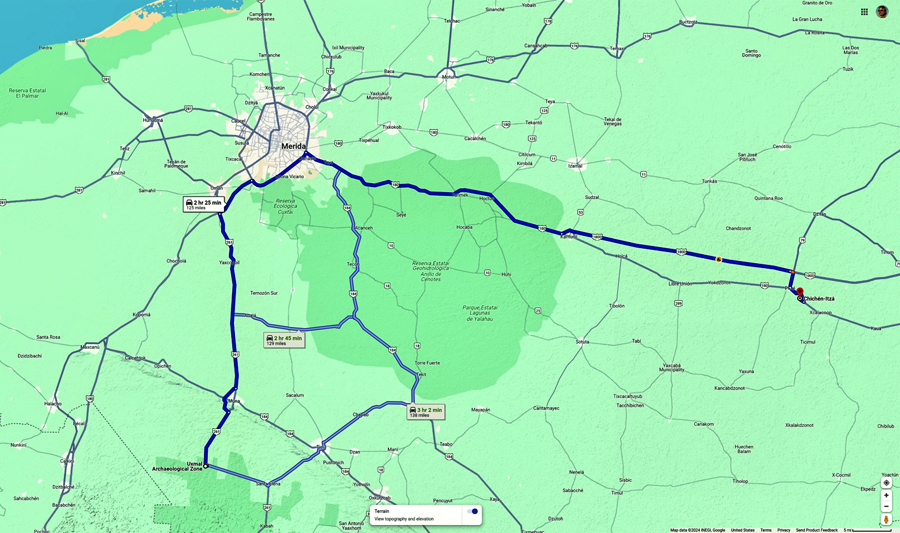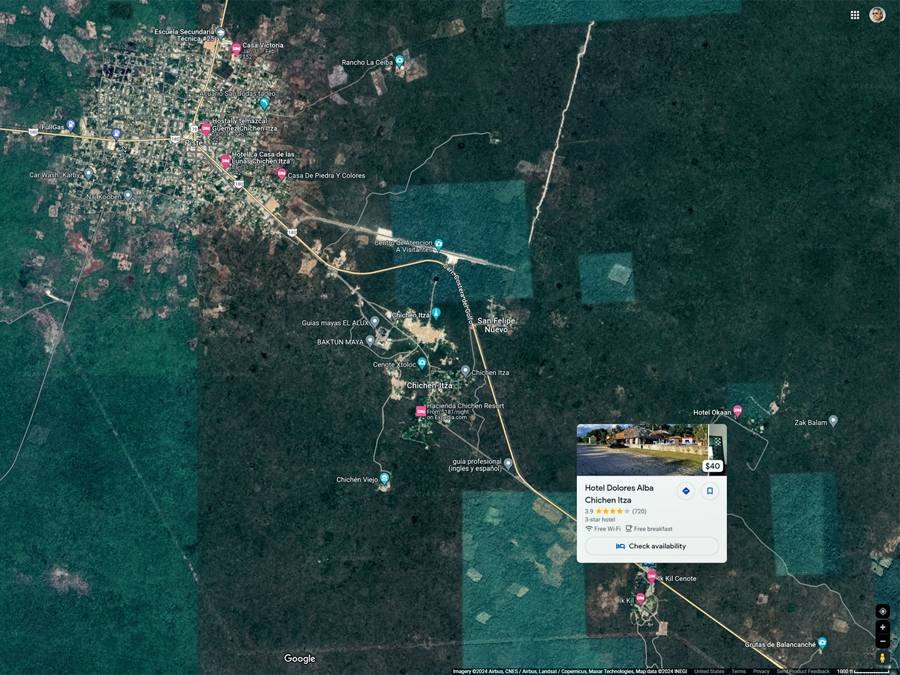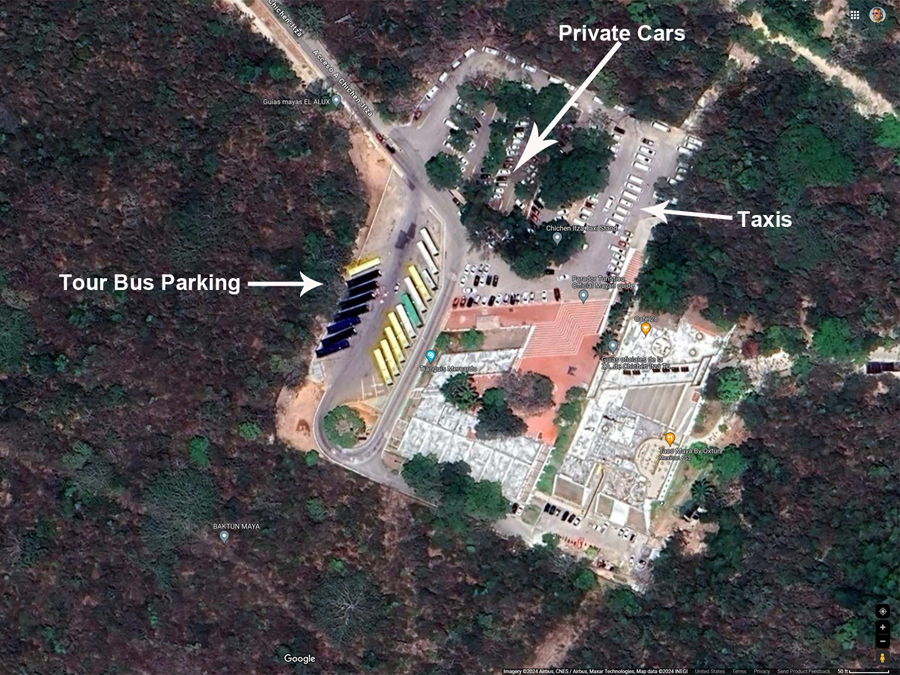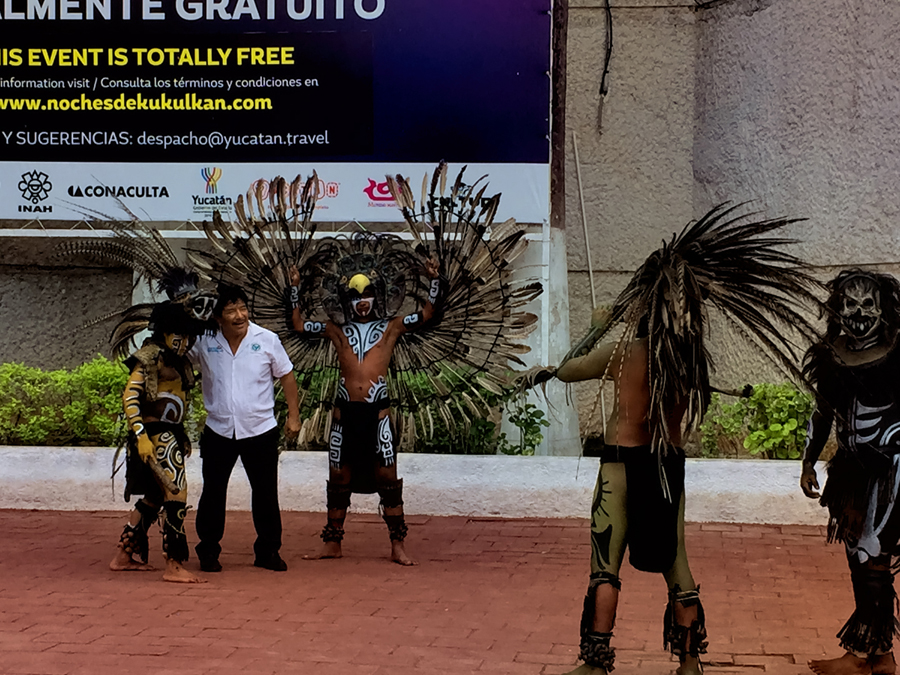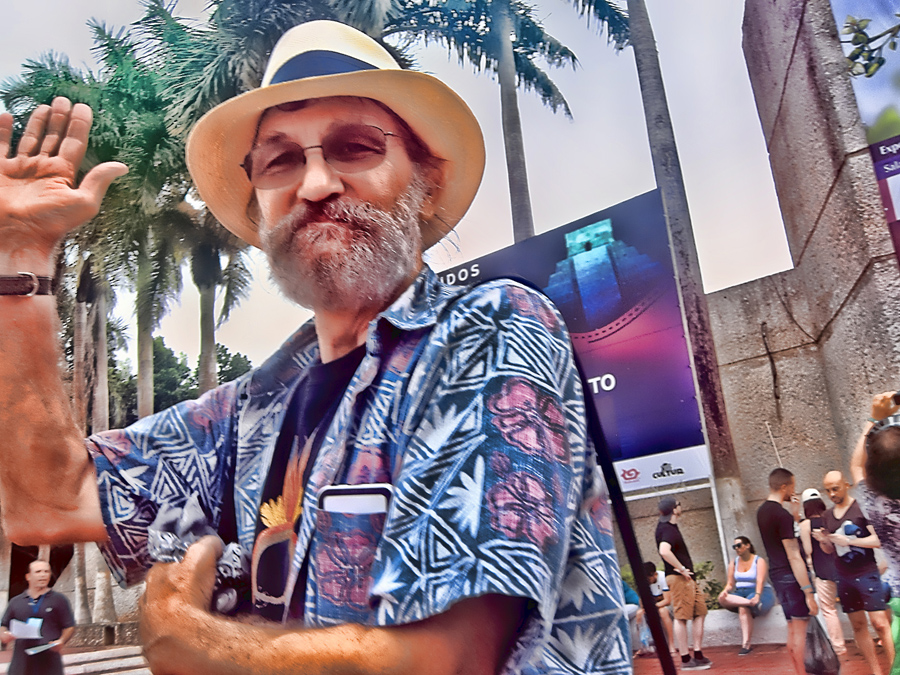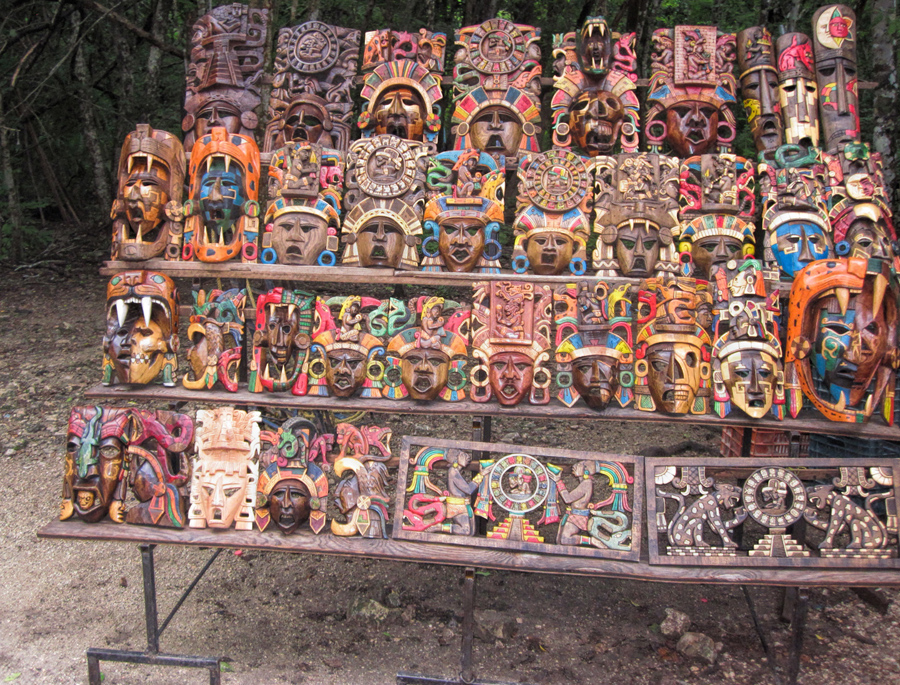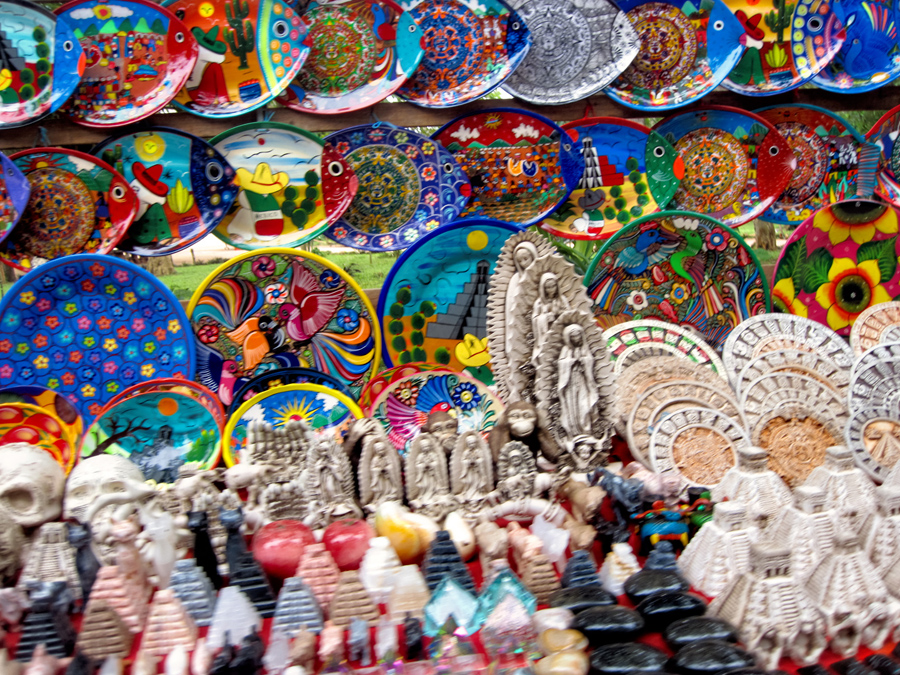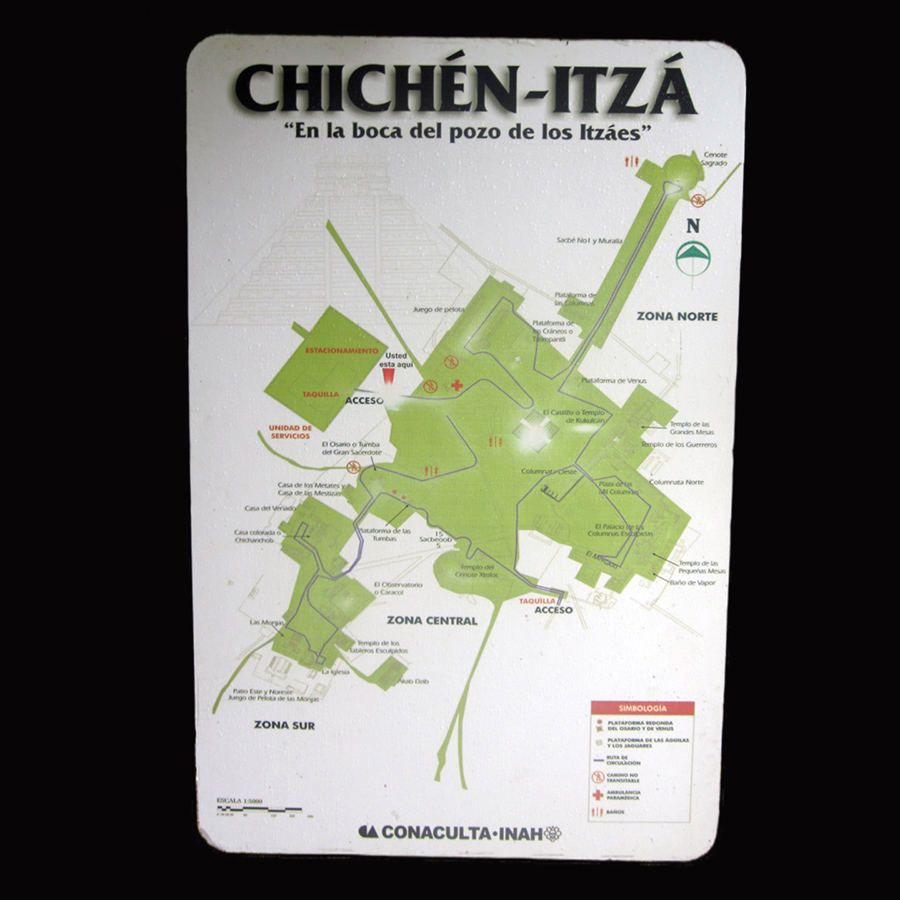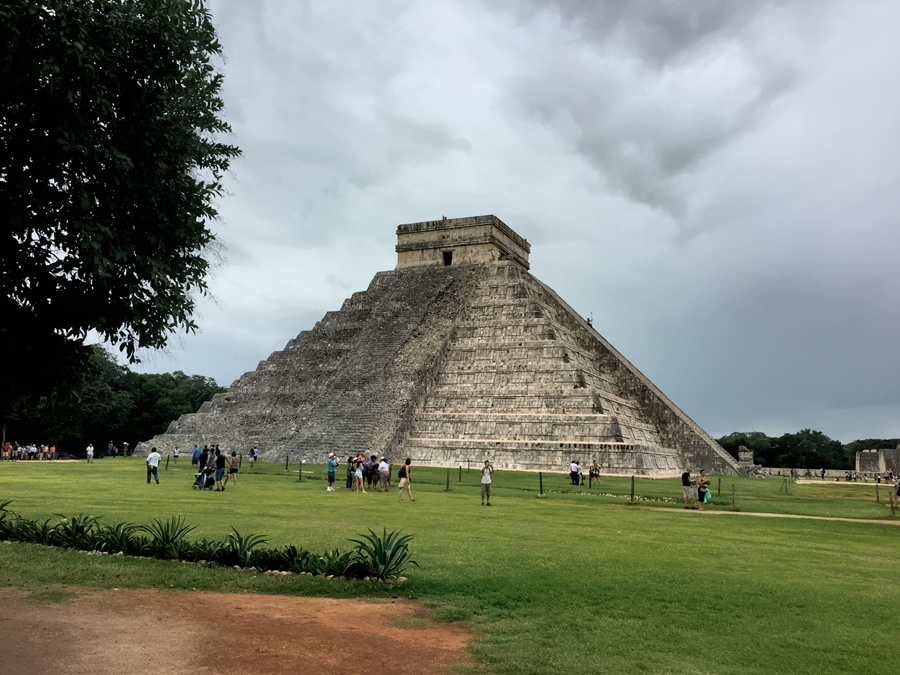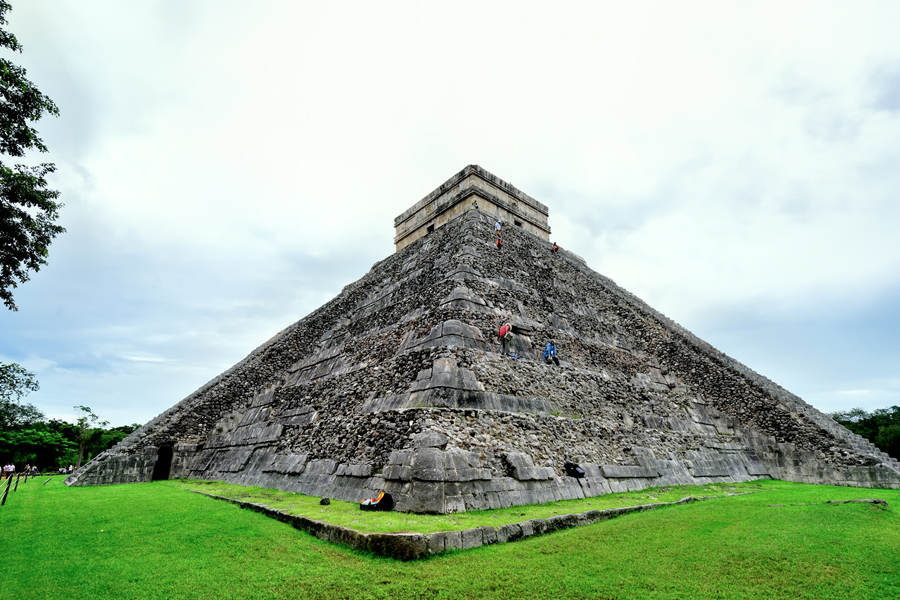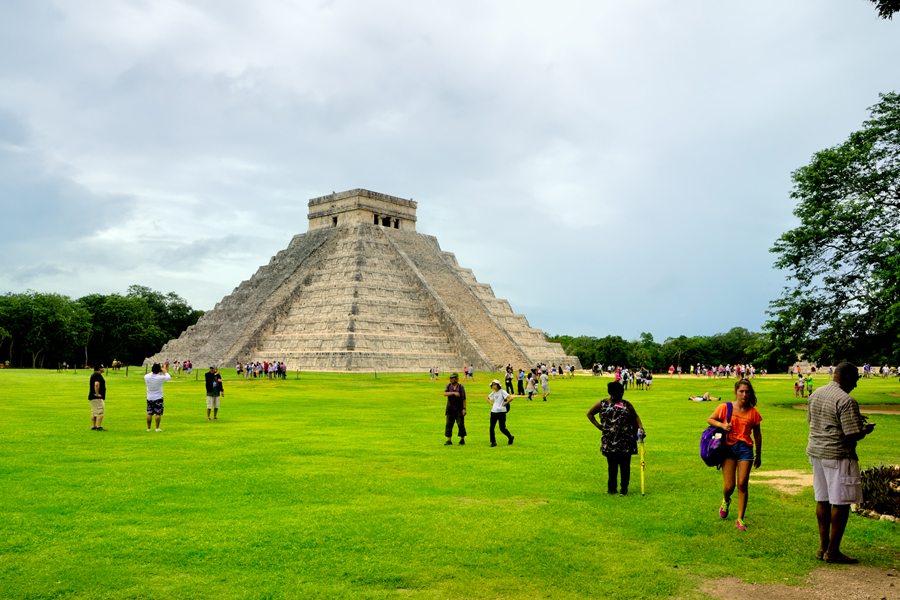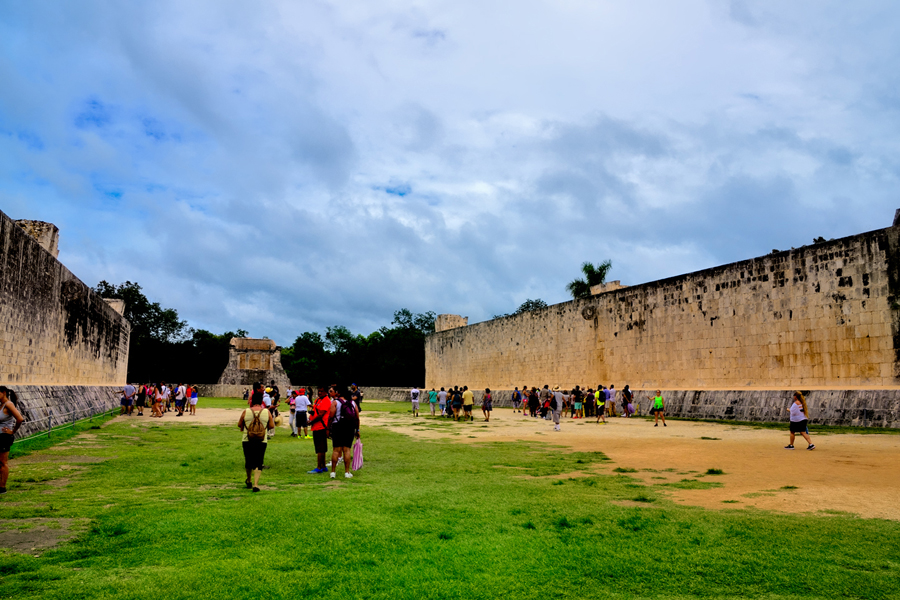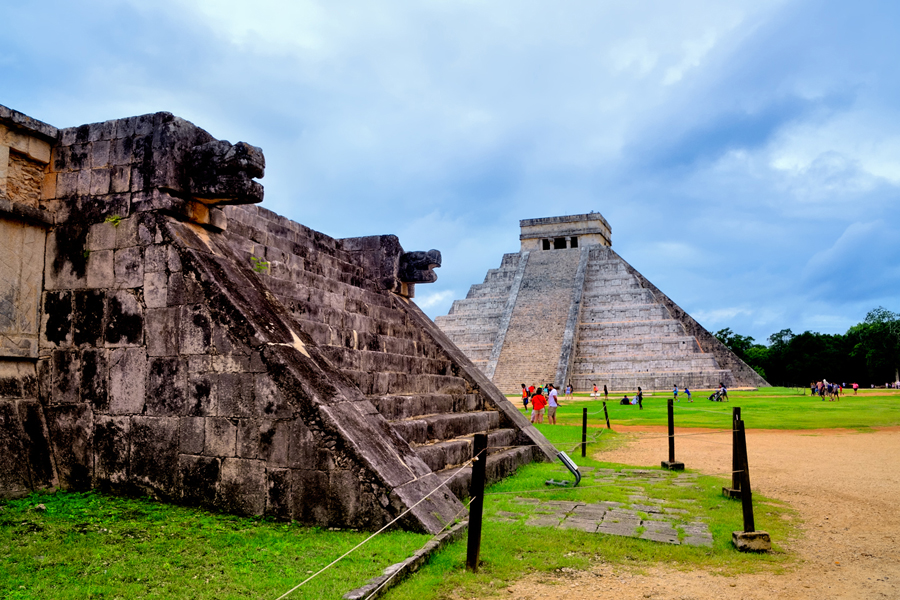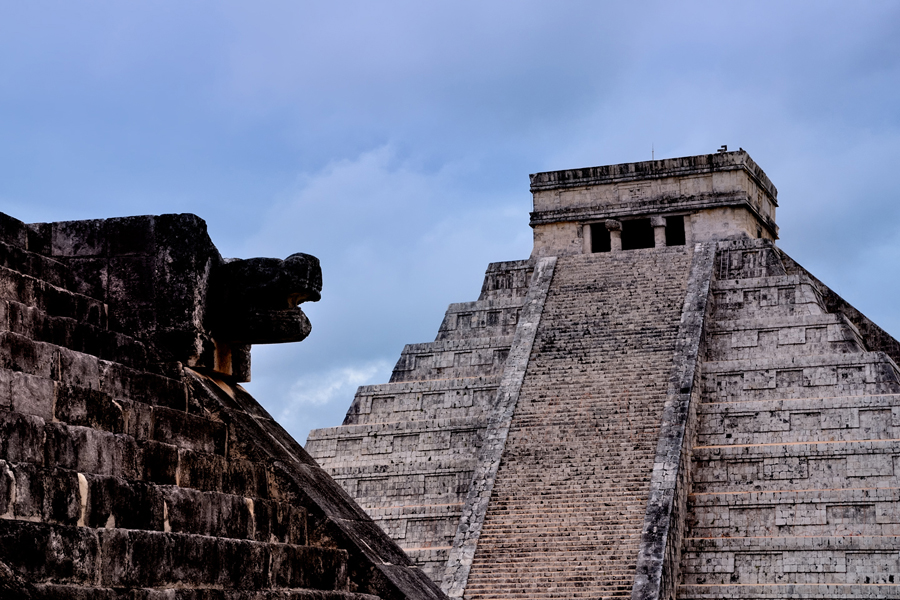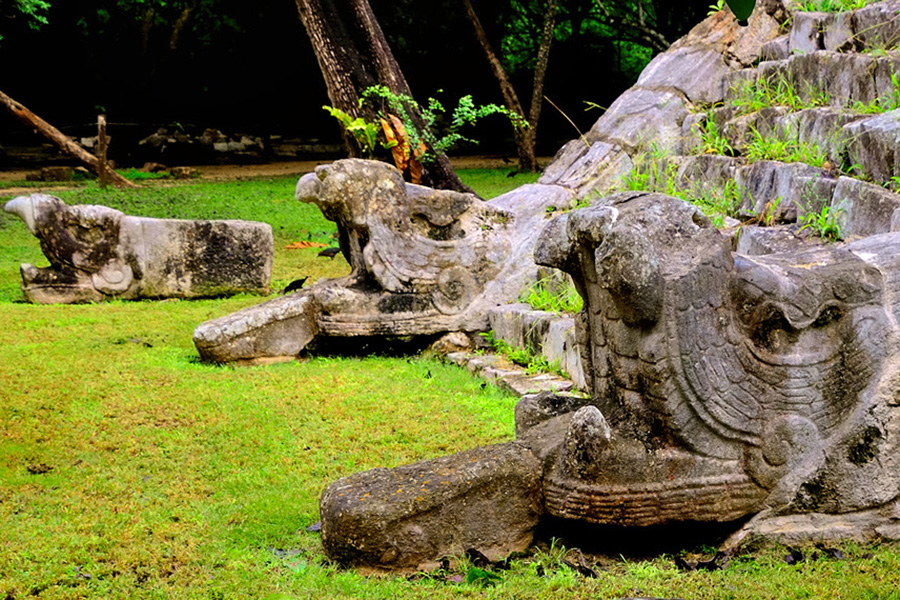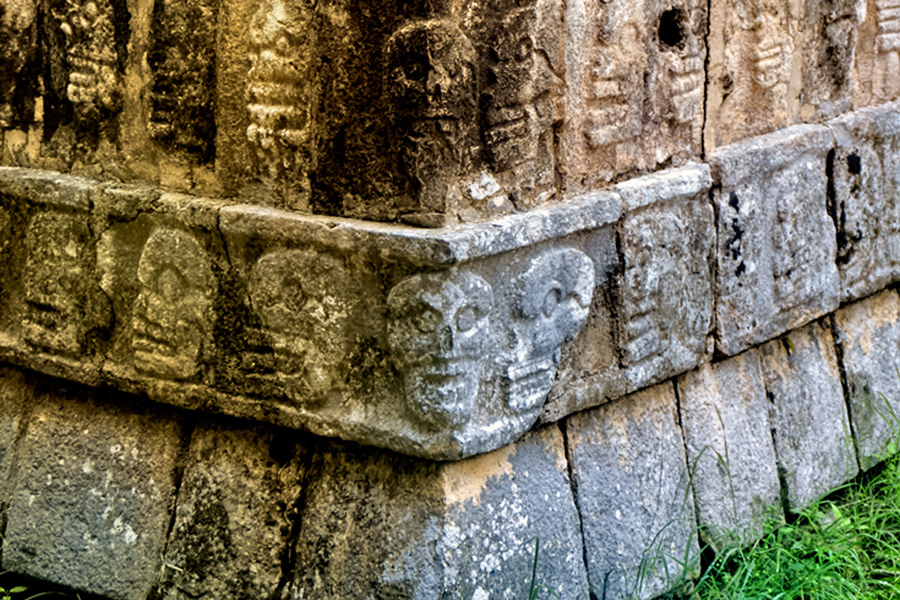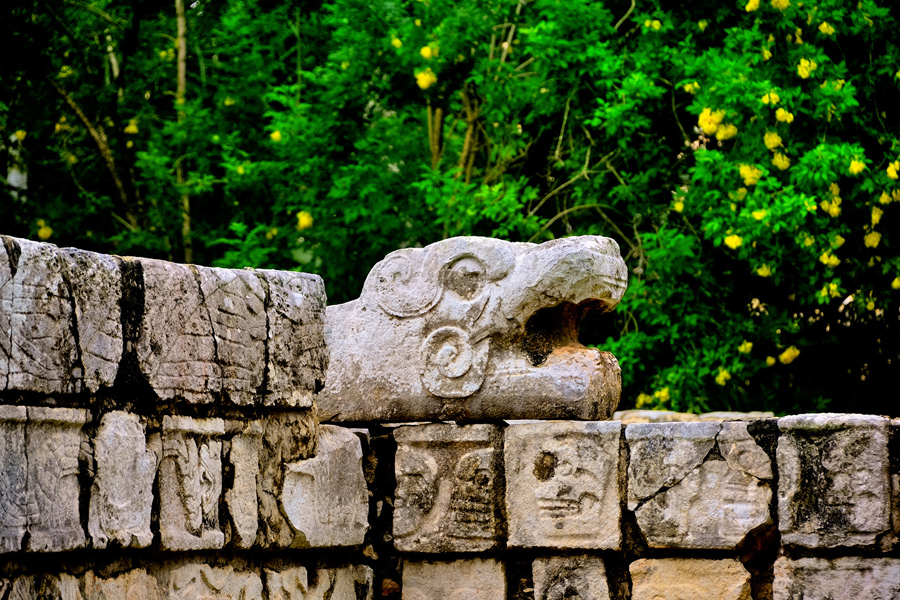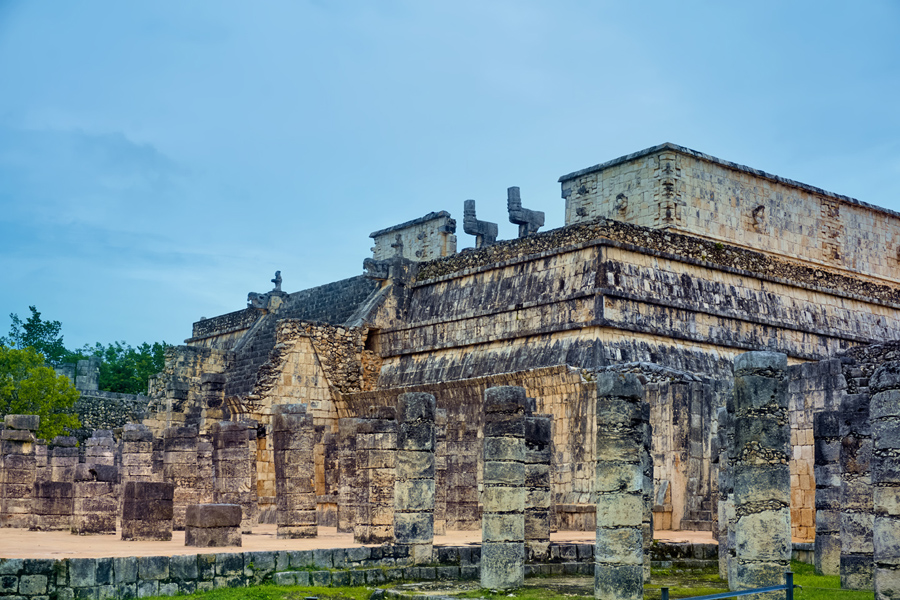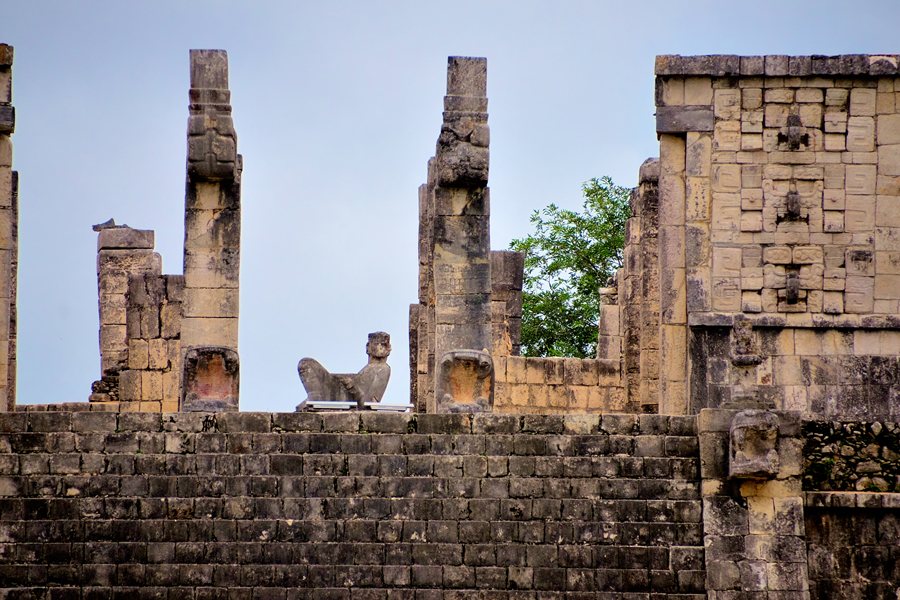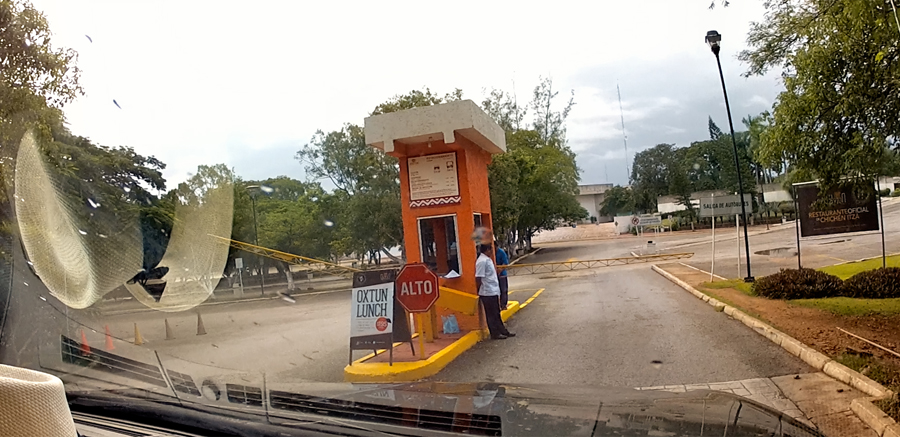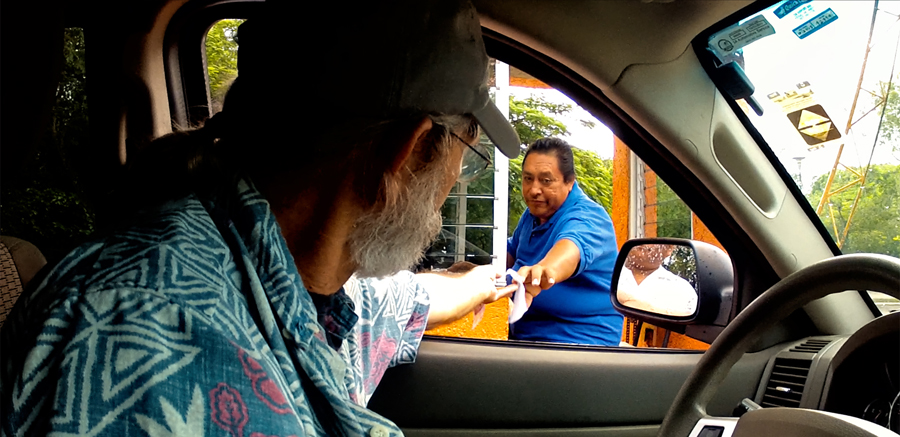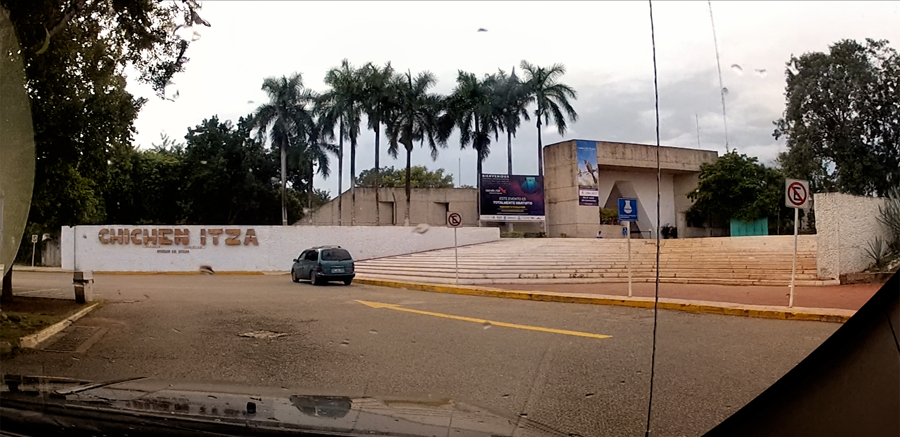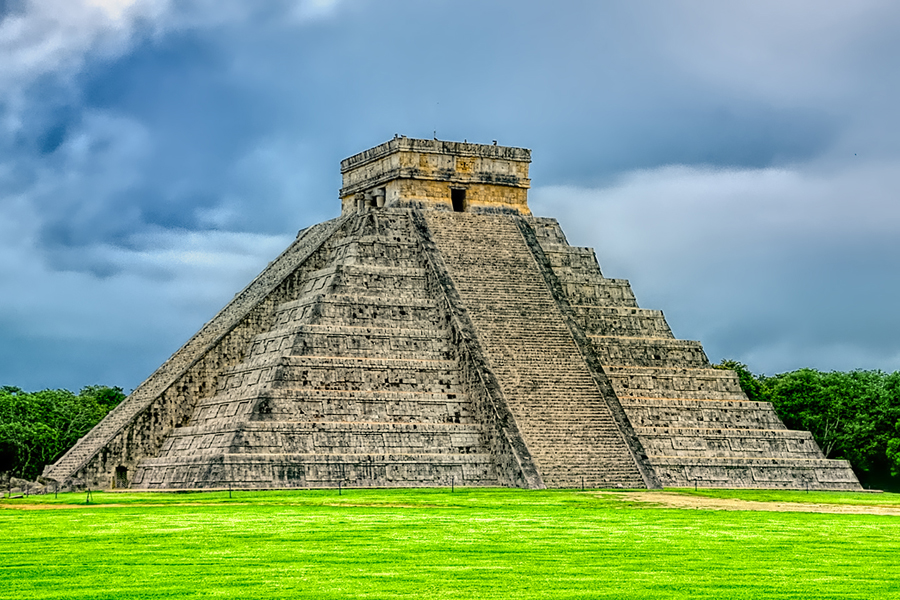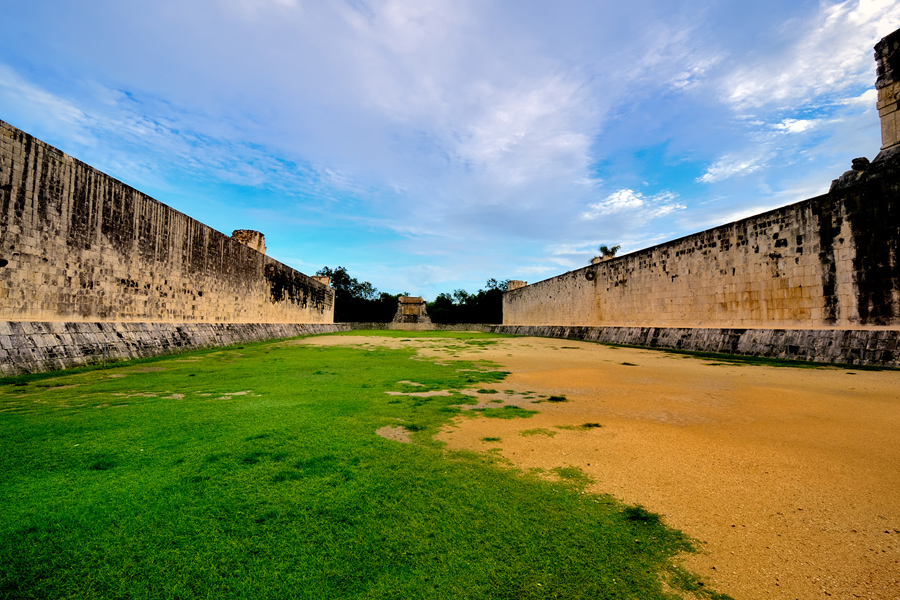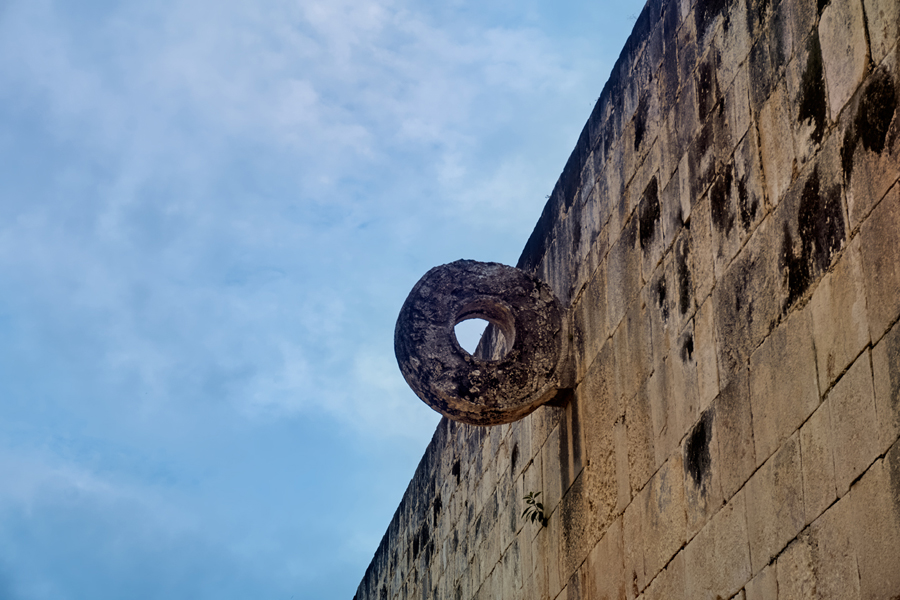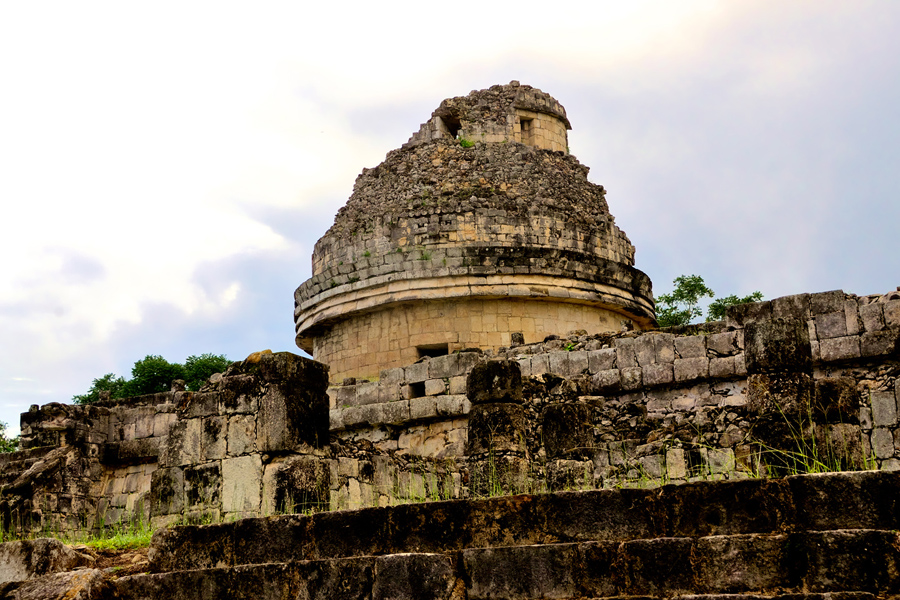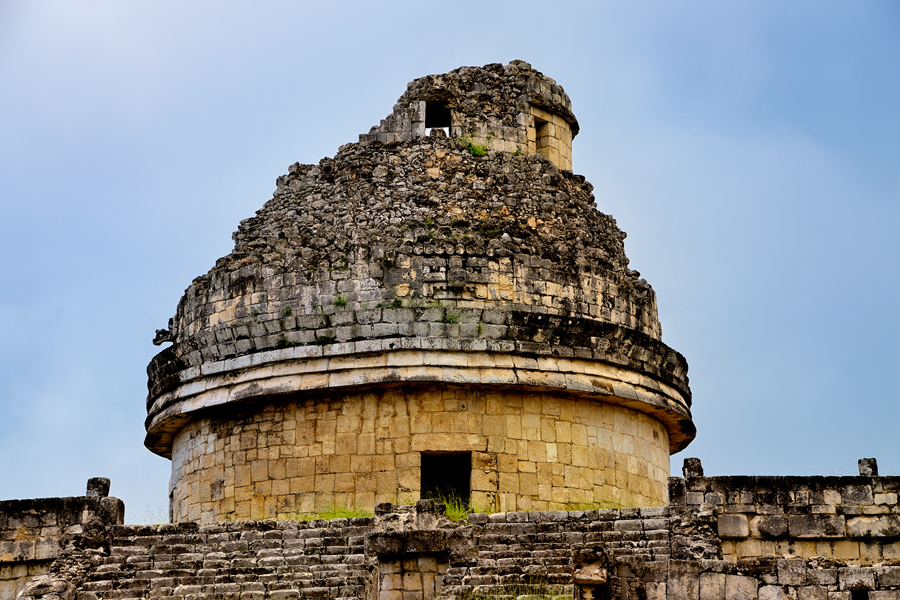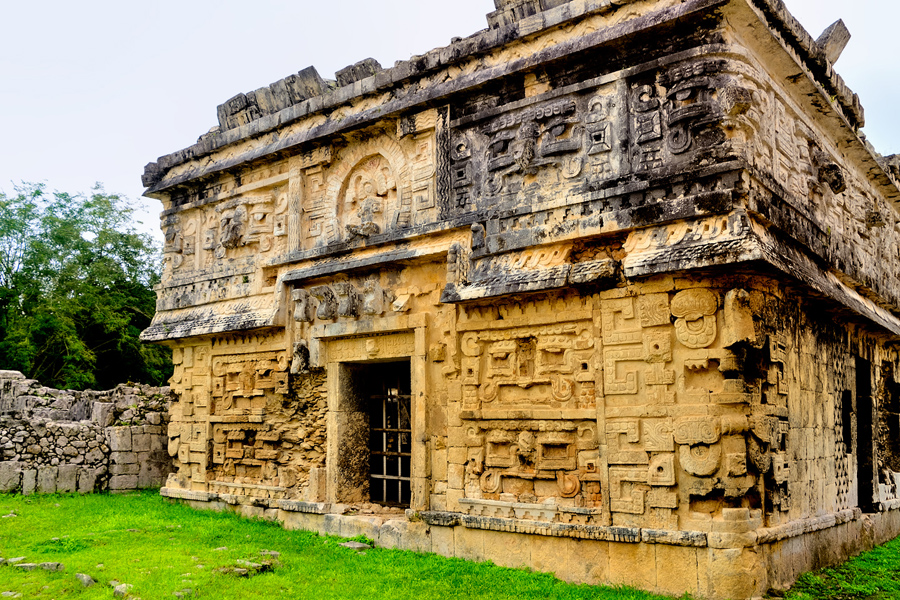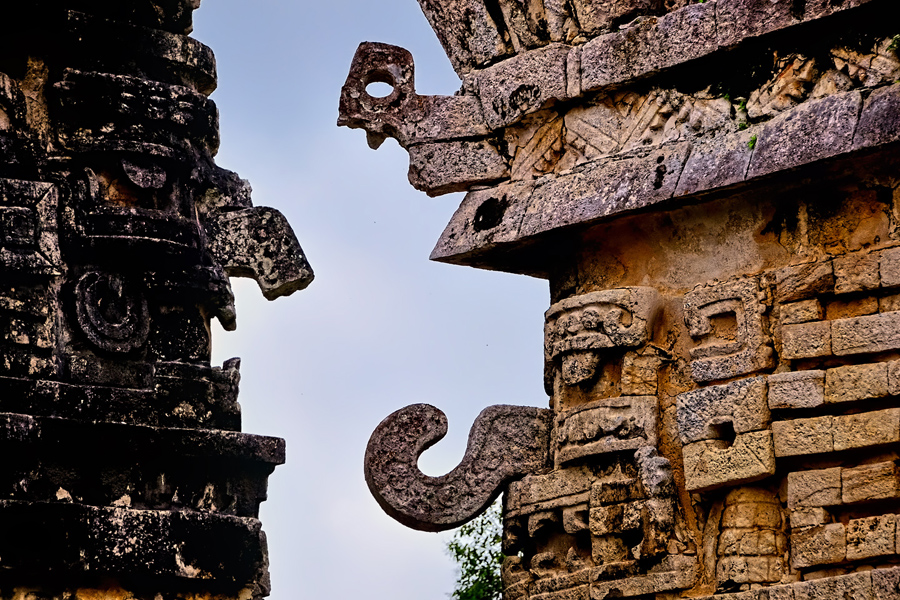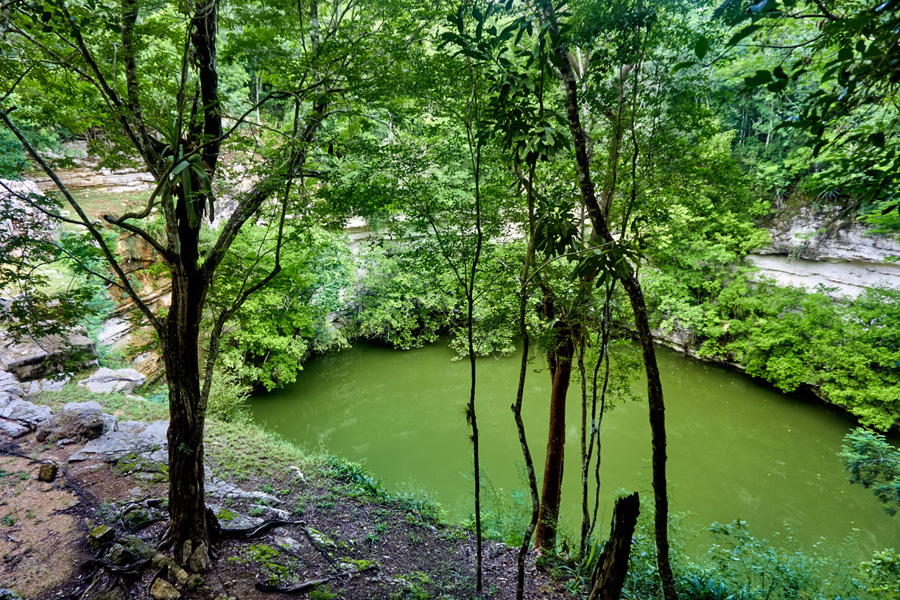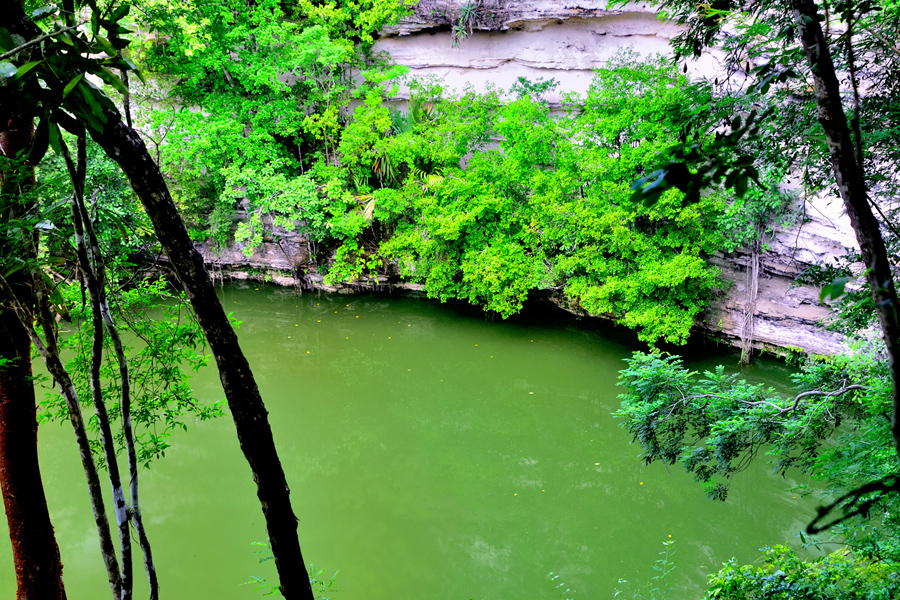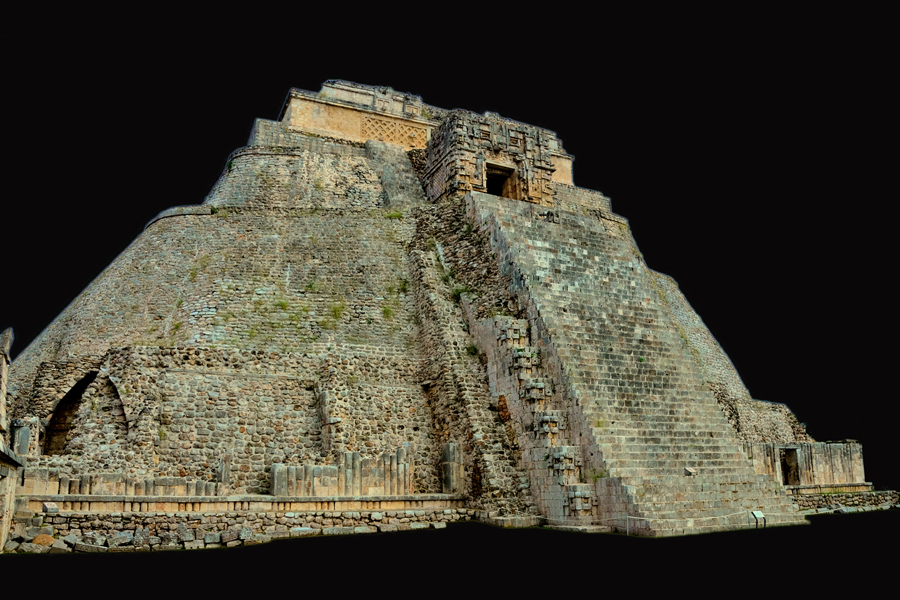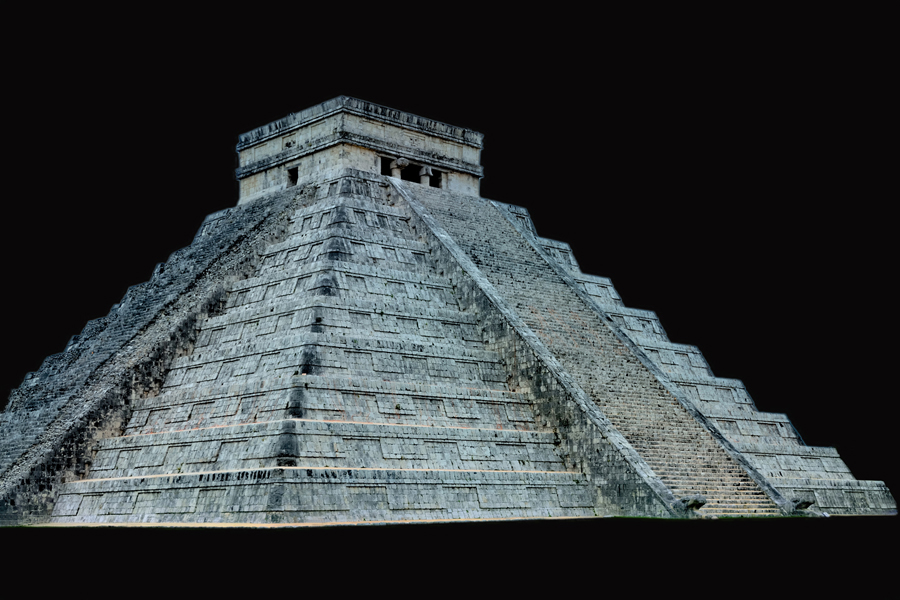DAY 9:
Uxmal vs Chichén Itzá? There wasn’t really a competition between these two Mayan cities, it was more of a question that I’d been asking myself. I’d seen plenty of photographs of both, so I knew more or less what to expect, but I also knew that photographs never really capture the true nature of such places. The two Archaeological Parks, both UNESCO World Heritage Sites, are located relatively close together, so we planned to visit them back-to-back, and I was quite curious to compare them, and to decide for myself, which was the most impressive.
Uxmal is said to be the most wonderfully preserved and restored of all the Mayan cities, with some of the finest surviving examples of post-classic Mayan architecture. Chichén Itzá, on the other hand, has that perfect pyramid, the one called the Castillo, which was designated one of the new Wonders of the World, alongside Machu Picchu, the Great Wall of China, and the Taj Mahal. Chichén Itzá is by far the most popular Mayan site, receiving as many as two million visitors in an average year, while Uxmal peaks at around 300,000. The difference has nothing to do with the quality of the ruins, and everything to do with the relative distance to Cancun. Starting from the beaches of Margaritaville, Chichén Itzá is just three hours away on an air conditioned tour bus, six hours there and back. Add in some time at the ruins, it’s a perfect day trip, and you’re back at your hotel in time for Happy Hour. Uxmal, on the other hand, is four hours away, so you’re on a bus for eight hours, altogether, and you don’t even get a Wonder of the World. It should come as no surprise that most of the sun loving vacationers opt to skip it.
We were starting from Merida, so none of that applied to us. From Merida, Uxmal was actually the closer of the two, only an hour away to the south, so our plan was to drive down early, and try to get to the Park by 8:00 AM, when they first opened for the day, a tactic that worked quite well for us in Palenque.
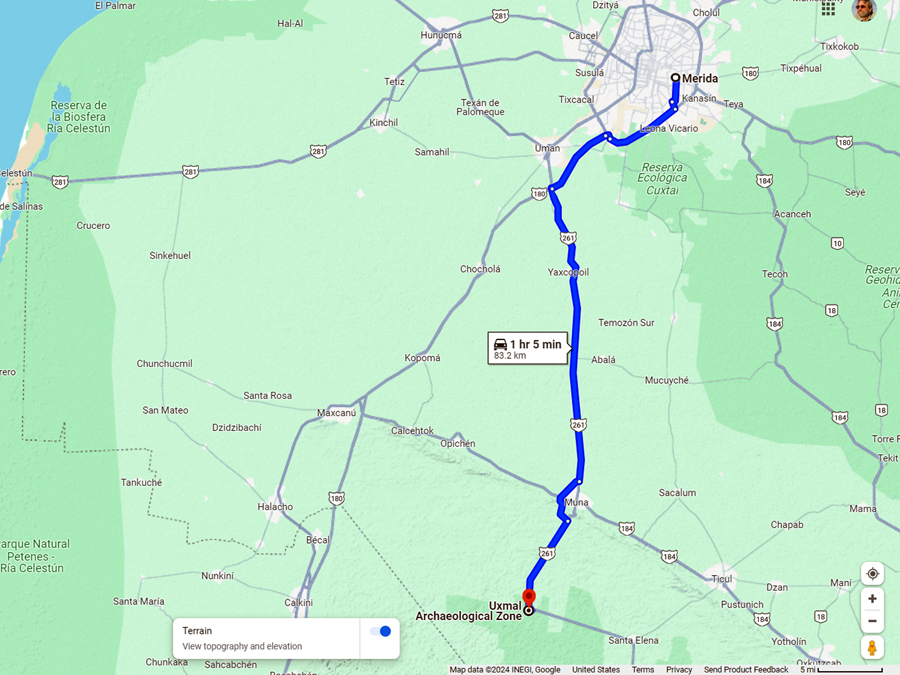
Route from Merida to Uxmal
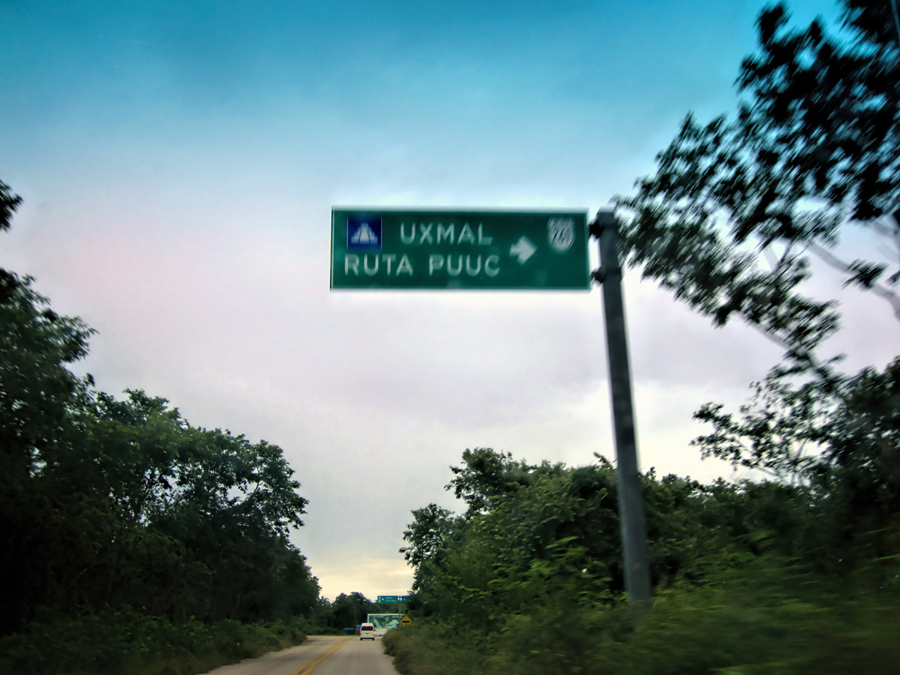
We used Expedia.mx to find lodging in Merida, and we were so pleased with the result that we decided to try it again with Uxmal. There was no town or village near the ruins, but there were several hotels, including a relatively new one called the Uxmal Resort Maya. The rooms were quite reasonable, less than $50 per night for a double back in 2015. (This year-2024-the same room can be had for $62 per night. Still quite reasonable!)
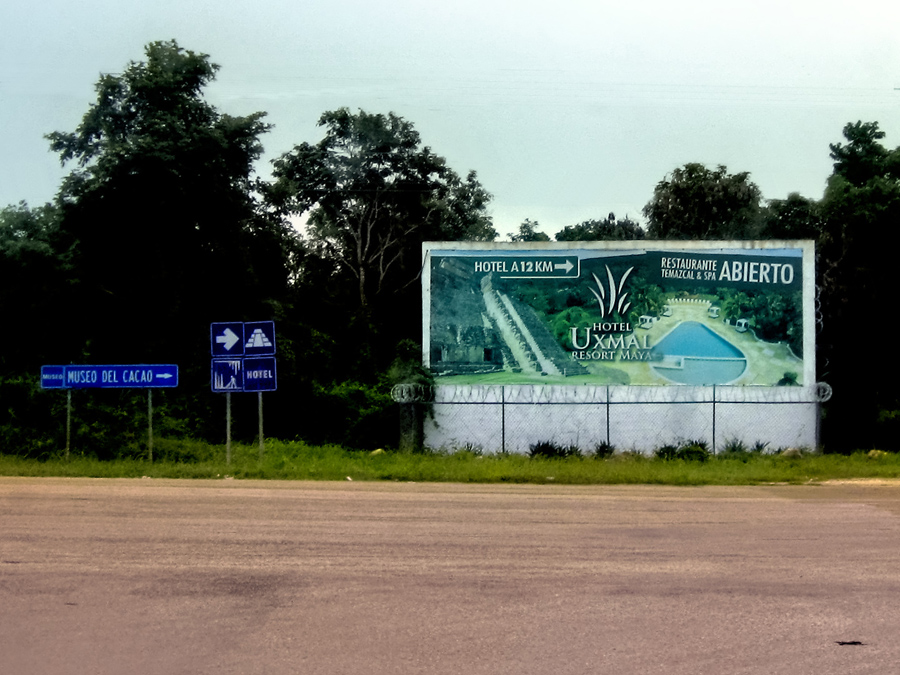
Uxmal Resort Maya, a great hotel just minutes from the ruins
The drive down from Merida was a straight shot on MX 261, a State highway, complete with potholes, livestock in the road, and topes (killer speed bumps), but it still took less than an hour, and that put us ahead of schedule. The hotel was right along the way, and since we had time, we stopped to look it over. The place was even nicer than we expected, but there were surprisingly few guests, almost as if the hotel was so new, it hadn’t been discovered yet. October is the off season in the Yucatan. Everywhere we’d been was what you might call “lightly-touristed,” but this was extreme (and very much to our advantage).
[img]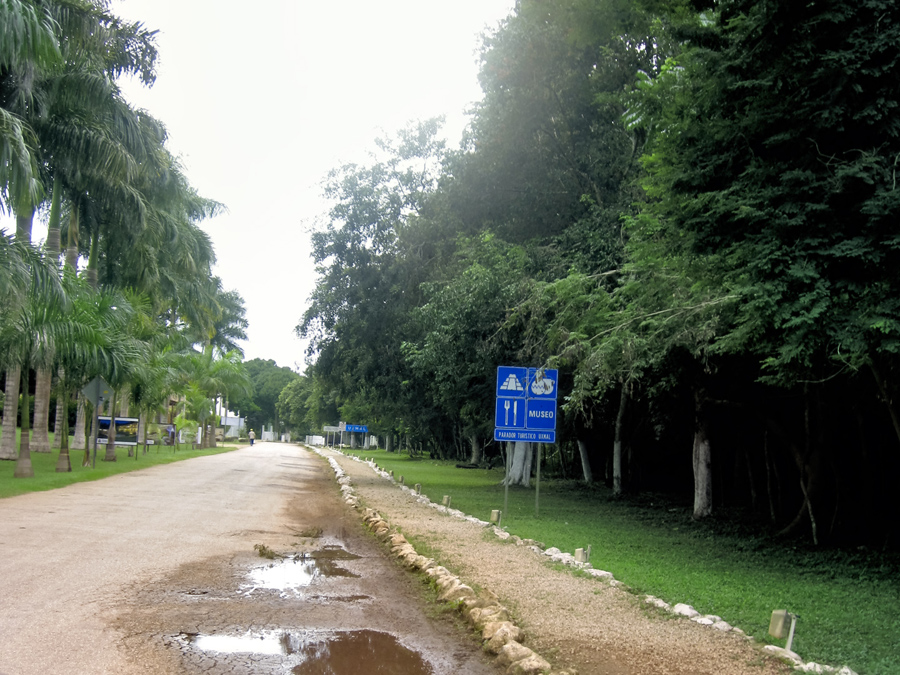 [/img]
[/img]
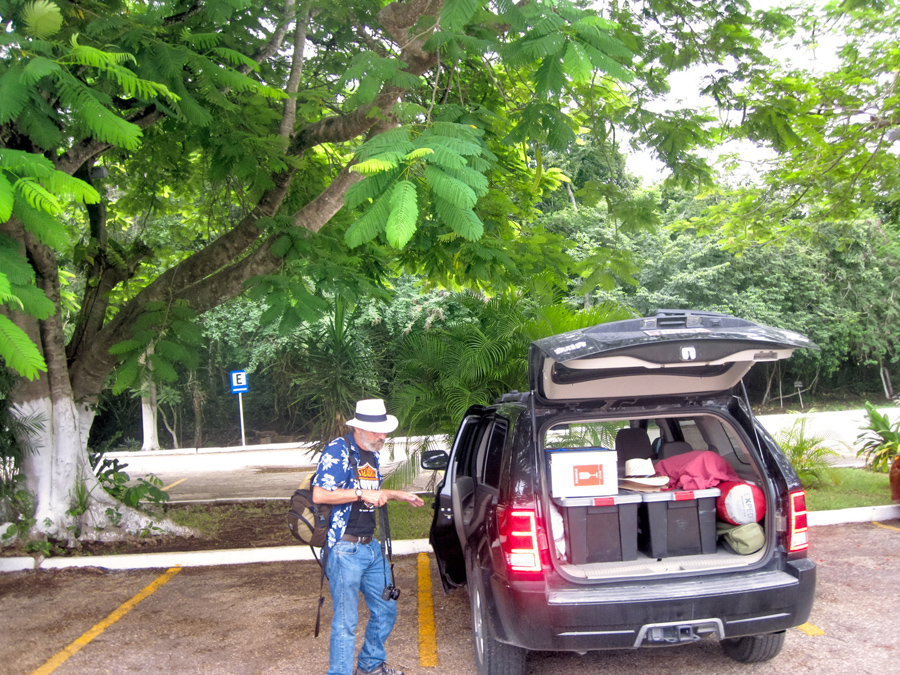
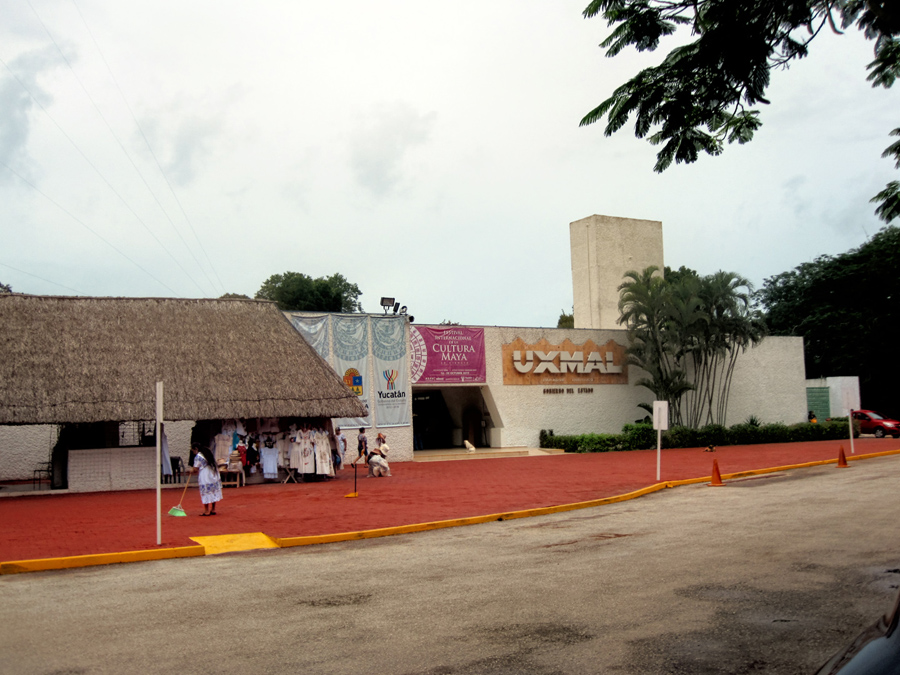
The drive back to the parking area at Uxmal. Through the doors of an unassuming building lie wonders that will blow your mind!
The Archeological Park was just minutes from the hotel, and we got there just as they opened the gates to the parking lot. Unlike our experience at Palenque, there were no hustlers lurking about, demanding payment for “keeping an eye” on my Jeep while we explored the ruins.
From the parking lot, the building where they sell the tickets looks a bit like the entrance to a shopping mall, or a multiplex, but the moment you step through the door, you’ll discover that it’s actually a time machine. That entryway is a portal to the world of the ancient Maya, a thousand years into the past.
In its heyday, Uxmal was home to as many as 25,000 people, spread across a territory of several square miles. Today, there are building foundations, ruined temples, and other minor archaeological remains scattered about in every direction, much of it unexcavated, centered around a relatively small sector of the ancient city, the administrative and ceremonial complex at the heart of it.
Back in 2015, we paid a buck and a half to park in the lot, along with our entrance fee of about $16 per person–twice what we paid at Palenque. (New taxes imposed by the State of Yucatan have raised that fee to a bit more than $30 per person in 2024.)
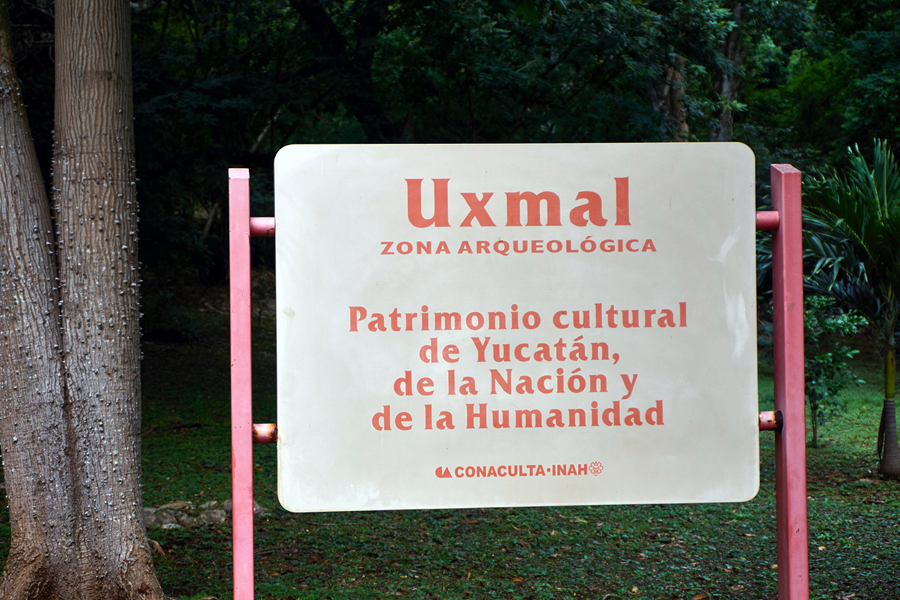
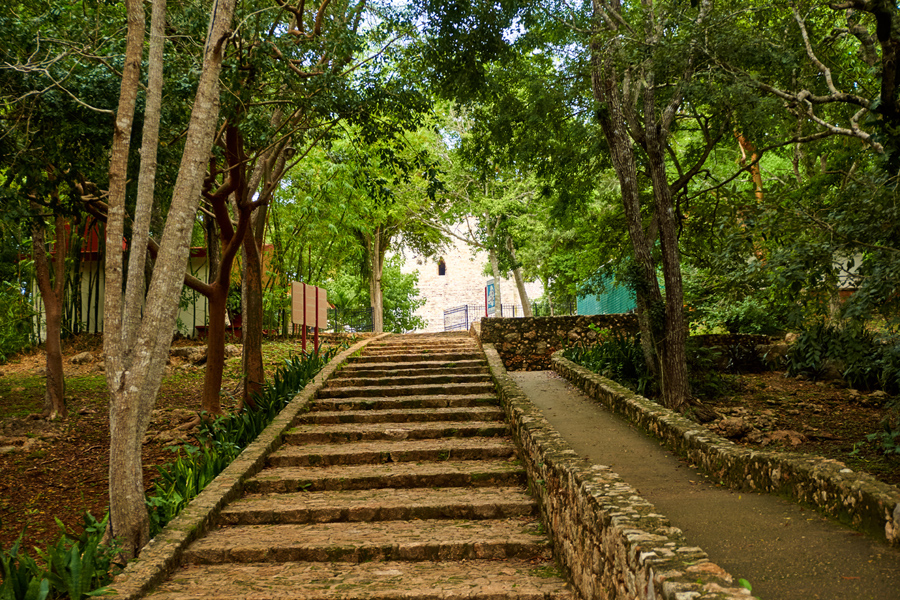
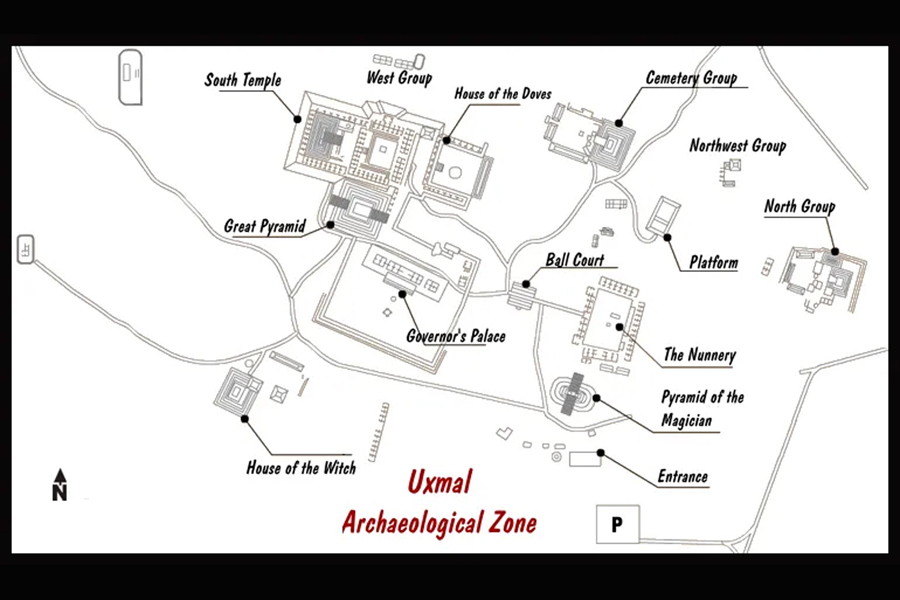
Walkway to the ruins, and a map of the archaeological zone
A tree-lined path with wide, shallow steps leads up a slight rise from the entrance, and the first thing you see after you walk out into the open is a pyramid, and not just any pyramid: rising 115 feet from an eliptical base, this thing is a monster, and what you’re looking at is the back side of it, which features a massive staircase climbing all the way up to the temple at the top.
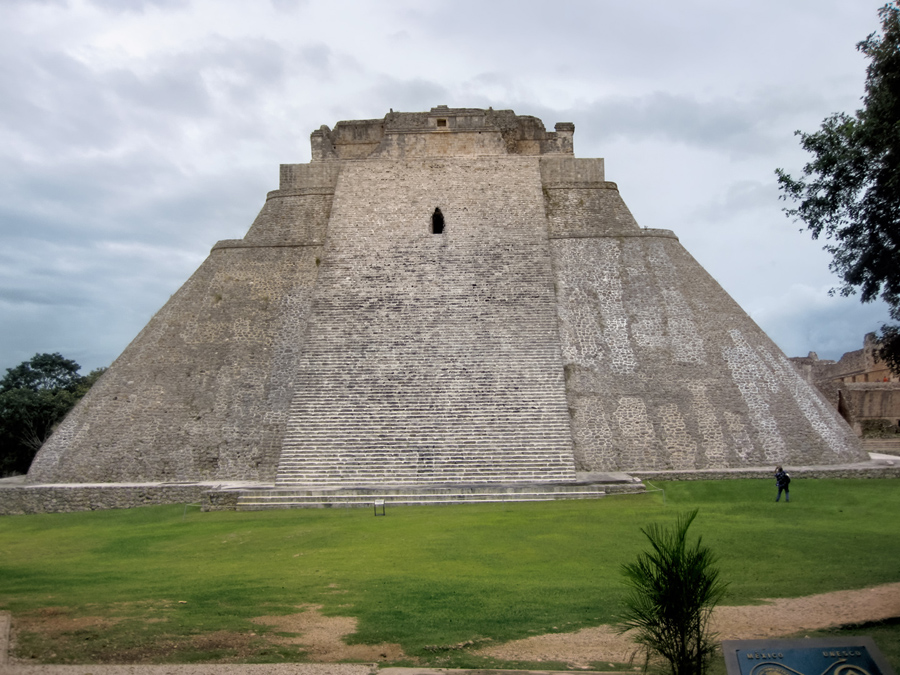
My first look at the Pyramid of the Magician. “Dwarfed” by the massive structure, I paused to take a quick photograph.
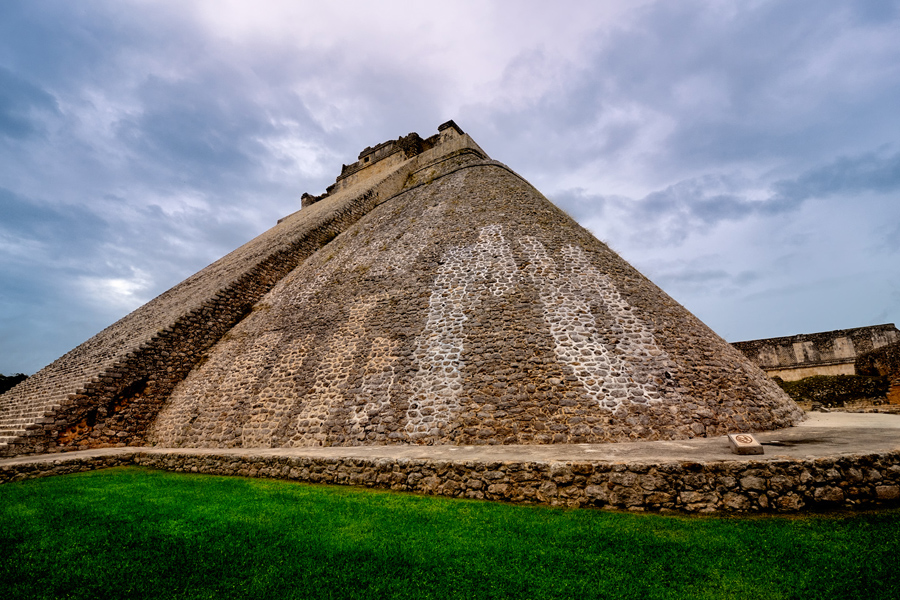
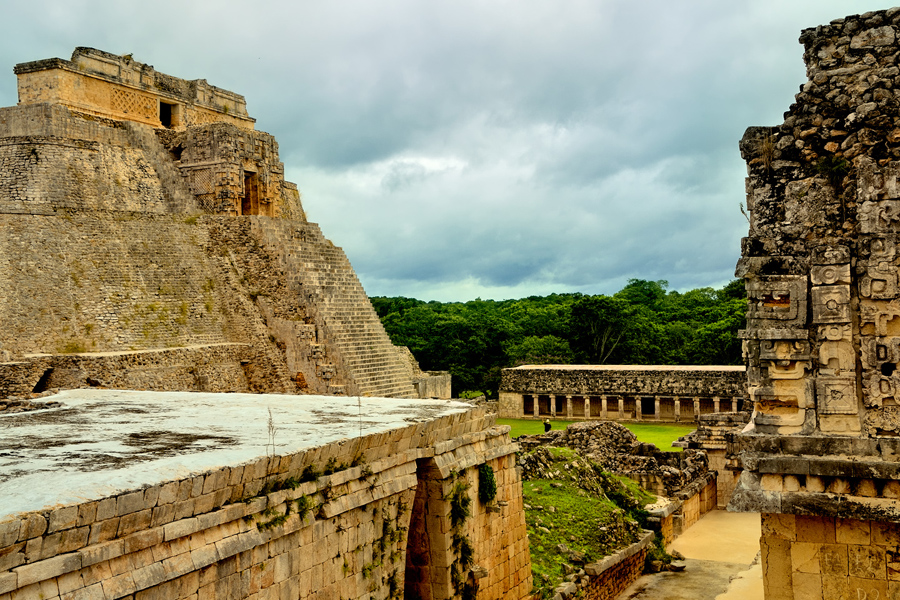
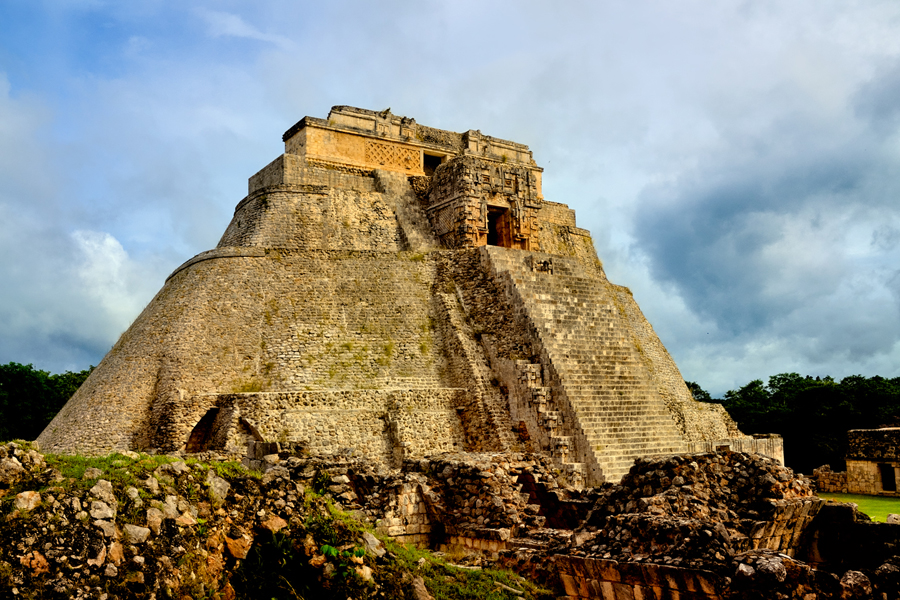
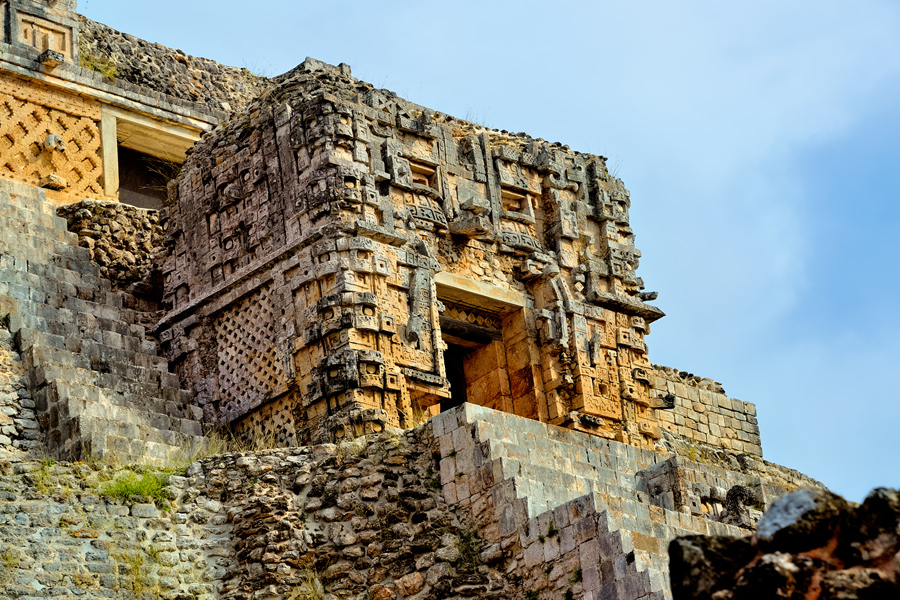
Several views of the Pyramid of the Magician, also known as the House of the Dwarf
Walking counterclockwise around the pyramid, you can see that it’s really five different temples built one atop the other. Legend has it that the structure was created in a single night by a magician, a dwarf with magical powers, but in reality, the building of it spanned several hundred years. I was in awe of that thing, deeply disturbed at the thought of all the lives used up during its construction, and all the blood spilled down those steps from the altars of human sacrifice at the top.
The area in front of the pyramid was a courtyard, a gathering place where the people once stood to watch the colorful, sometimes gruesome ceremonies taking place at the top of the structure. On the far side of the courtyard is a wall penetrated by an arch, and through the archway is another courtyard, this one known as the Nunnery Quadrangle. (The name was given by the Spaniards, who thought that the small rooms in the buildings resembled nun’s quarters in a convent.) The level of detail on the upper sections of these structures is extraordinary, a type of mosaic comprised of thousands of pieces of carved stone. This merger of art and architecture is known as the Puuc style, and Uxmal is where it developed, and reached its ultimate expression.
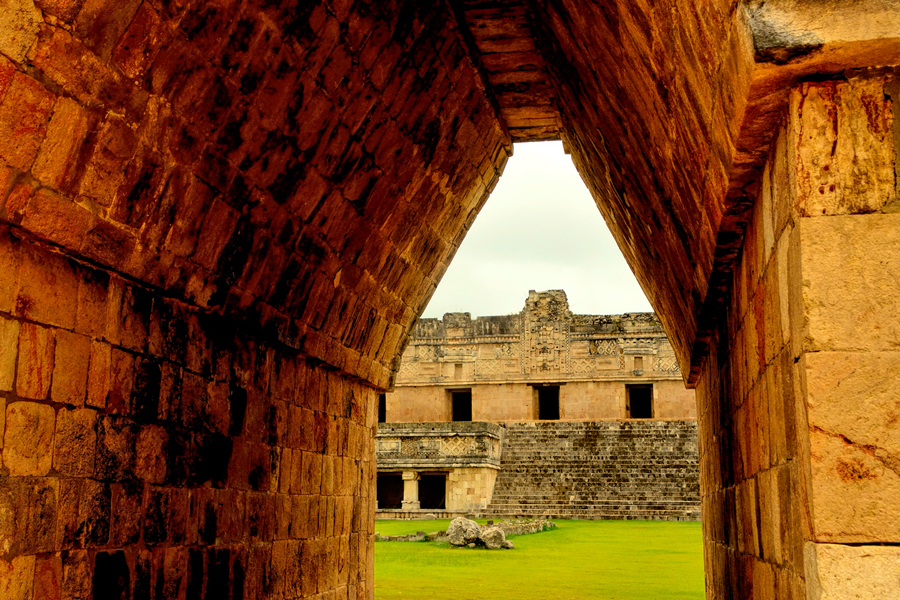
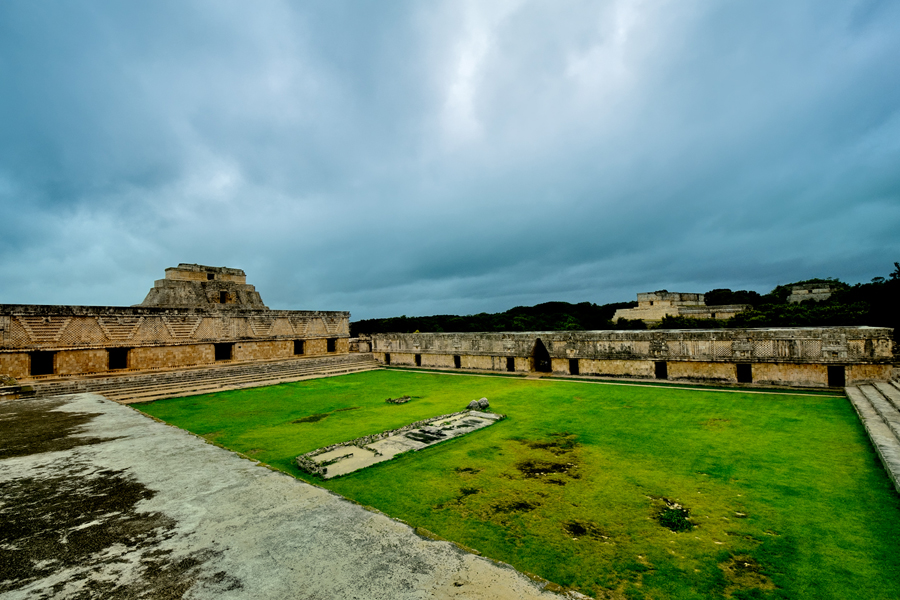
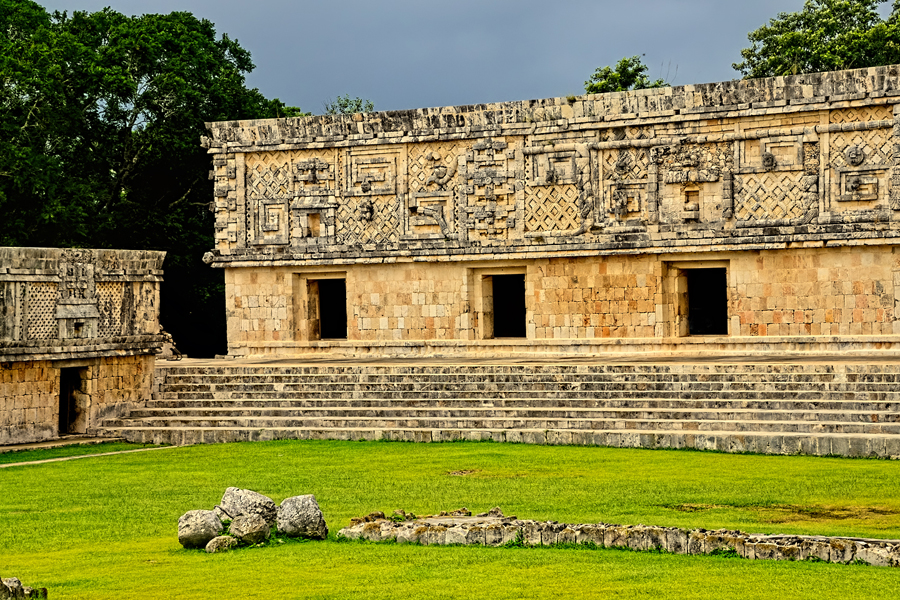
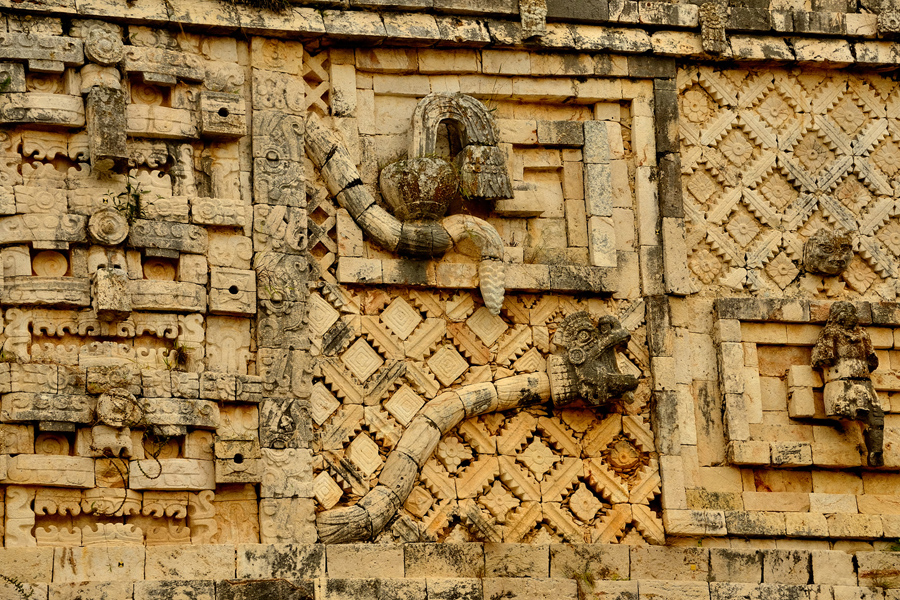
From the Nunnery, we made a beeline to the second most famous building at Uxmal: The Palace of the Governor (another name supplied by the Spanish, that might or might not reflect the original purpose of the structure). The Palace is actually three buildings joined together to form one massive edifice, 320 feet long, 40 feet wide, and 26 feet high. The mosaic frieze surrounding the upper section is 300 meters long, and was assembled from twenty thousand individually carved elements, some of which are as much as a yard long, weighing hundreds of pounds. Considering the complexity of the design, and the perfection of its execution, there are many experts who consider the Palace of the Governor to be one of the greatest architectural achievements of all time.
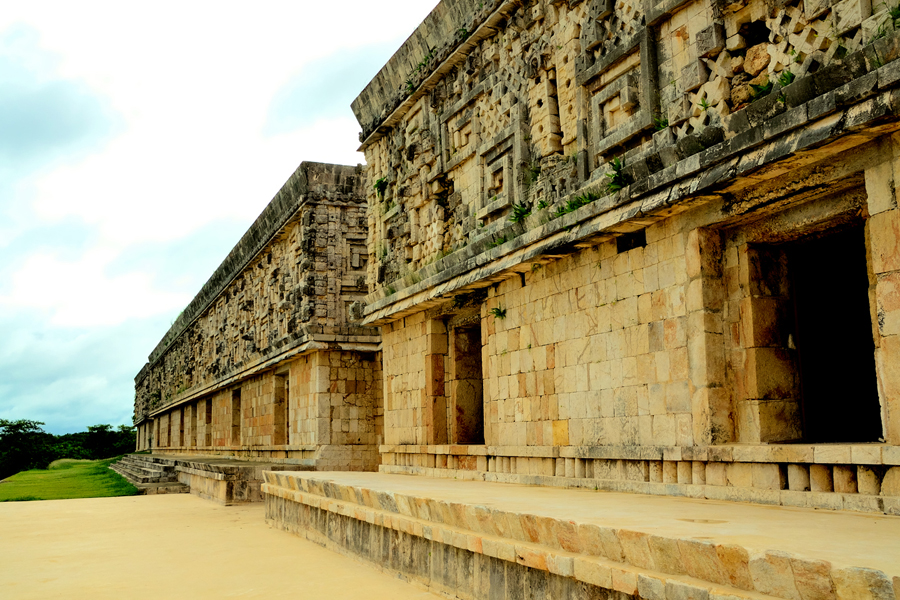
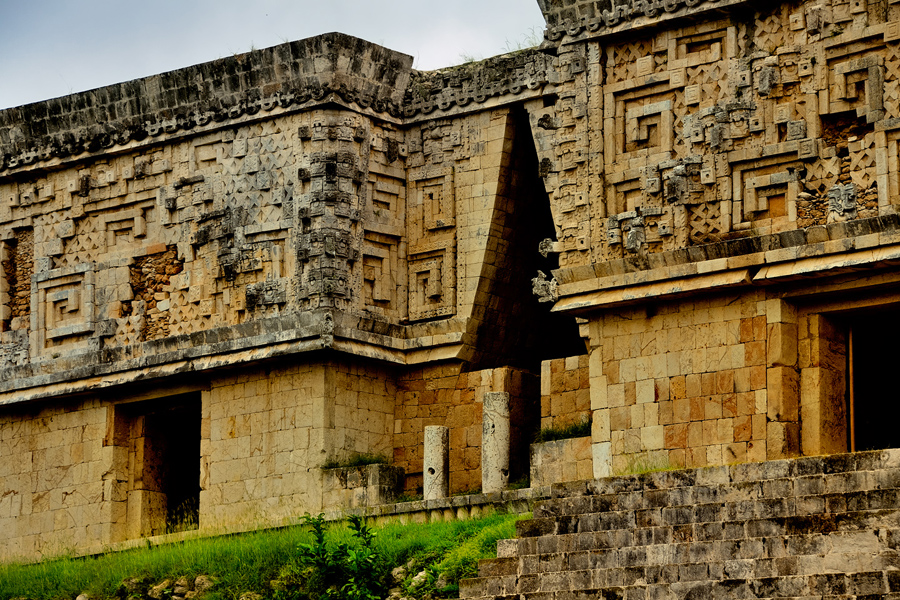
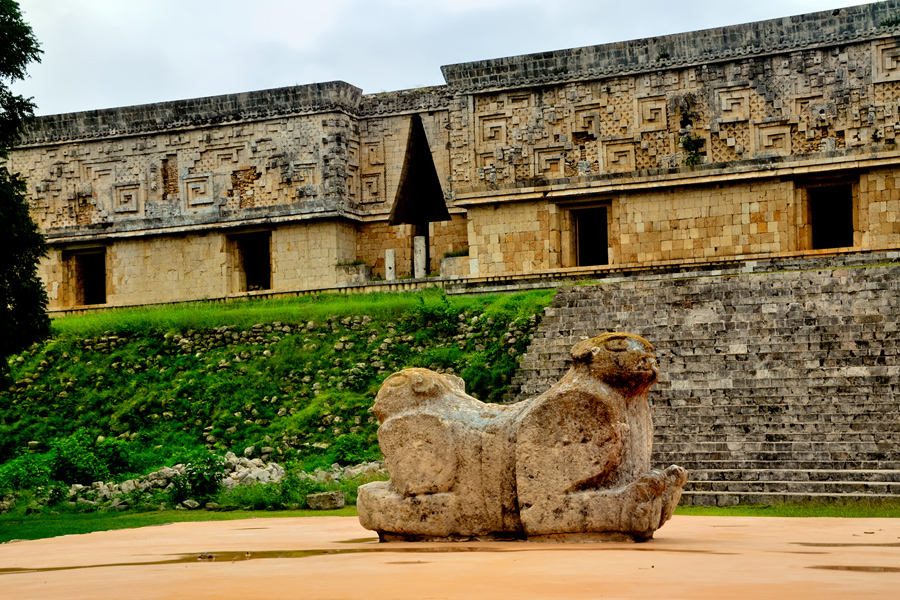
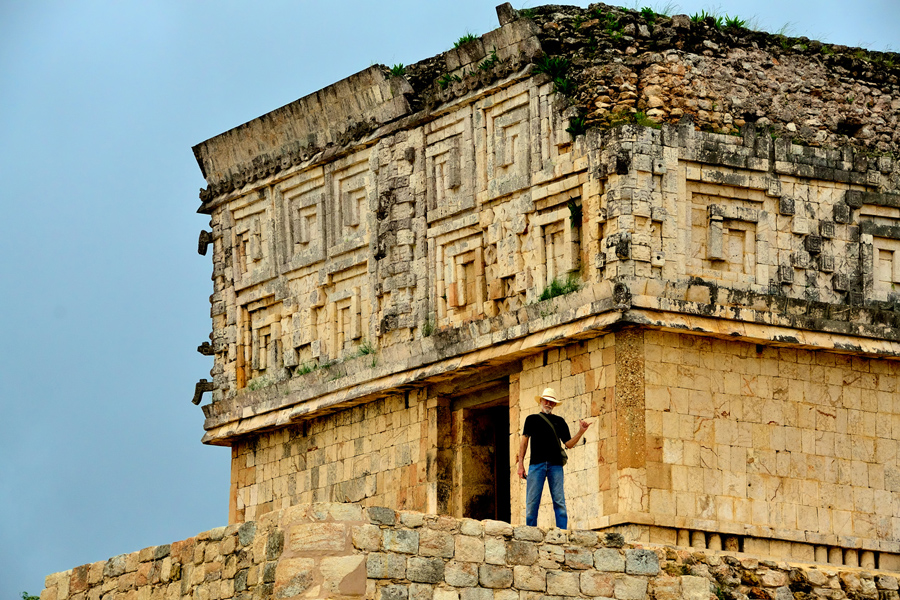
We spent the entire day exploring the ruins at Uxmal, and in that entire time, we saw no more than a few dozen other visitors. The “uncrowded” conditions at our hotel obviously carried over to the Archaeological Park, and I, for one, was loving it! Not that I have anything against my fellow tourists. It’s just that crowds have a way of spoiling the ambience at a place like Uxmal, and the fact that we had the place practically all to ourselves made the experience that much more enjoyable. I don’t know if this would be considered typical for mid-October; I think it’s more likely that we just got really lucky!
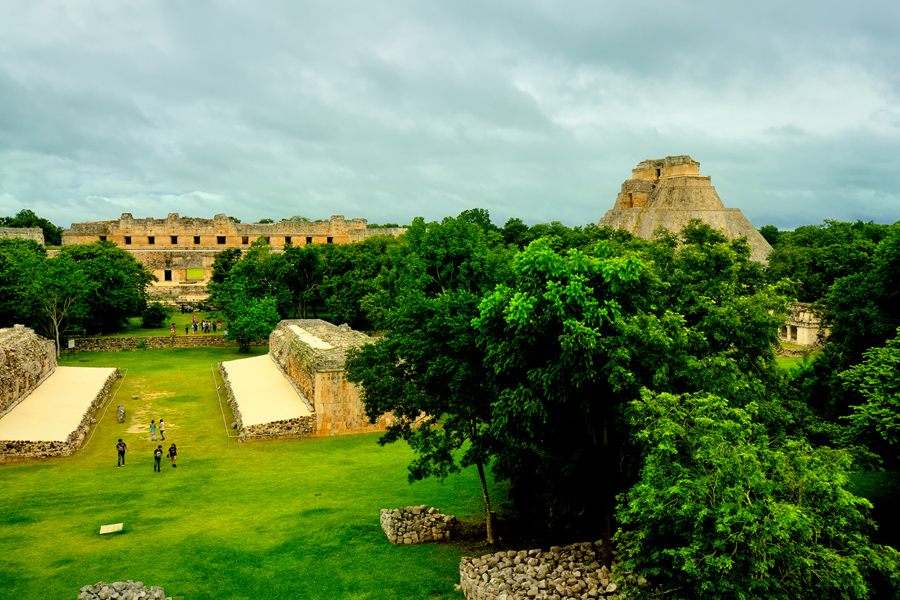
View of the Ball Court from the top of the Grand Pyramid. On the day we were there, we saw no more than a few dozen other visitors.
The ruins are surrounded by thick tropical vegetation, and thanks to an especially wet rainy season, many of the trees were in bloom. Mayan cities are known to have been quite colorful, the buildings stuccoed and painted, many in bright shades of red. With a few rare exceptions, the pigment has long since flaked away, reduced to faint traces on the bare stone. I don’t know if the flowers are there at other times of year, but during my visit, they provided a beautiful contrast with the otherwise drab stone walls. The overall aspect of Uxmal is simply stunning, and the splashes of color from the flowering trees adds significantly to the beauty of it.
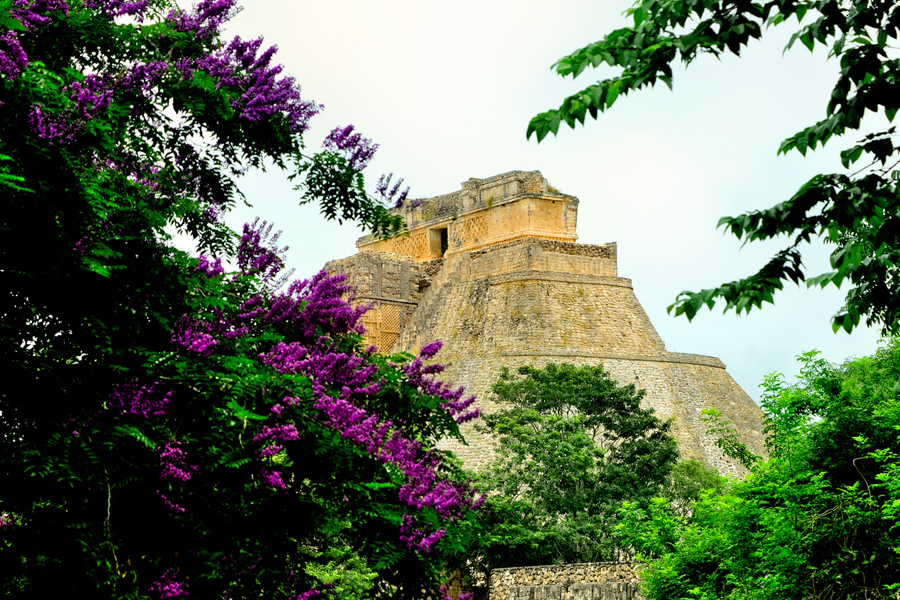
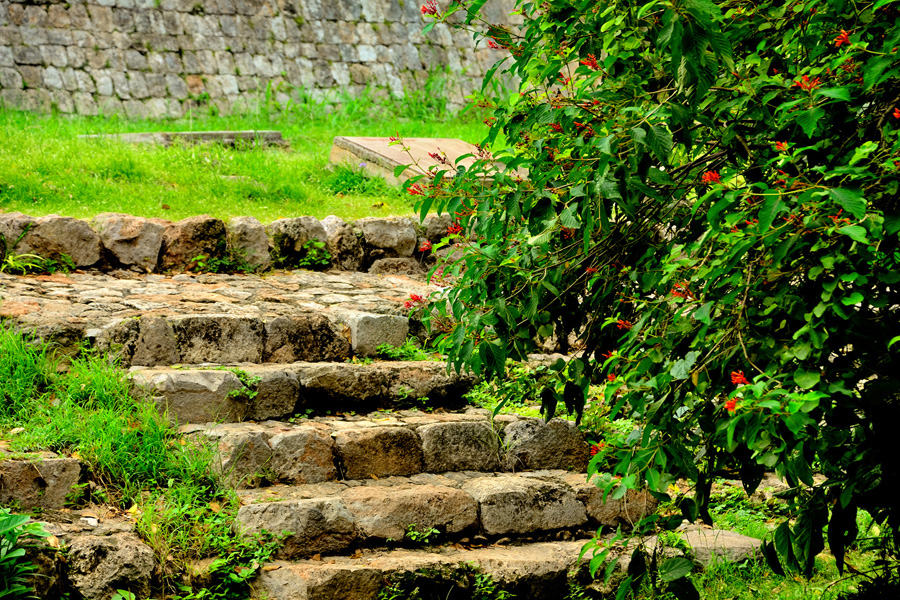
Flowering trees surround the temples and pyramids
Like all Mayan cities, the jungle surrounding Uxmal is constantly encroaching, threatening to reclaim the ancient buildings. Uxmal has more funding and more staff than many of Mexico’s archaeological parks, but even with almost continuous maintenance, it’s impossible to keep up with the growth. Windblown seeds land in the cracks between the stones, and find just enough windblown soil to sprout. Add rain, and the next thing you know, you have tropical plants growing sideways out of the walls, faster than the landscaping crews can chop them away.
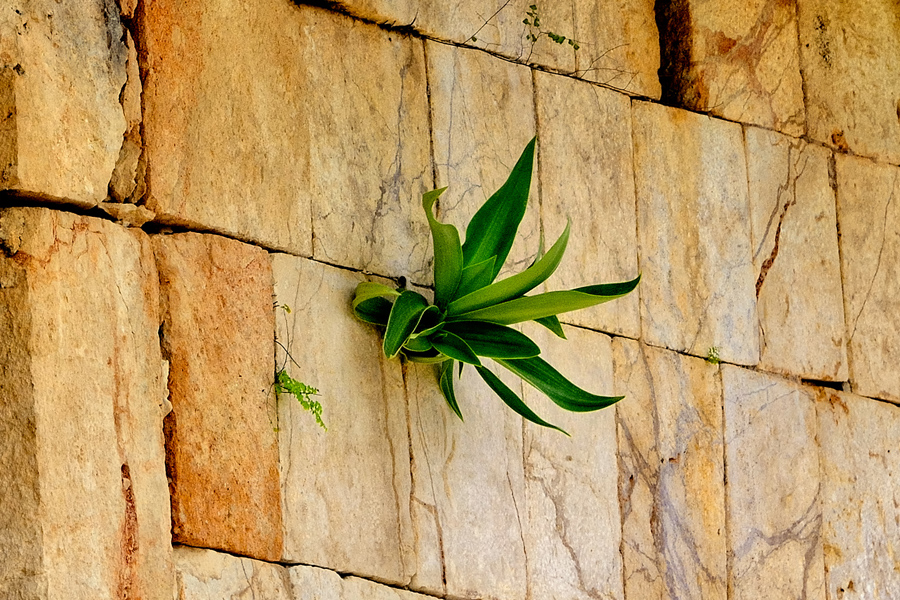
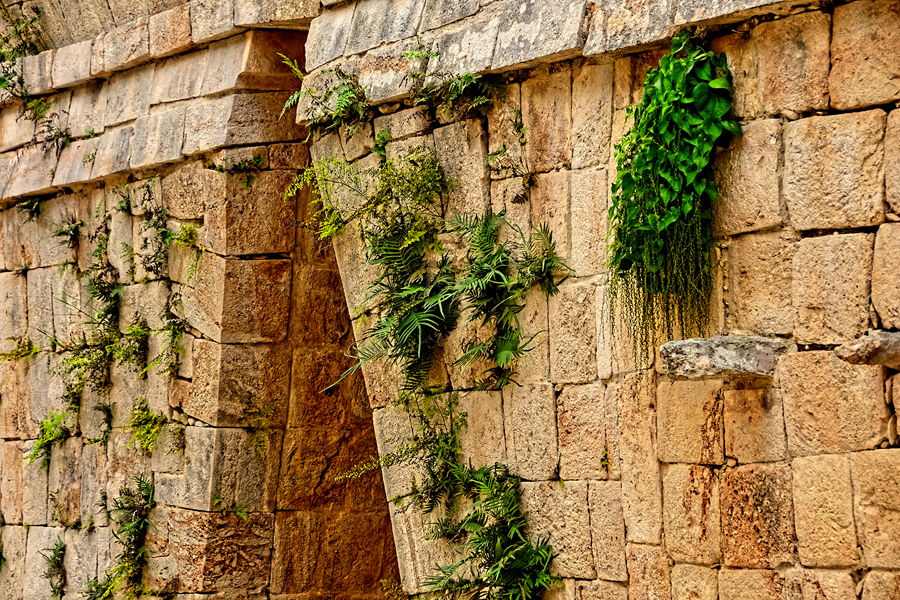
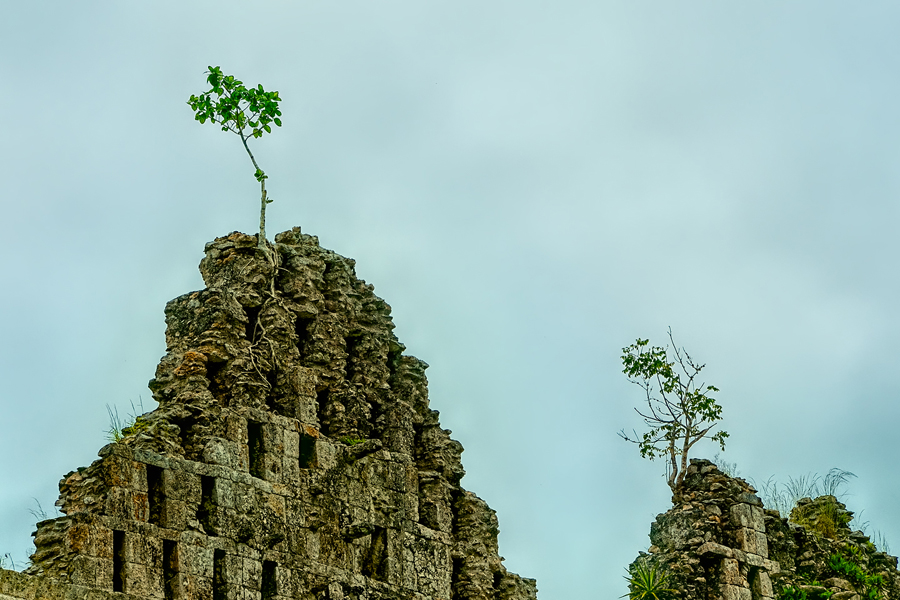
It takes no time at all for the jungle to reclaim these ruins
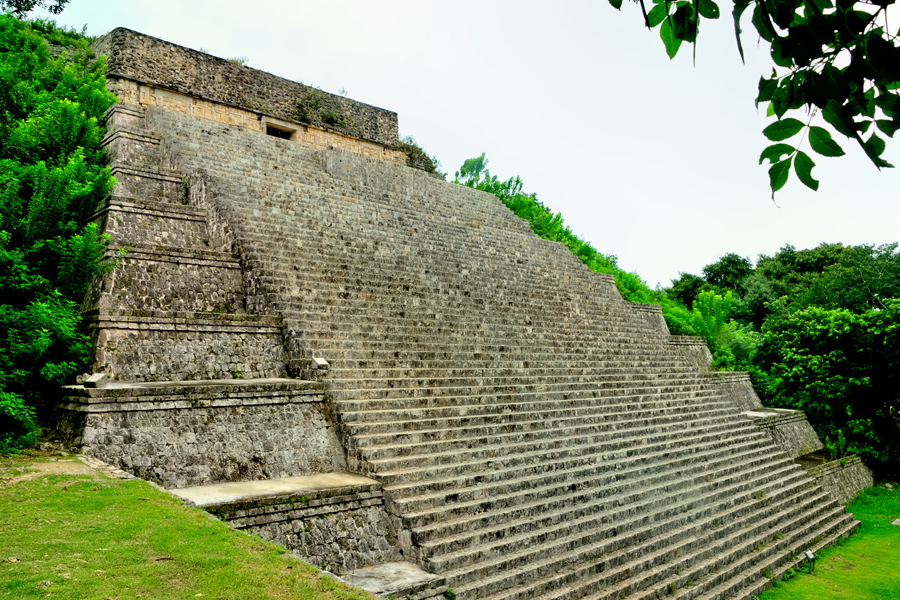
The Great Pyramid, 90 feet high and 300 feet wide; in 2015, they still allowed visitors to climb it.
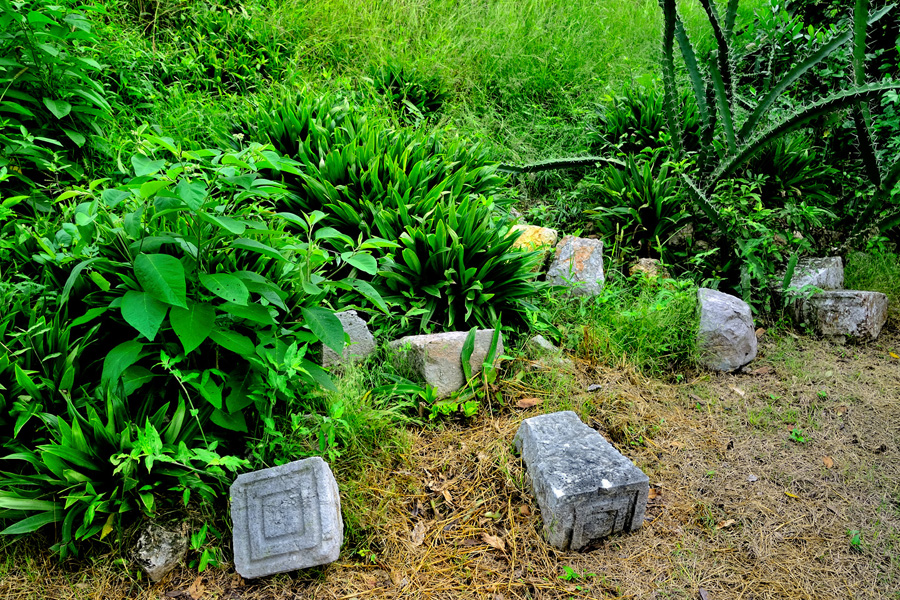
The restoration of the ruins is an ongoing process. In some areas, cut stone still litters the ground
As impressed as I’d been with Palenque, Uxmal had that place beat by a mile. Everything about it seemed bigger, more elaborate, and our visit was perfect, with so few other tourists, and decent light for photos throughout the day. There was supposed to be a Festival of Luz y Sonido (Light and Sound), a sort of light show among the ruins with music and colored spotlights, scheduled at 9:00 PM. Unfortunately, it started pouring rain, right after we finished our dinner, and they ended up cancelling that evening’s performance. We hung out in our room instead, with our sliding glass door opened wide, content to watch the rain as it churned the water in the swimming pool into froth.
If I’ve piqued your interest about Uxmal, and you’d like more information, you might be interested in reading my blog post: Uxmal: Architectural Perfection in the Land of the Maya. There’s more of everything, especially the history of the site, and there are many (many!) additional photos.
Next up: Moving on to Chichén Itzá: Is it really worth all the hype?



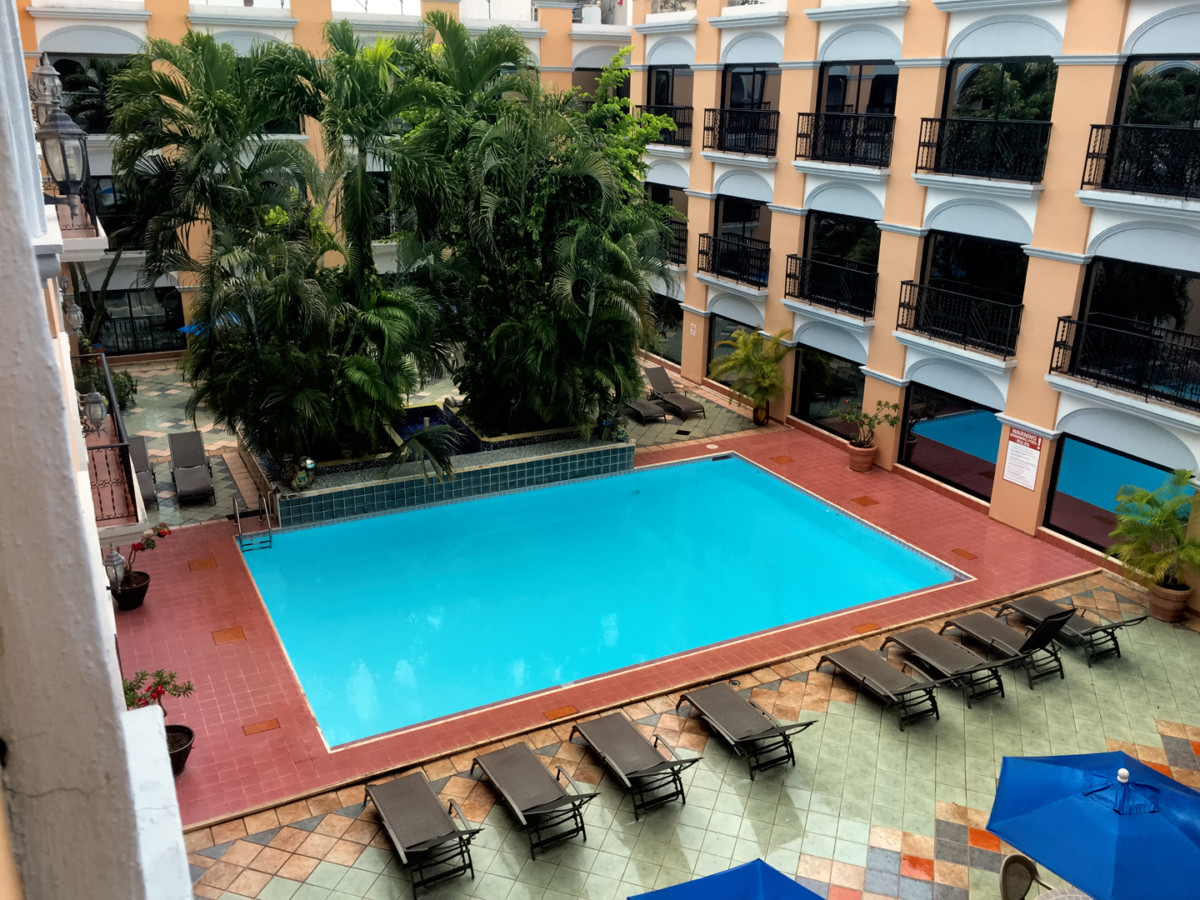
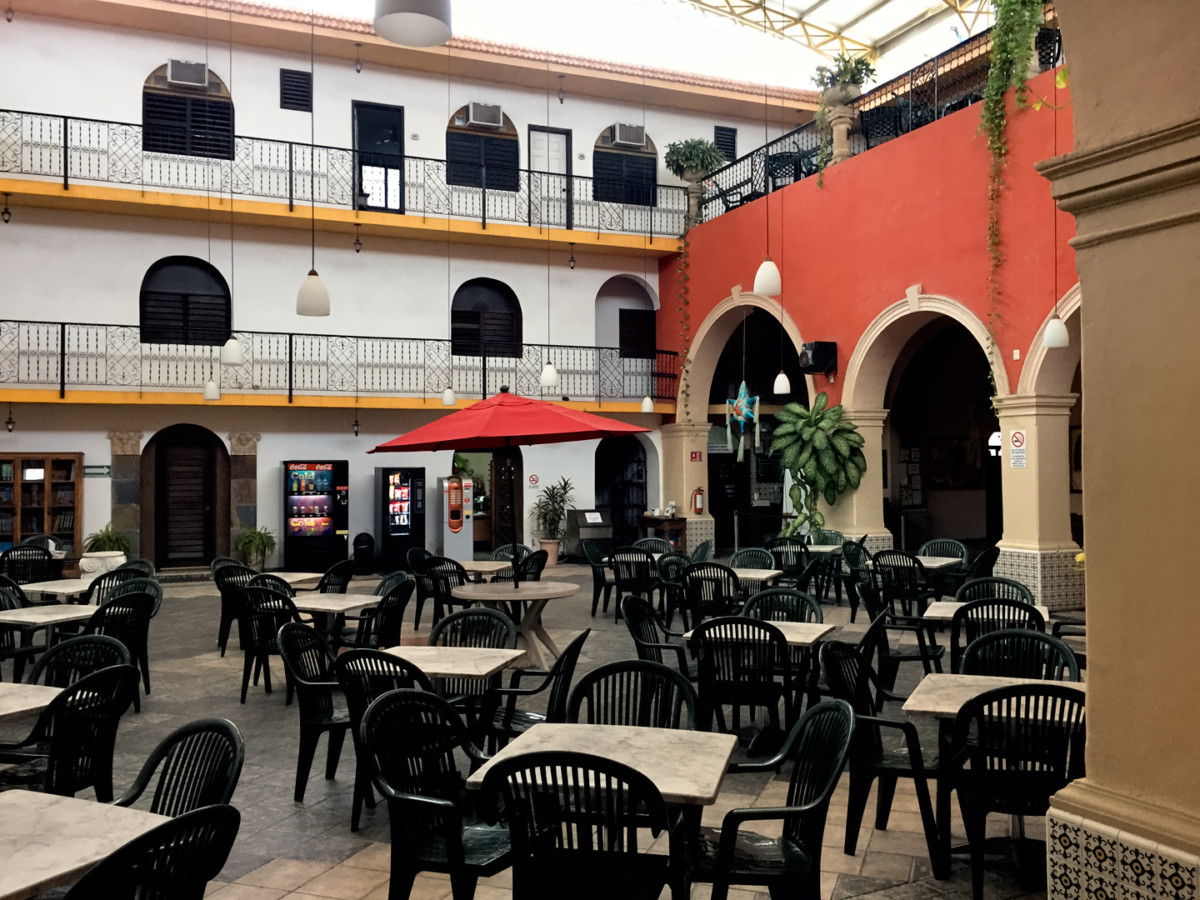
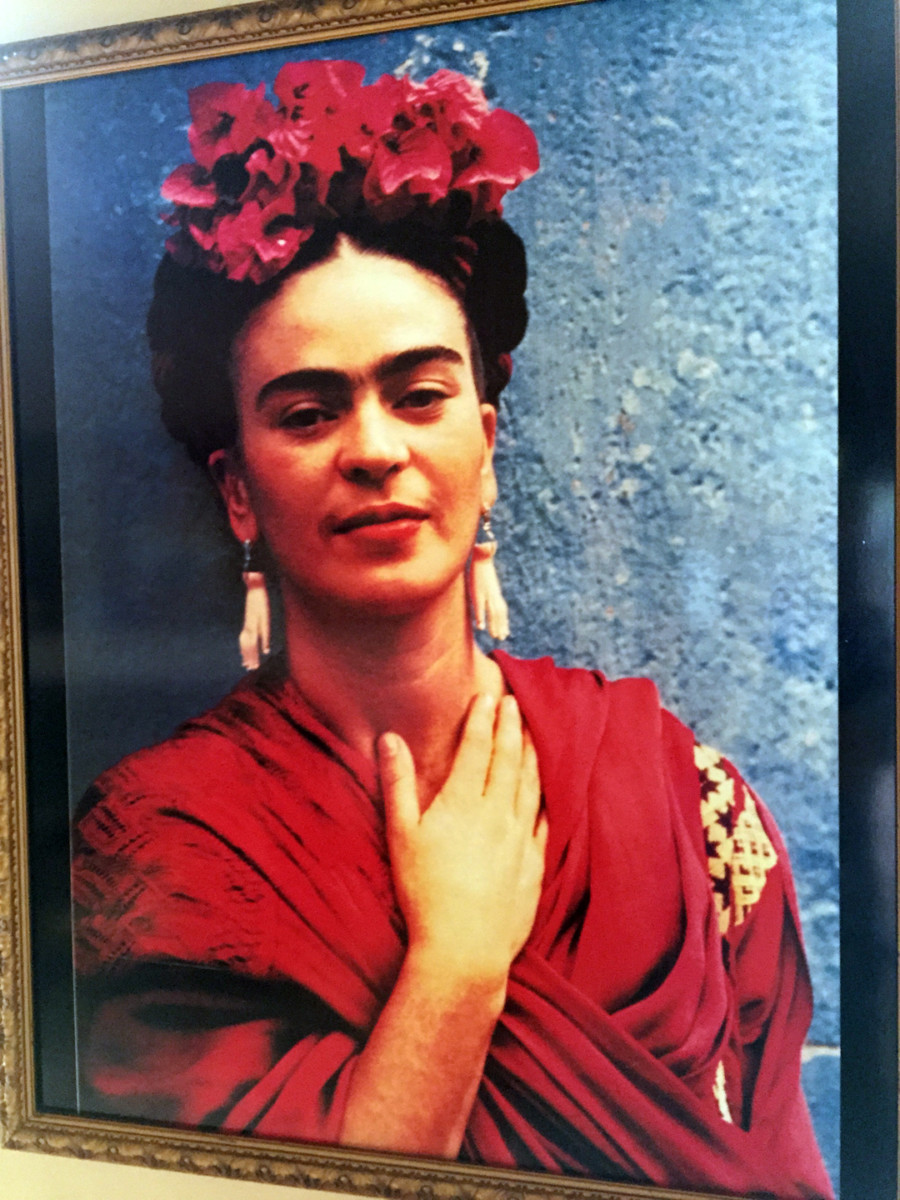
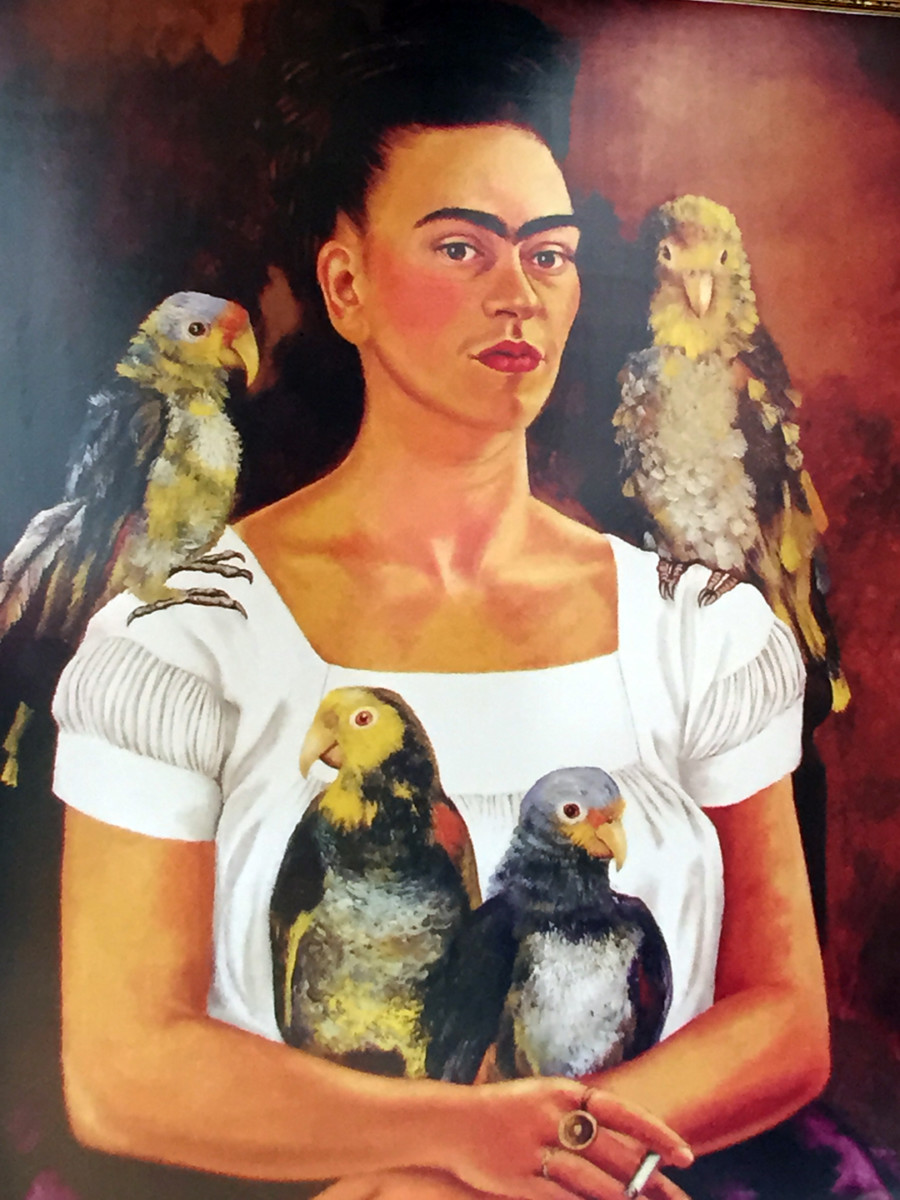
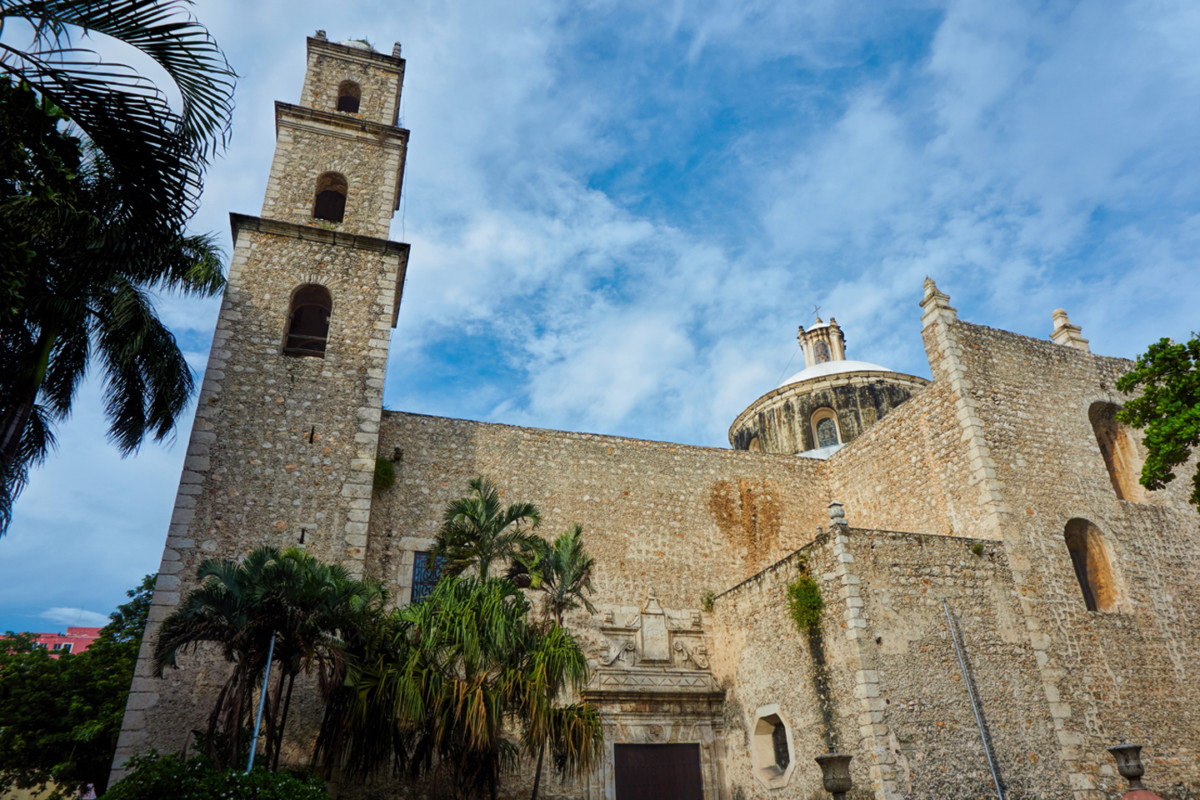
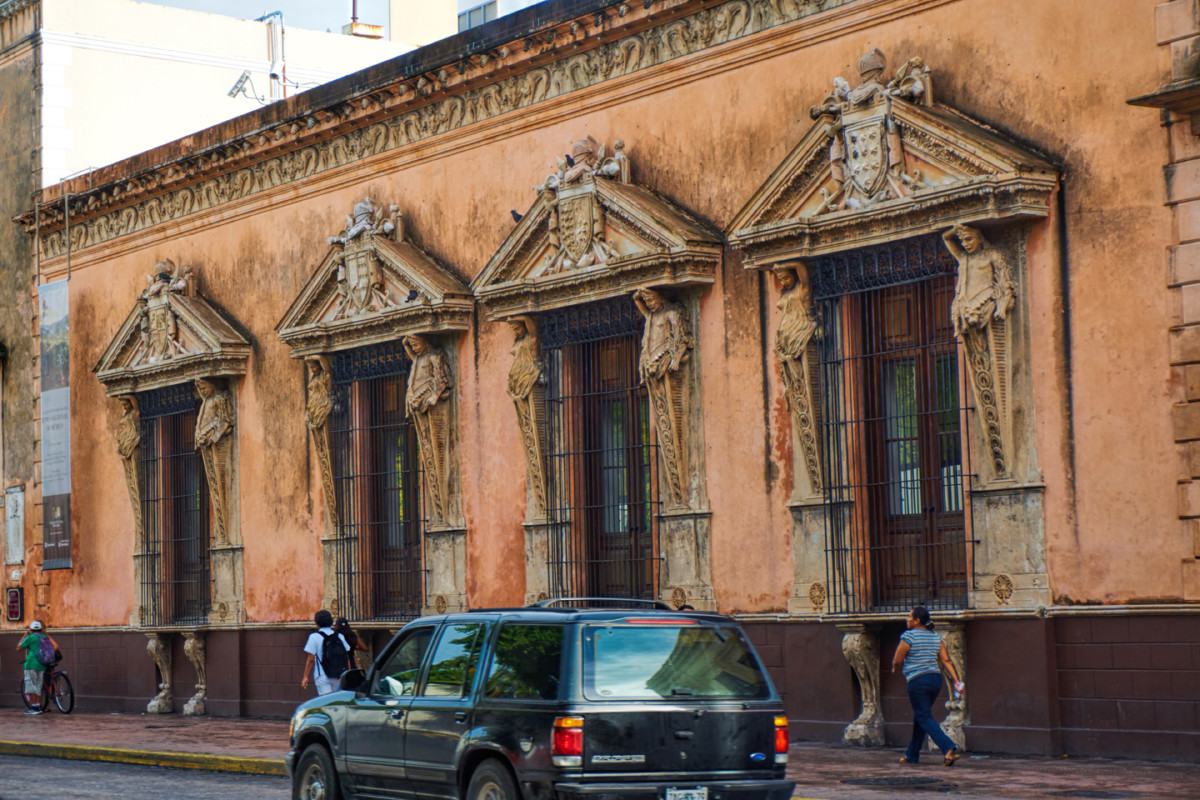
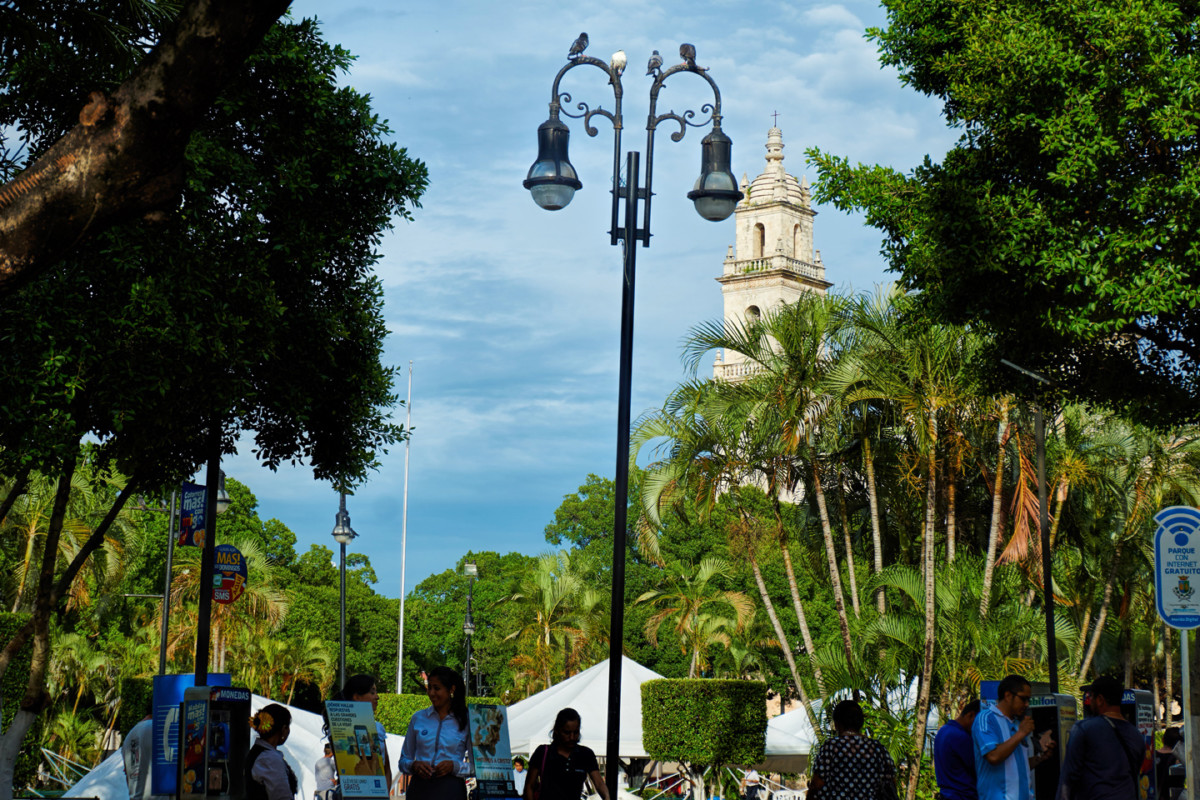
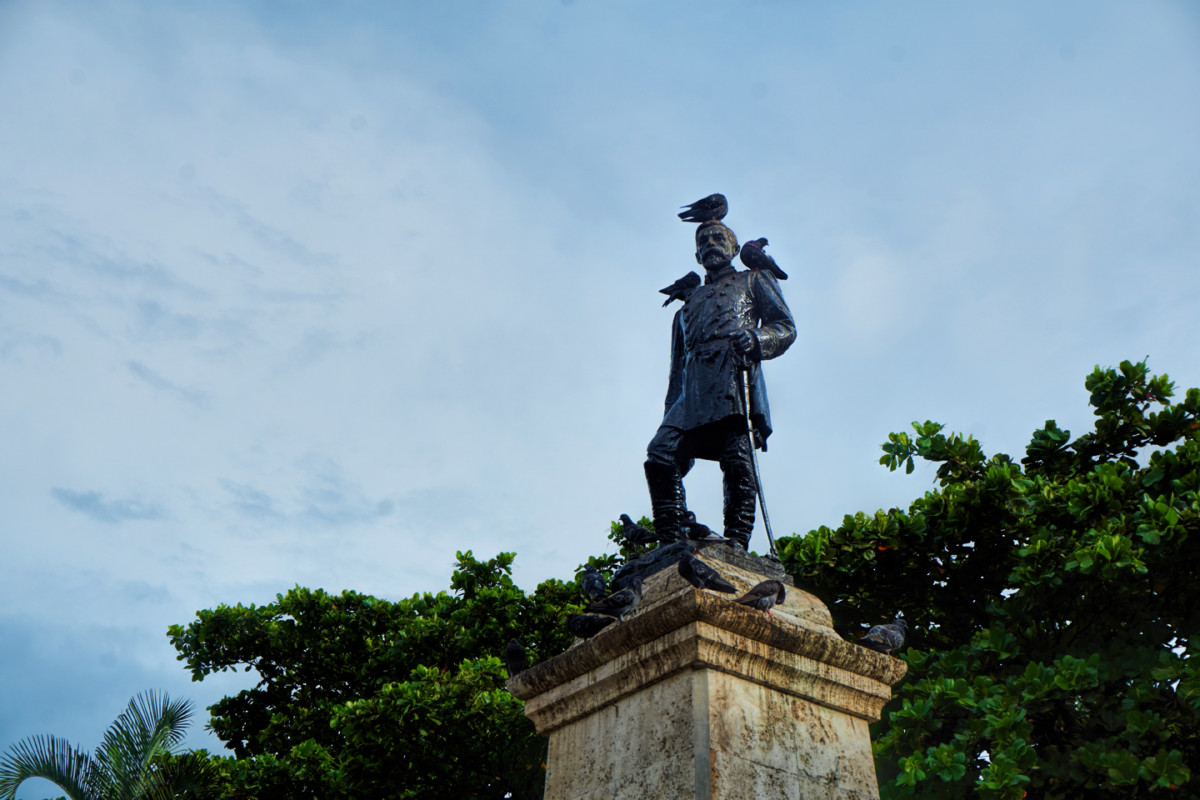
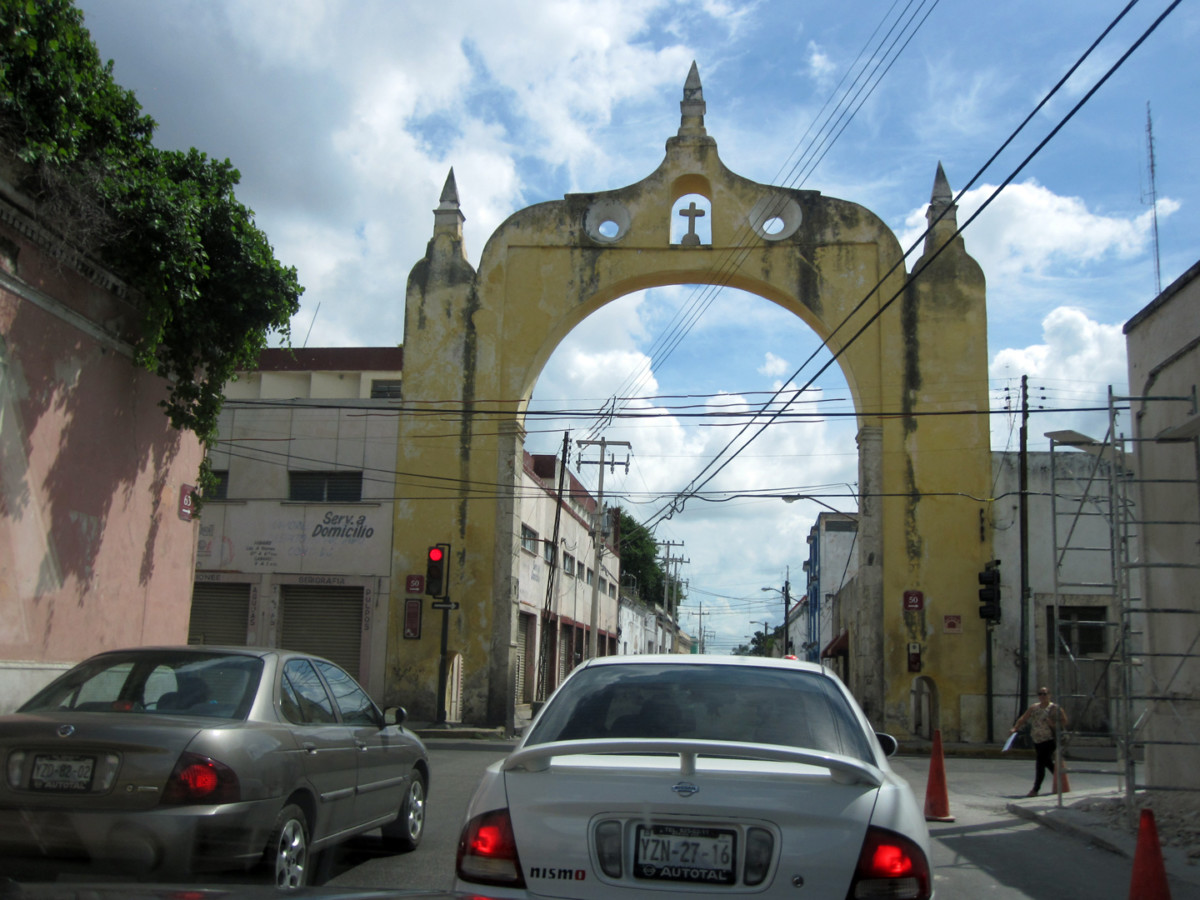
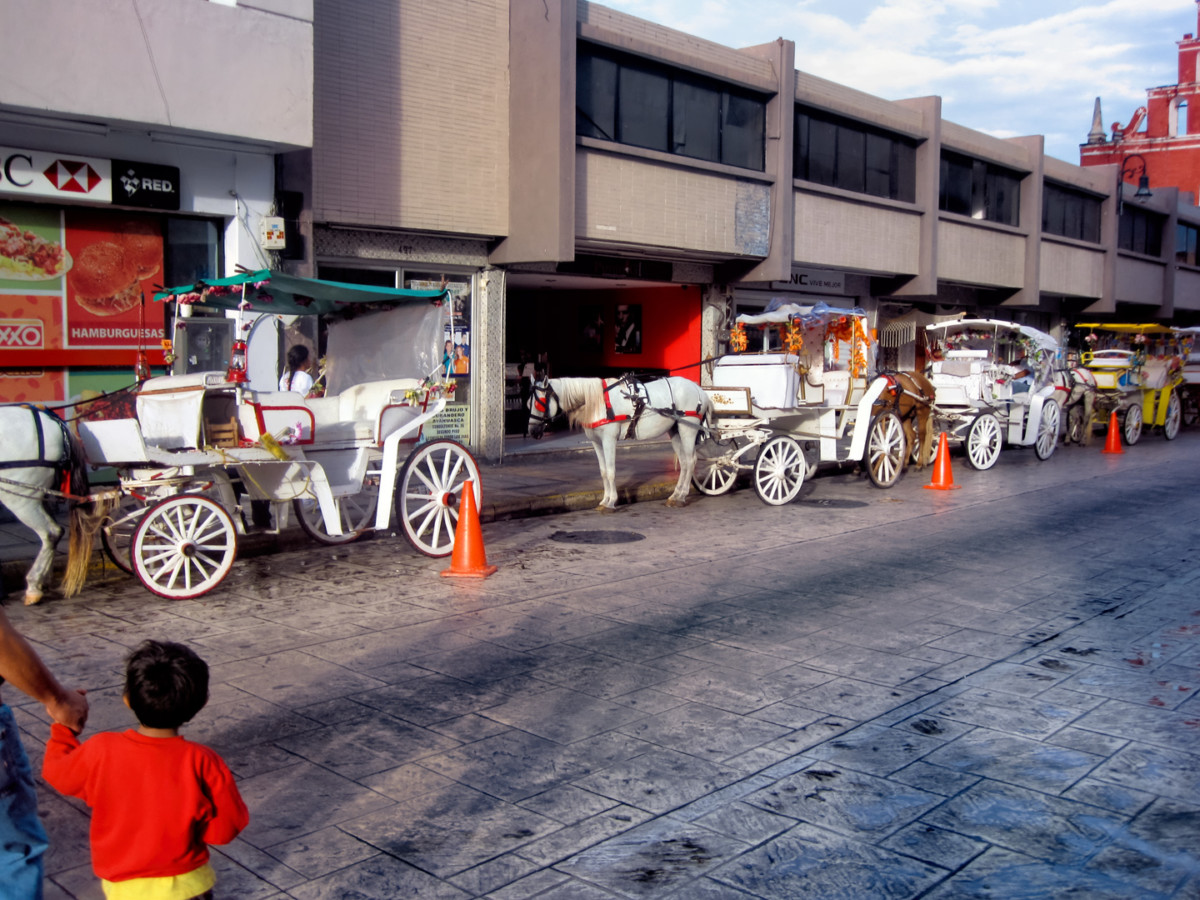
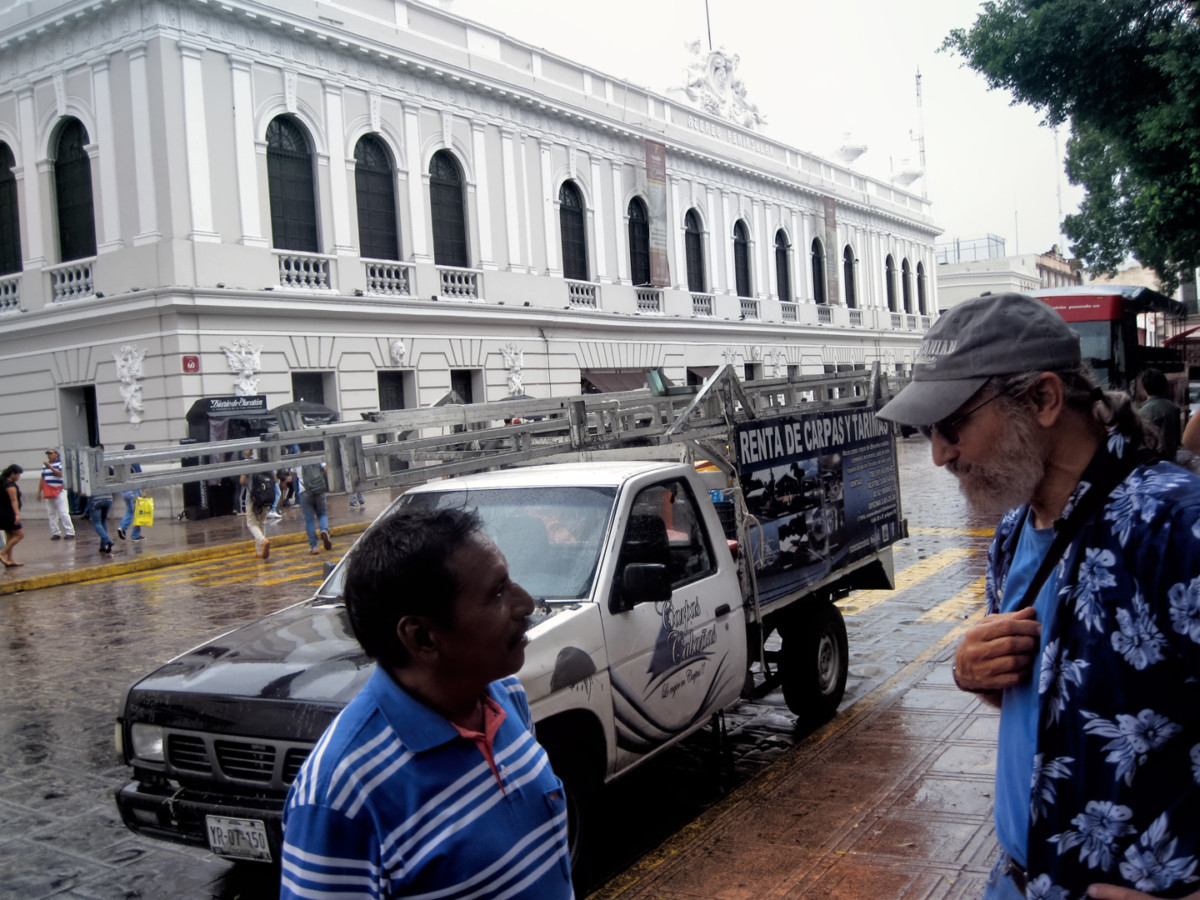
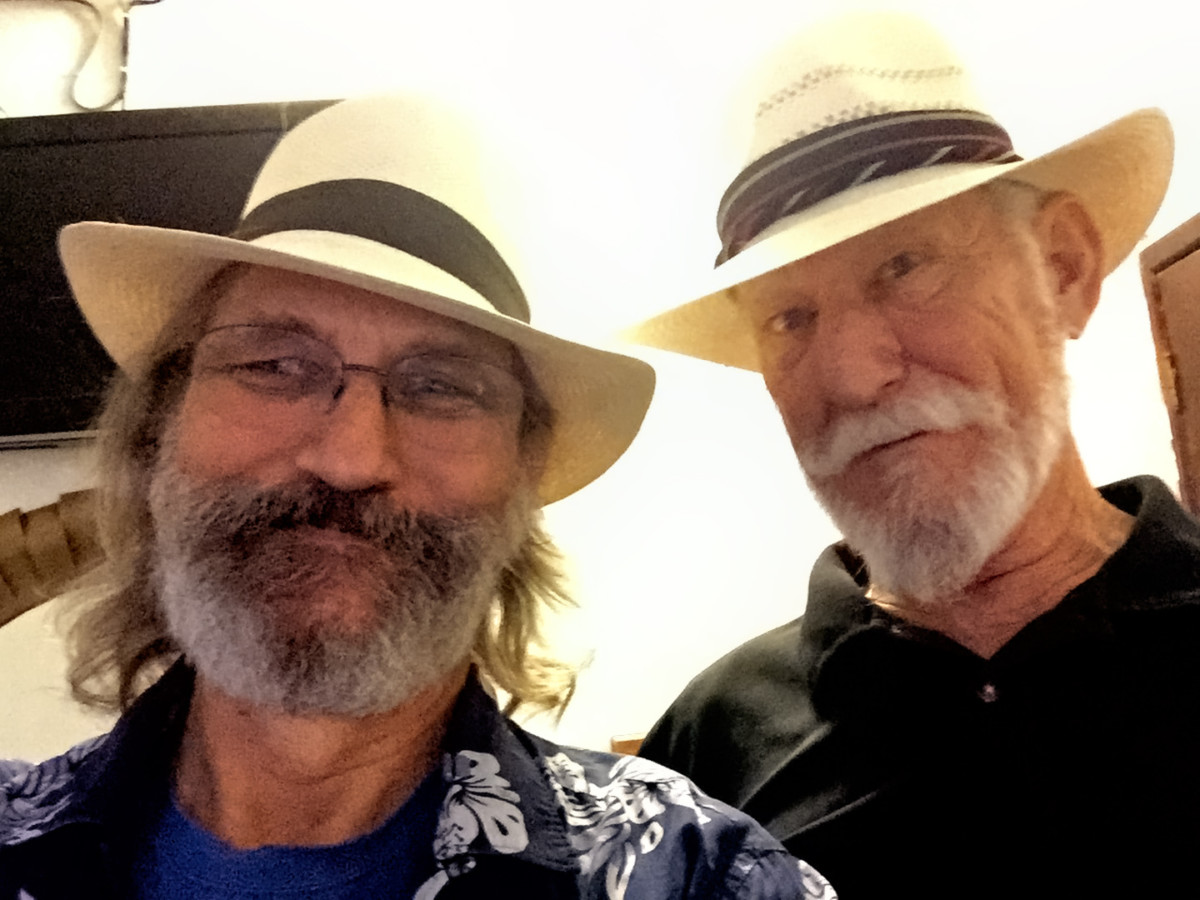
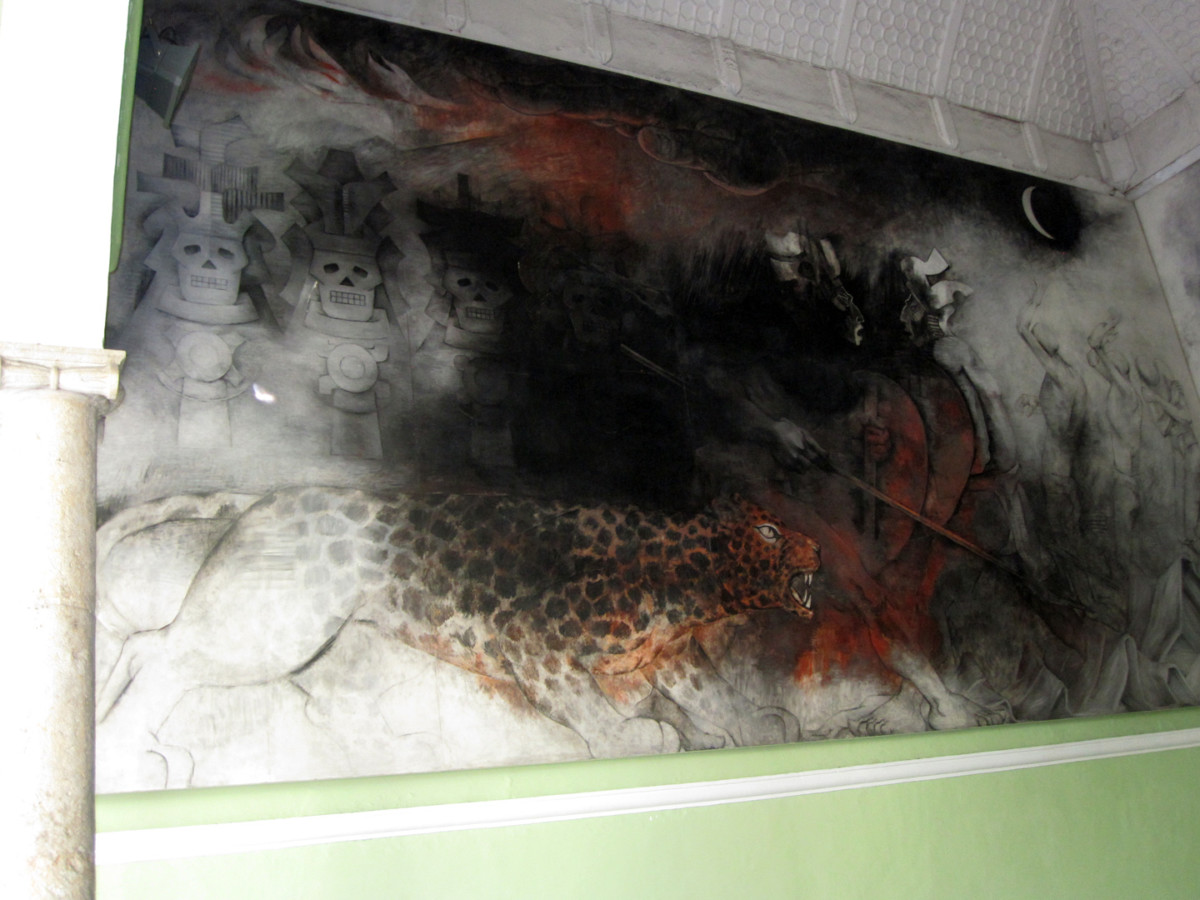
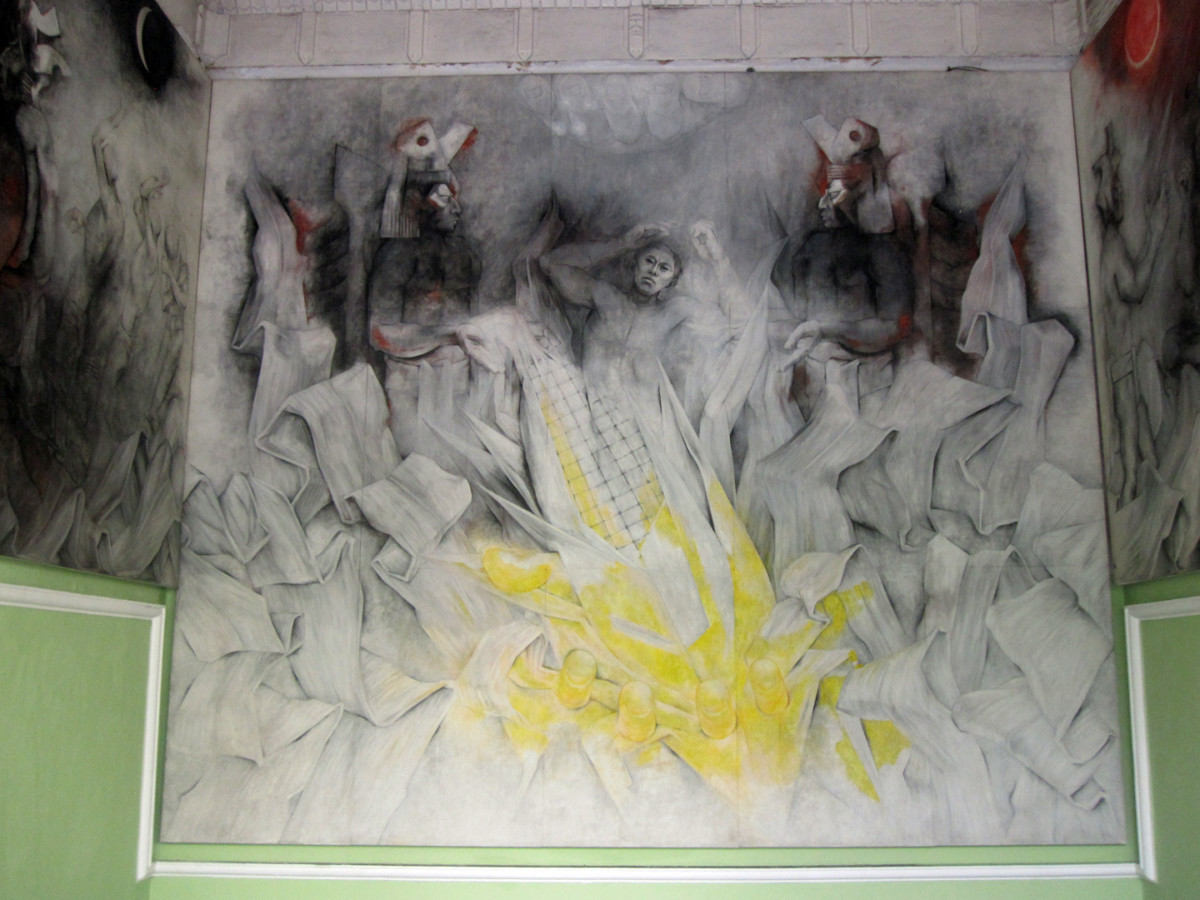
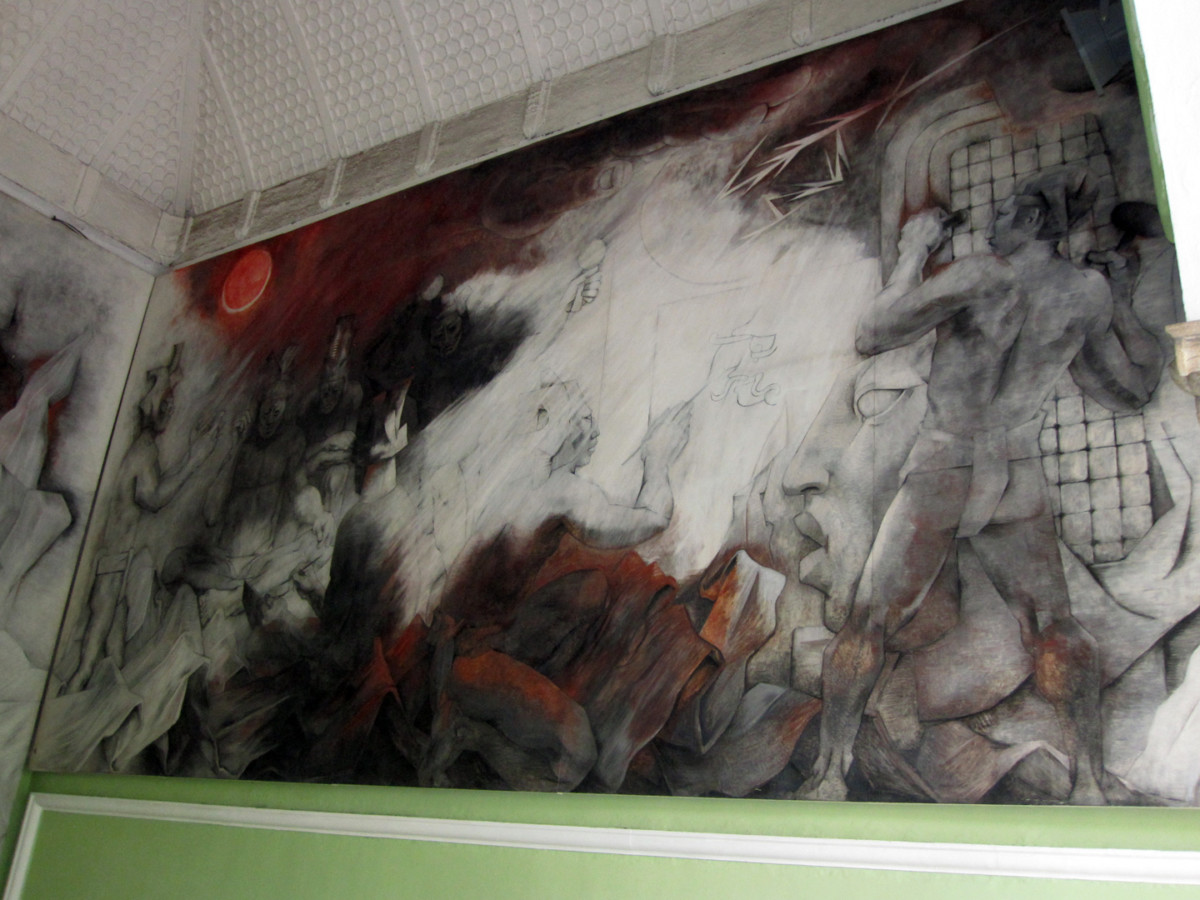

 Reply With Quote
Reply With Quote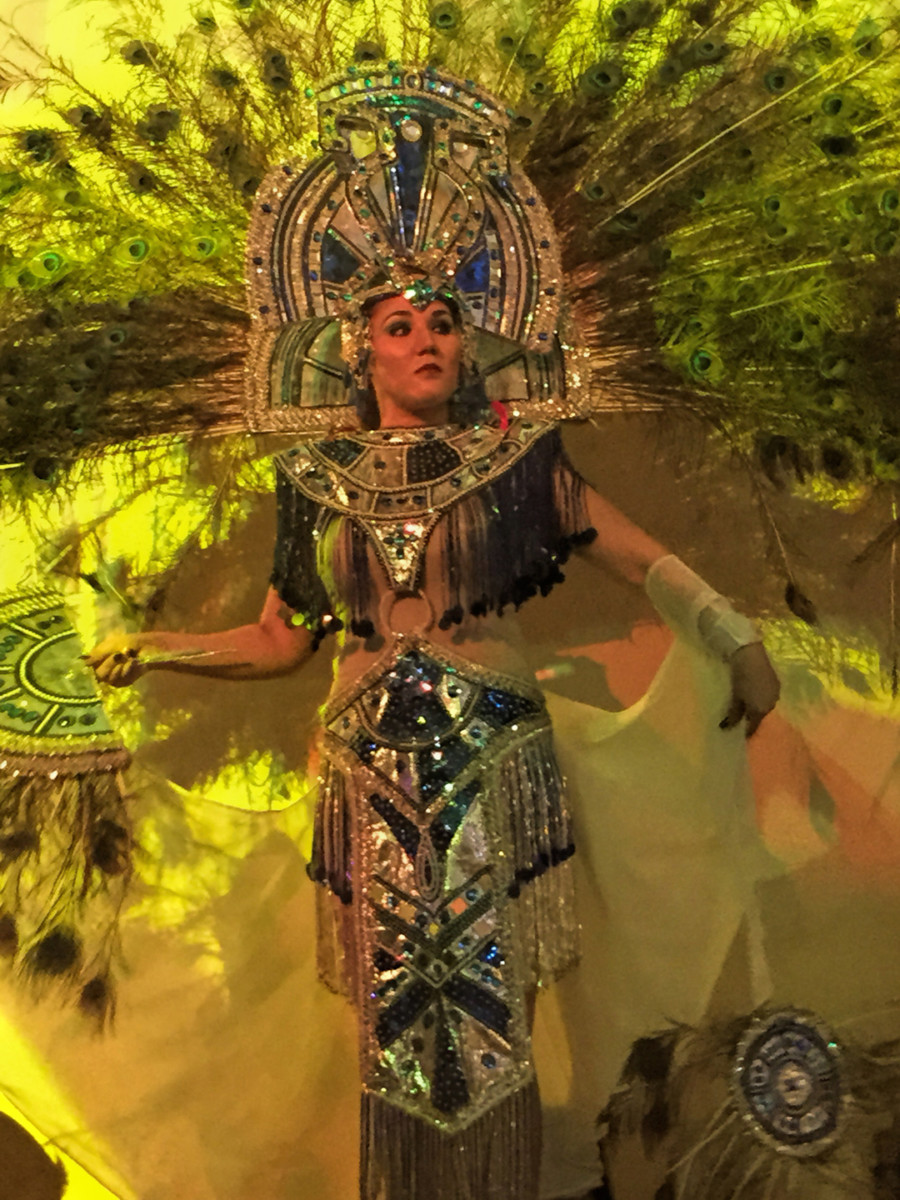
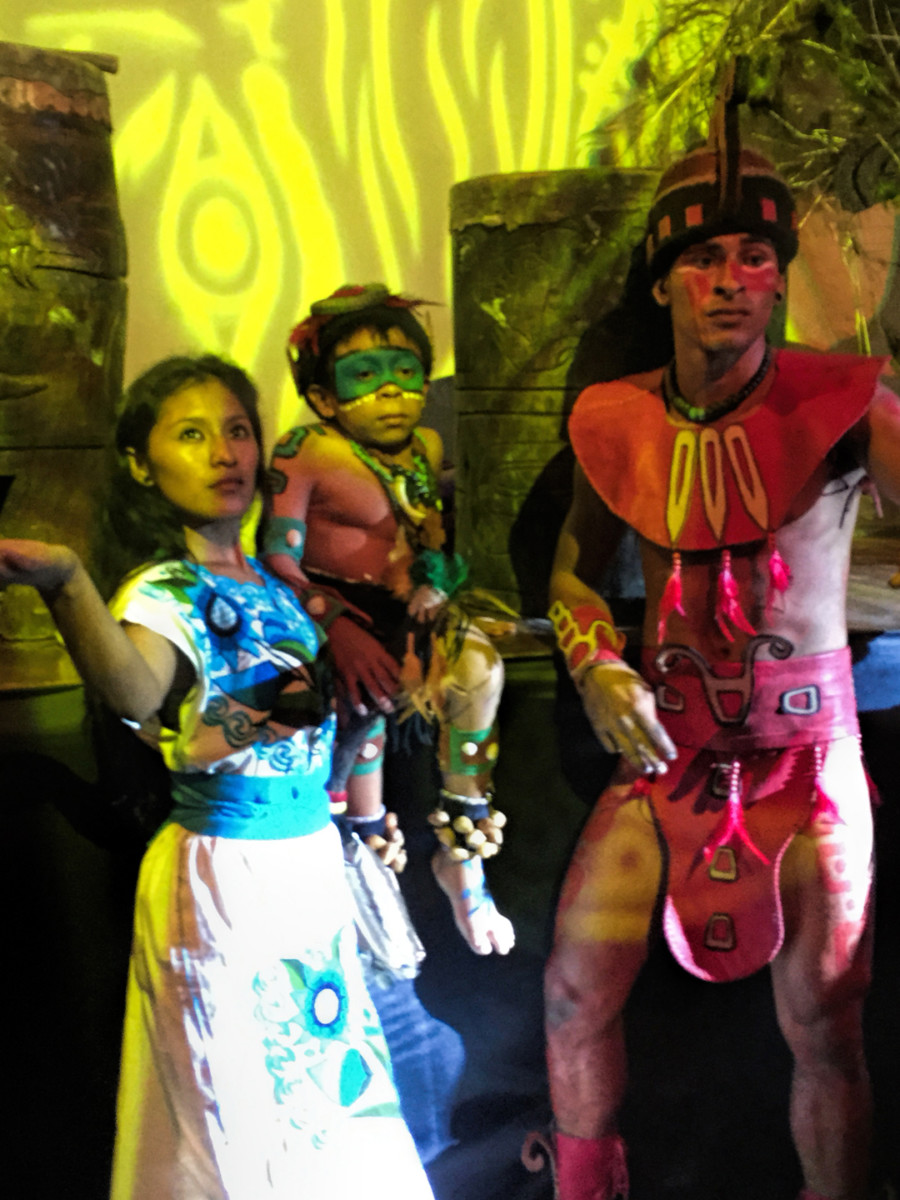
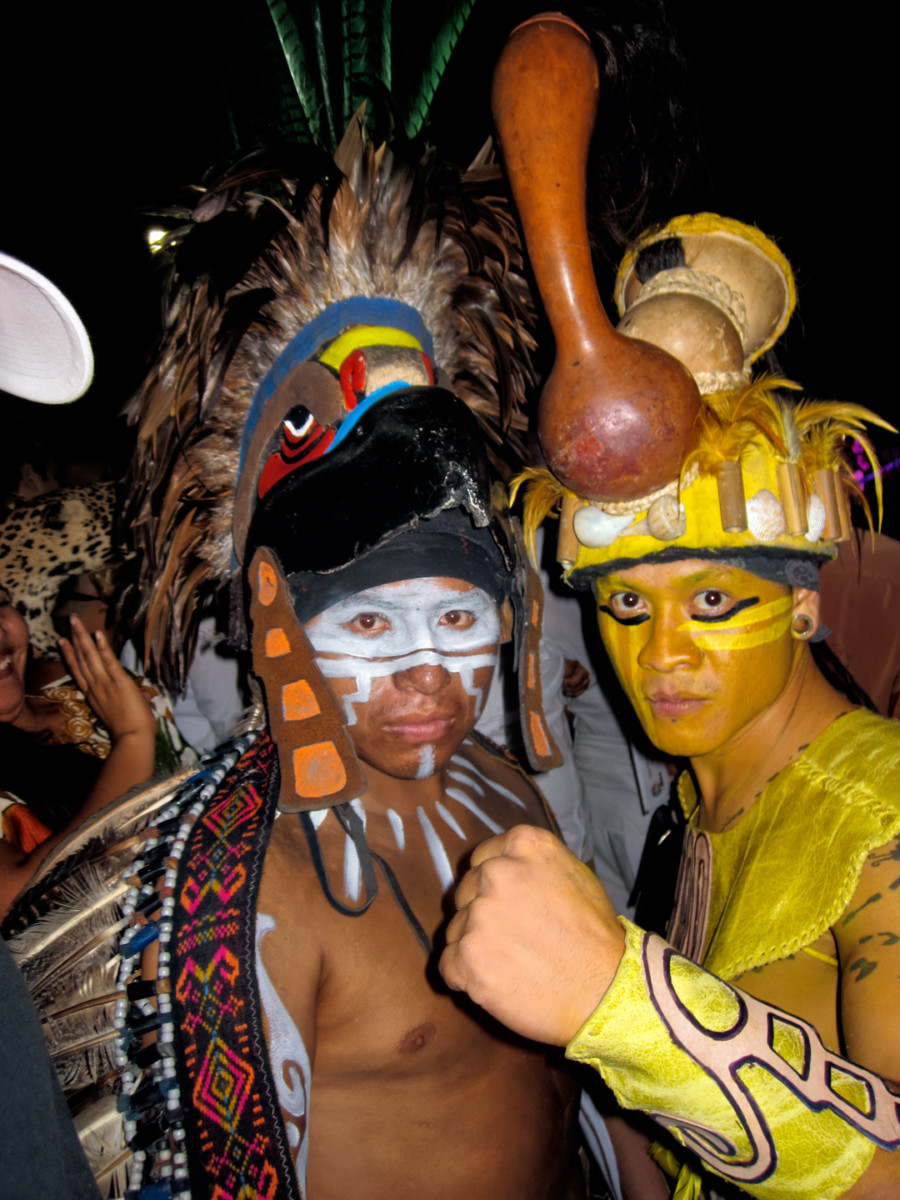
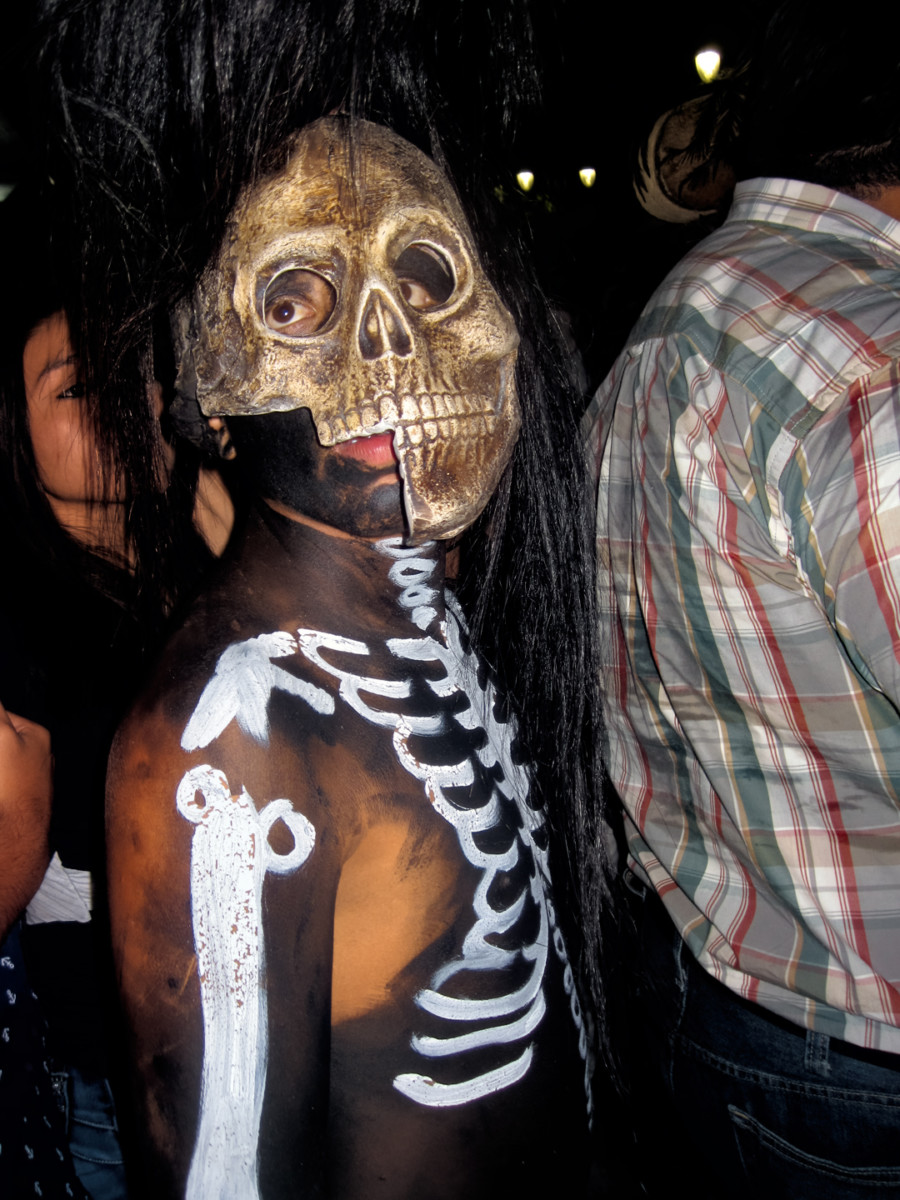
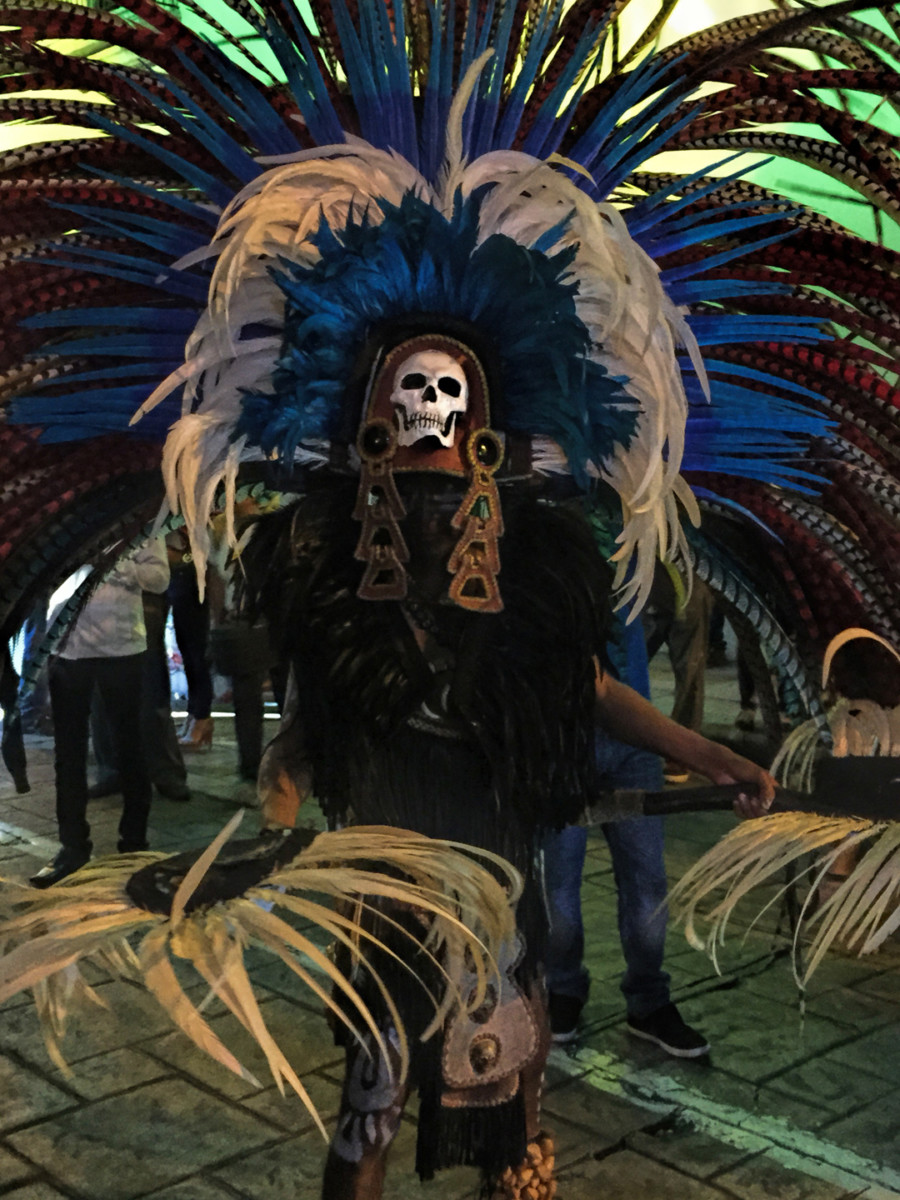
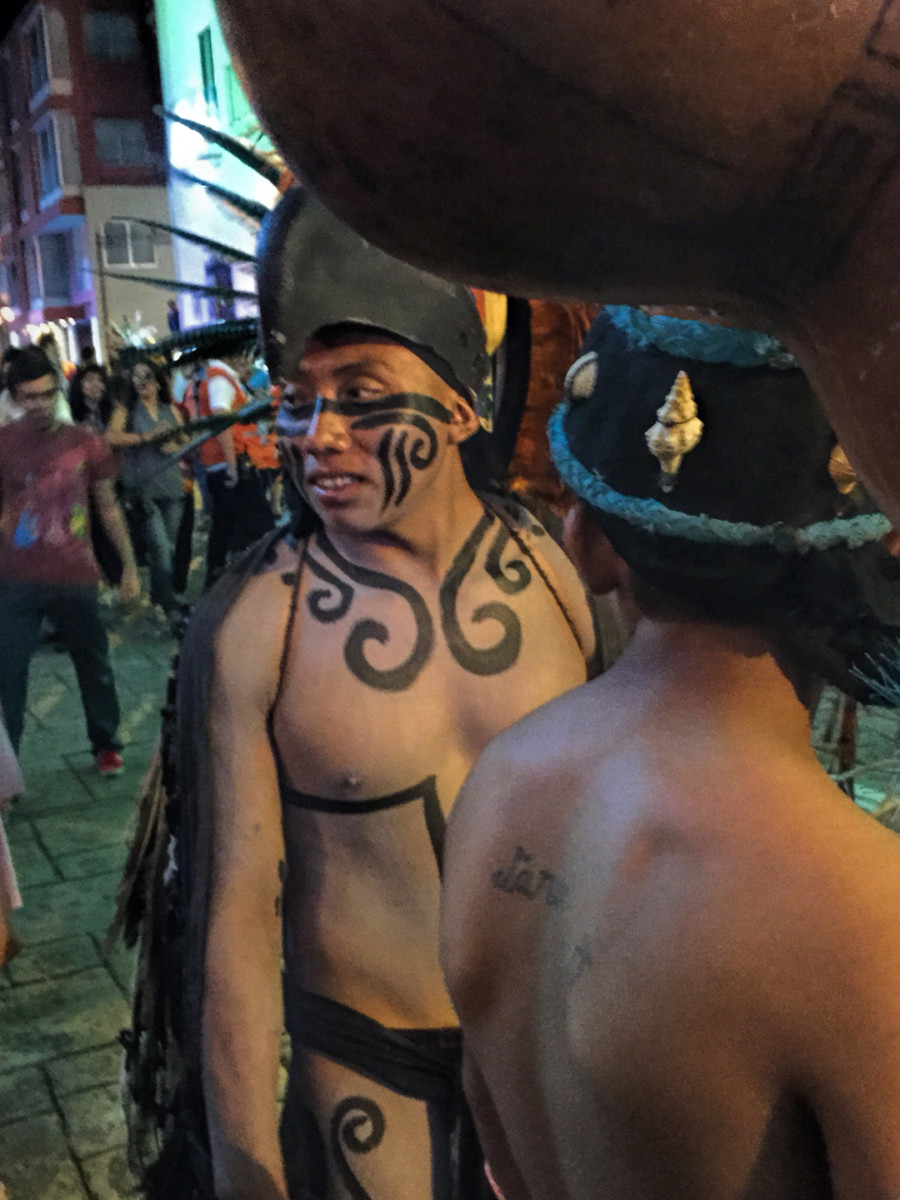
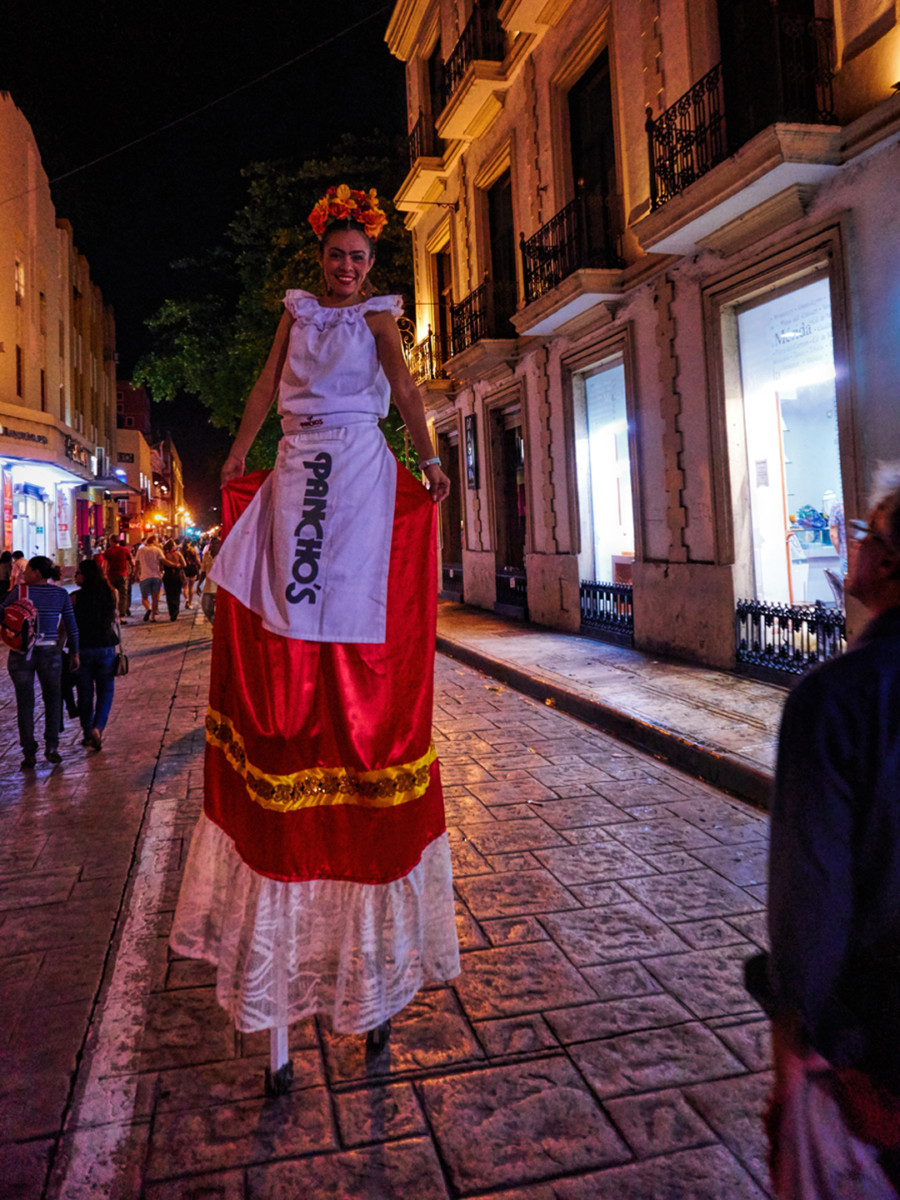
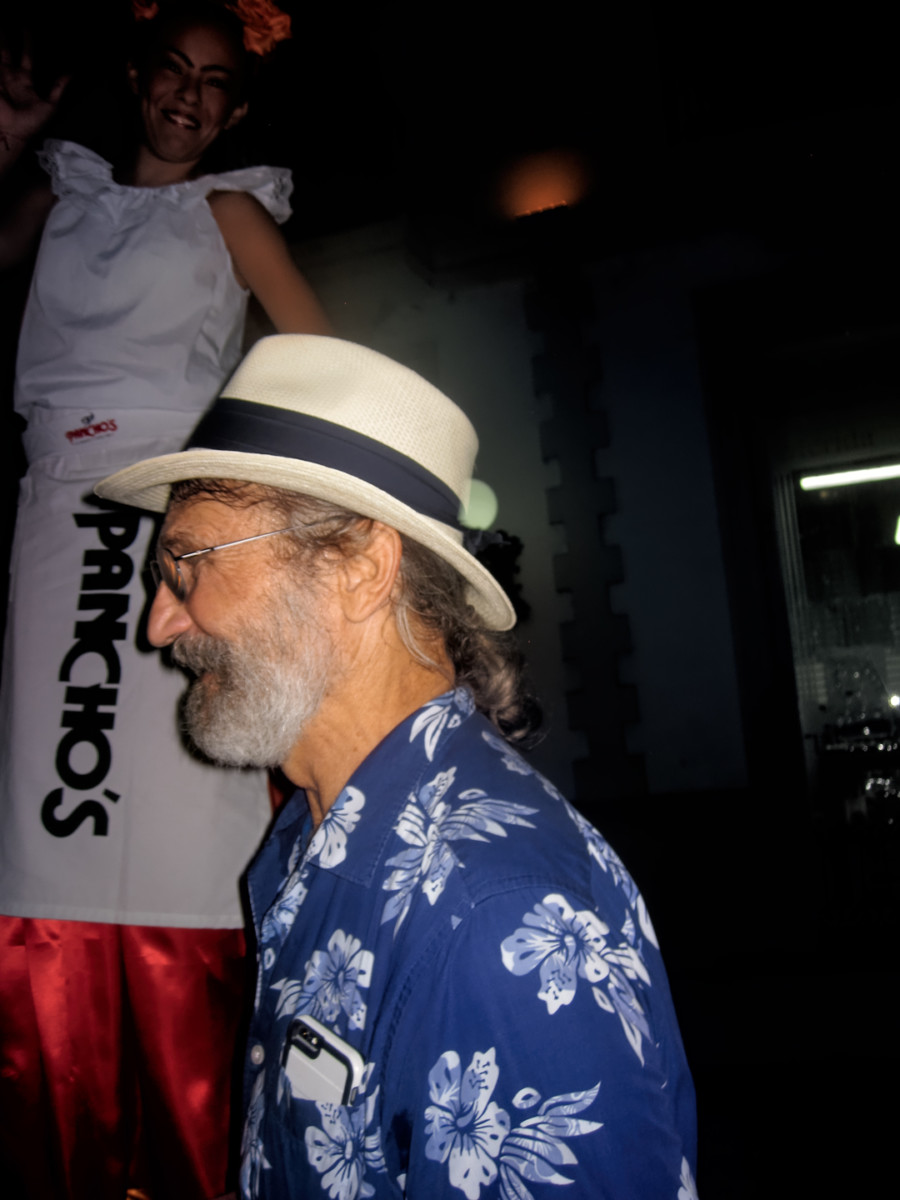
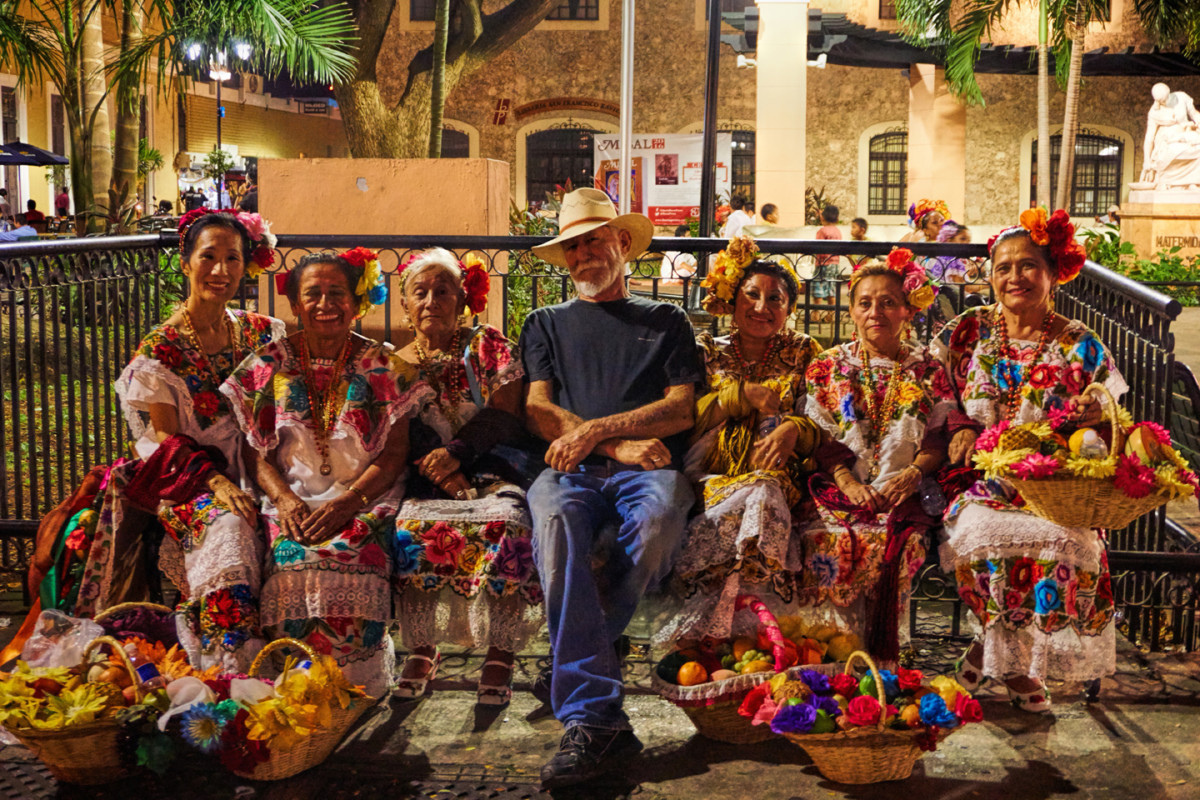
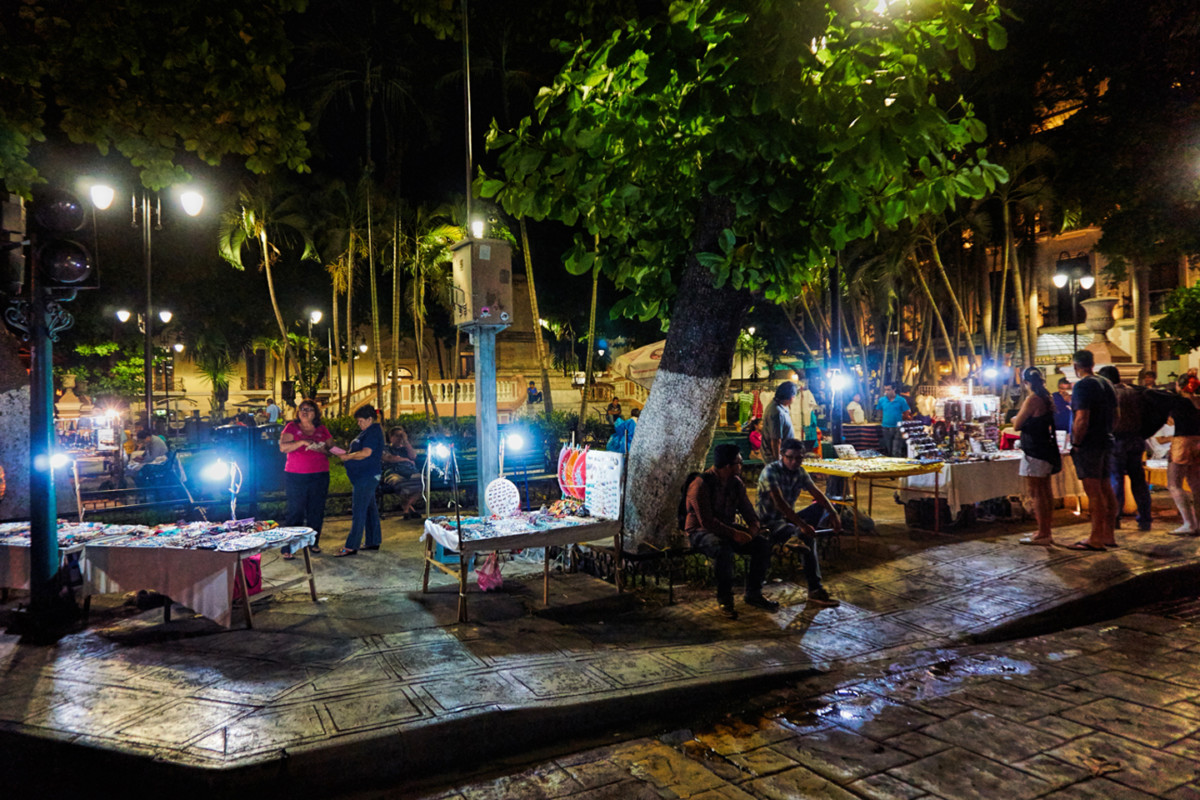
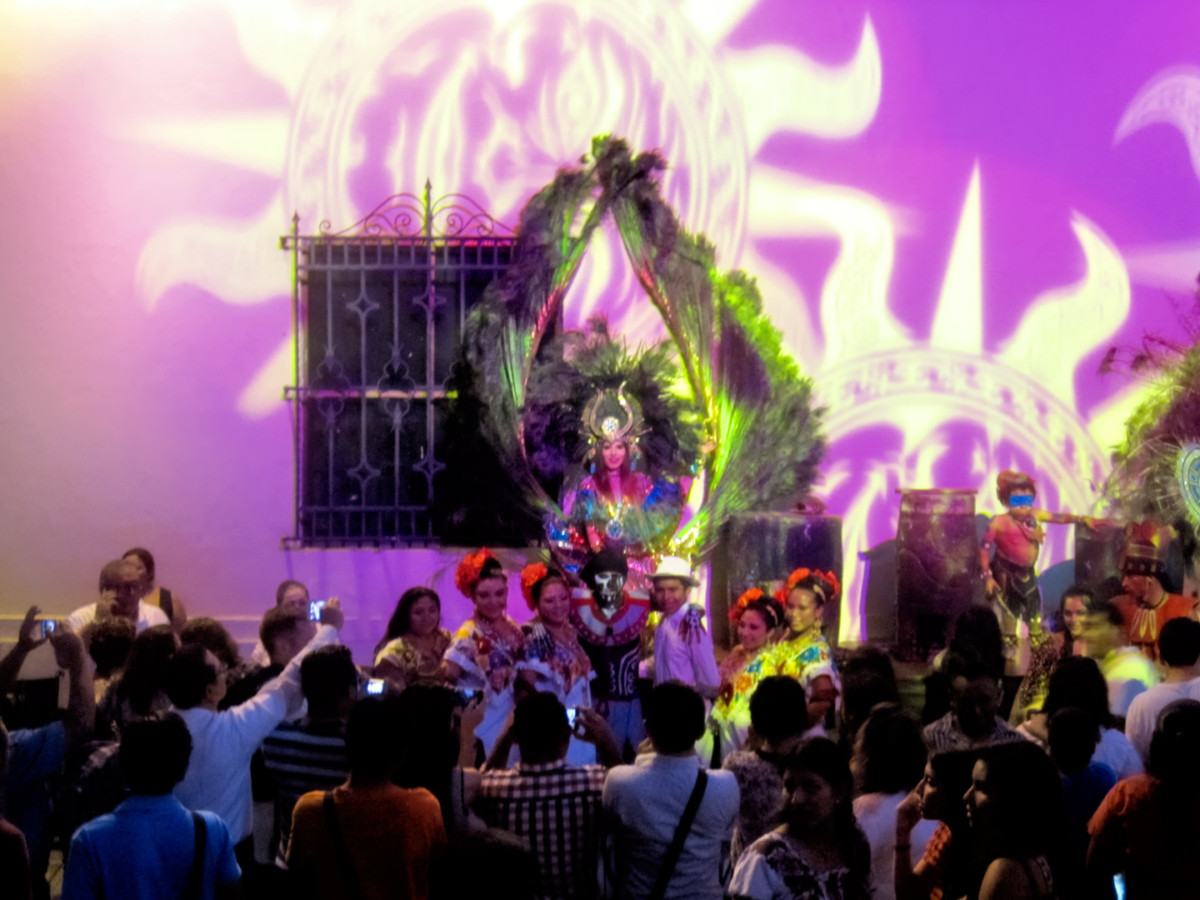
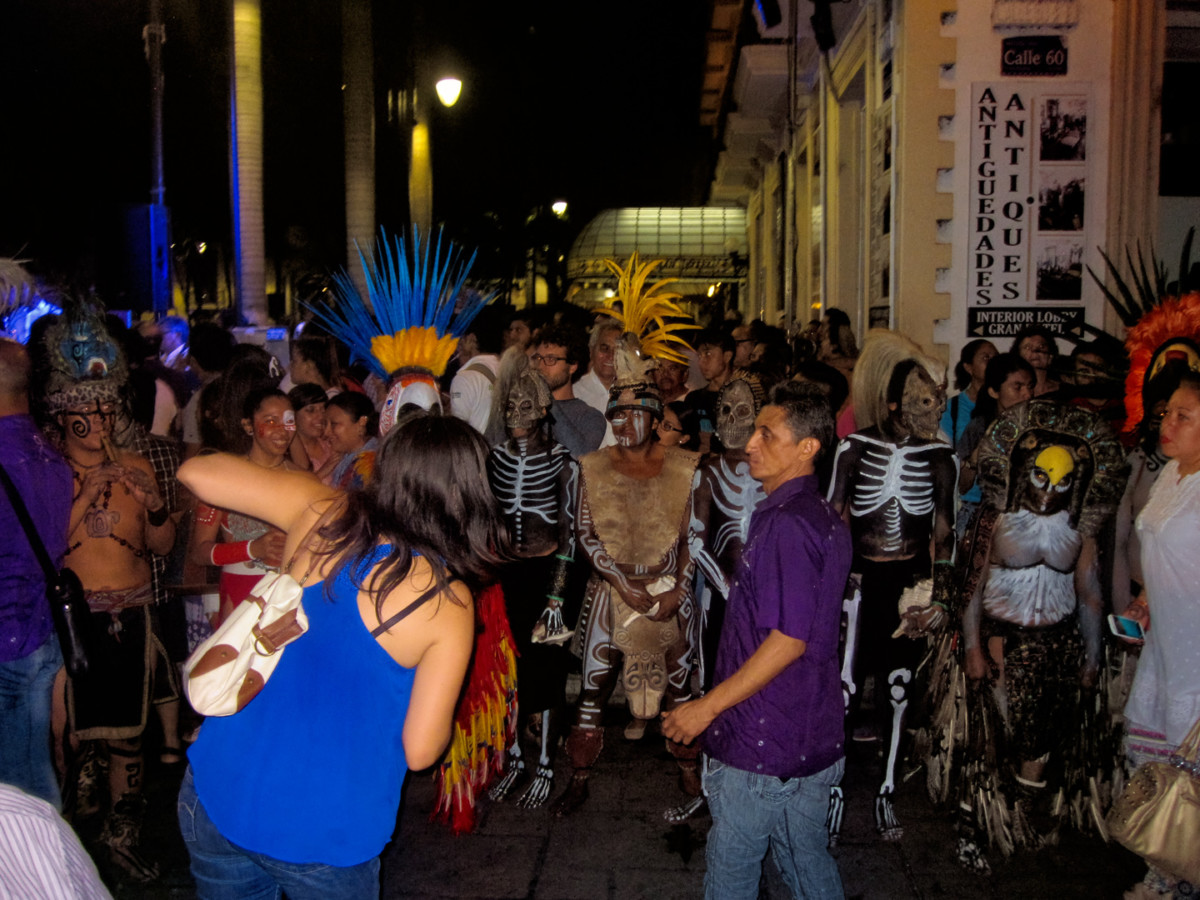
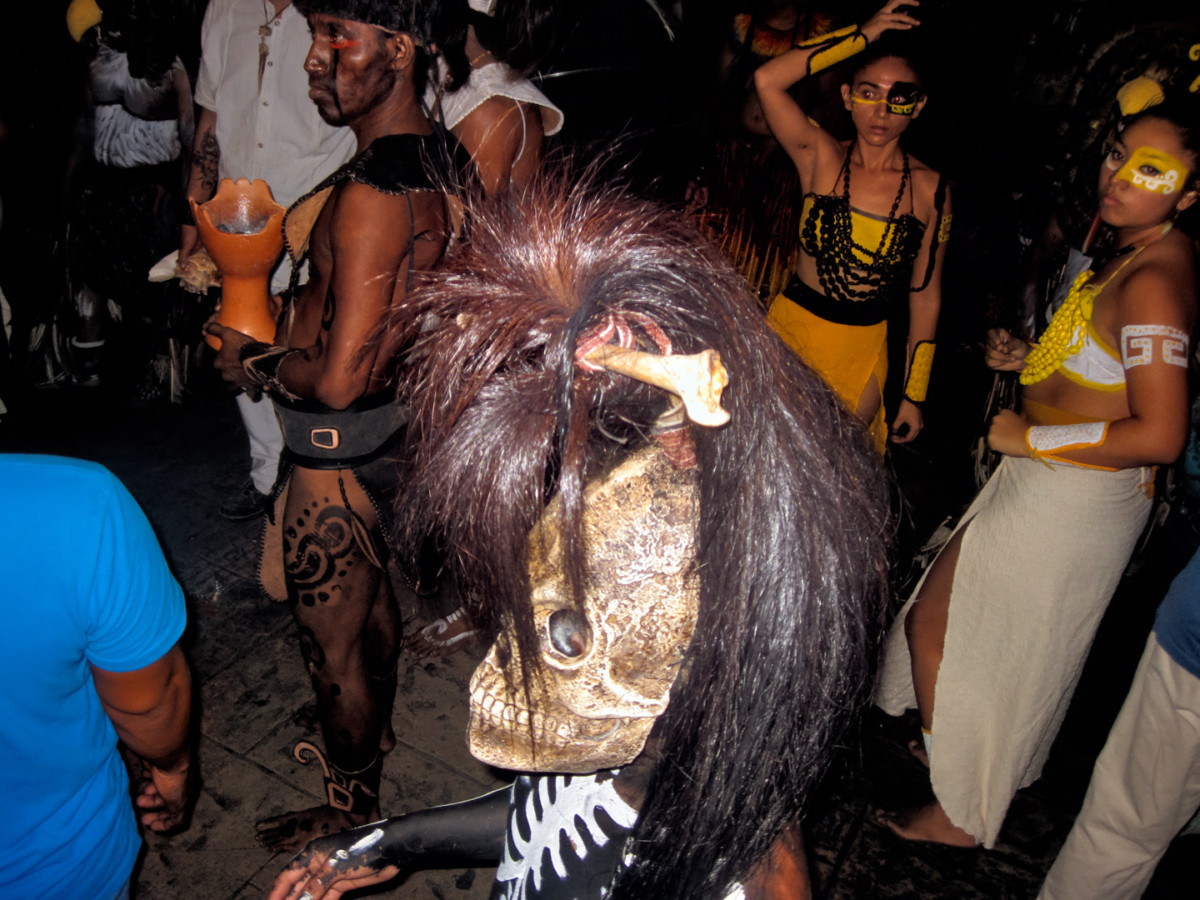
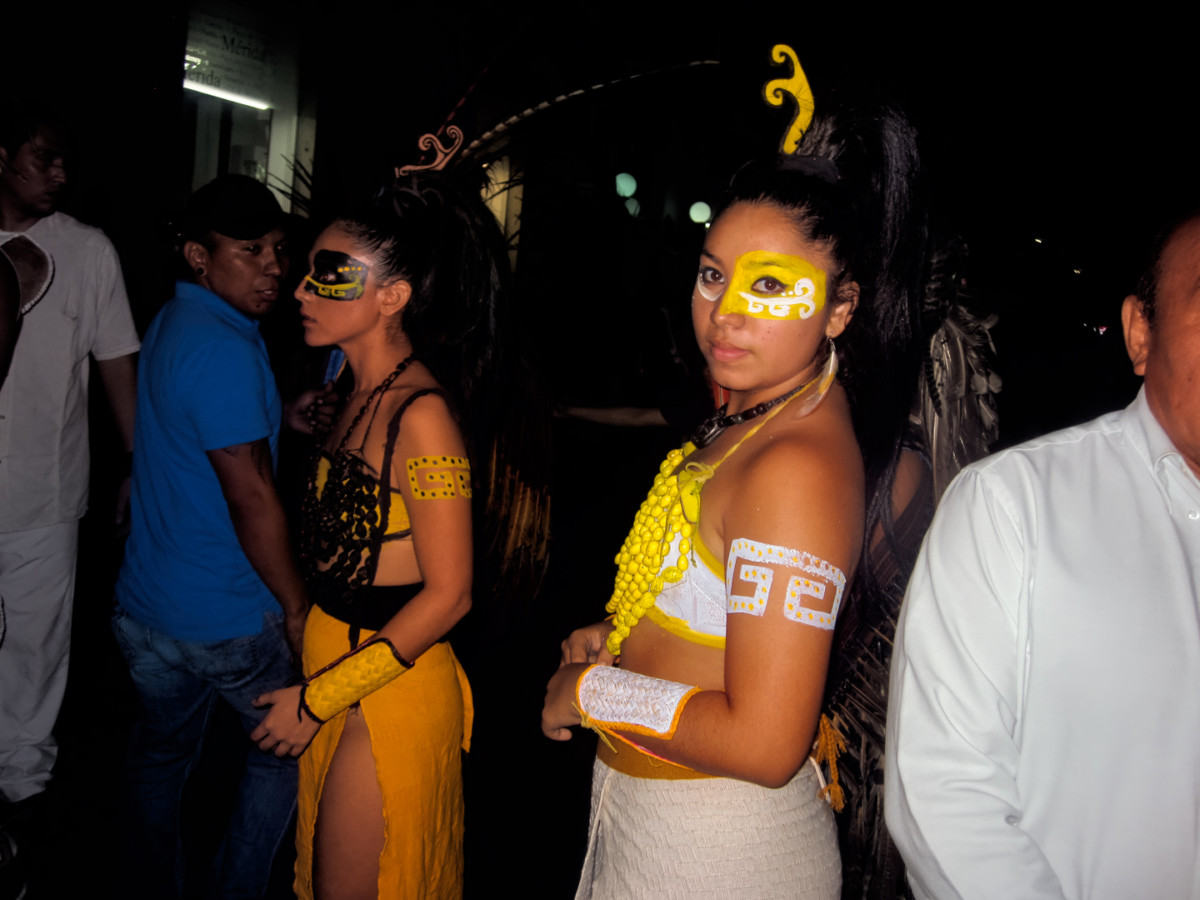
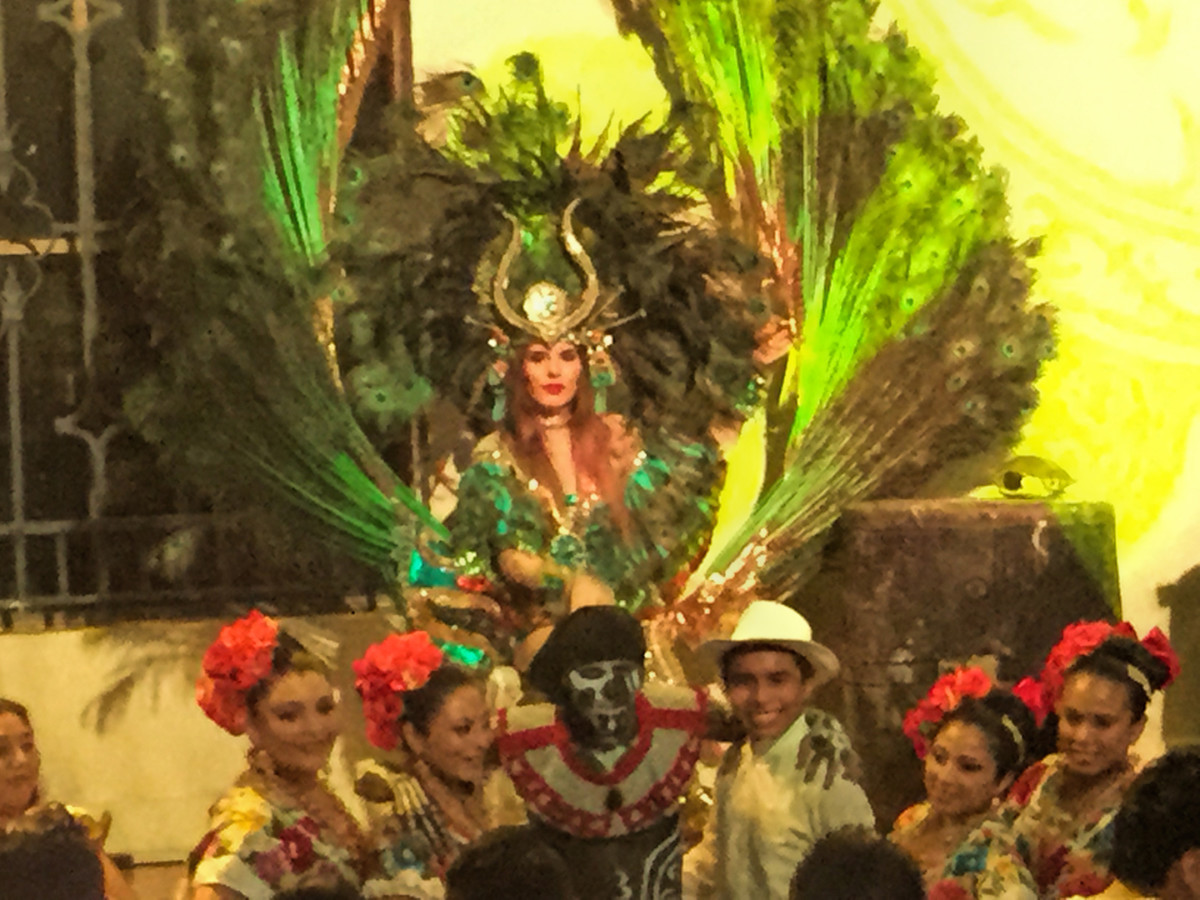
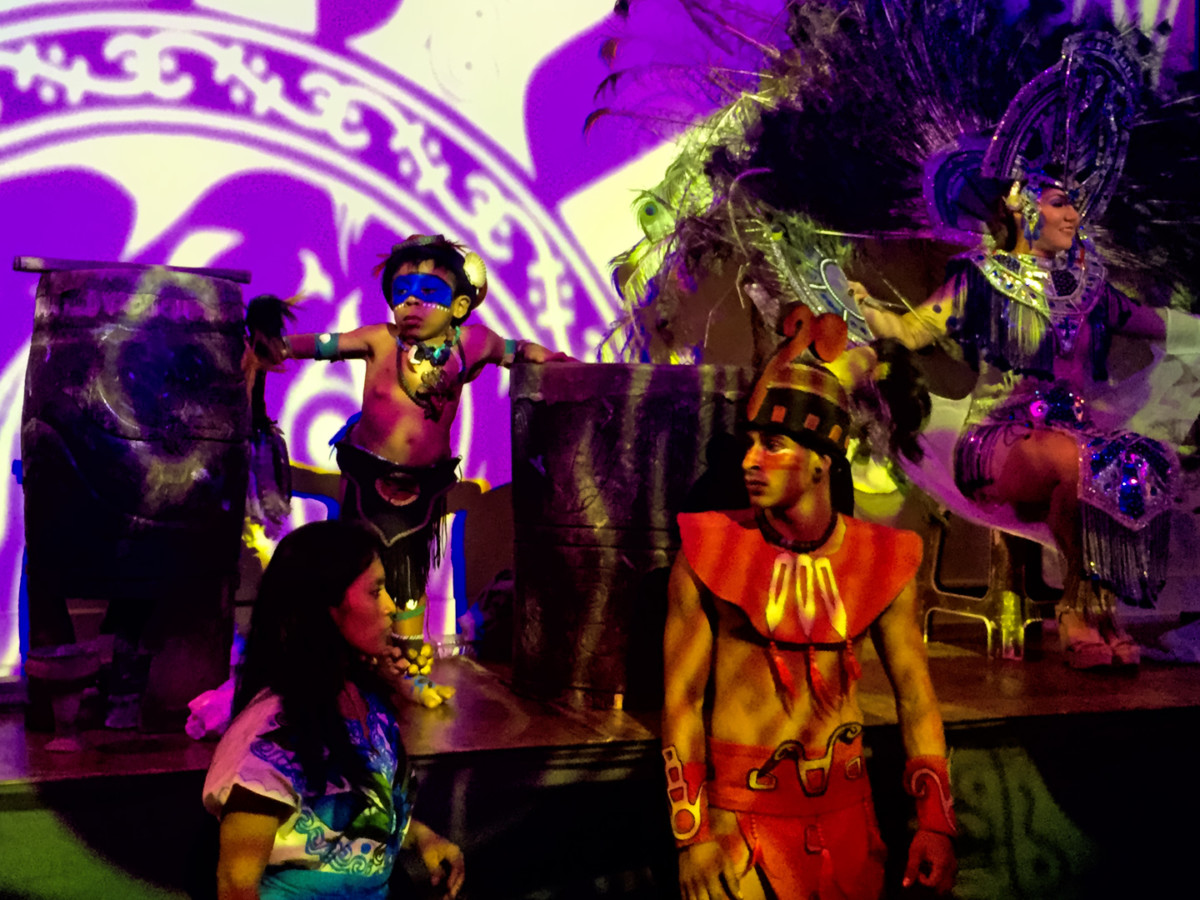





 [/img]
[/img]

























